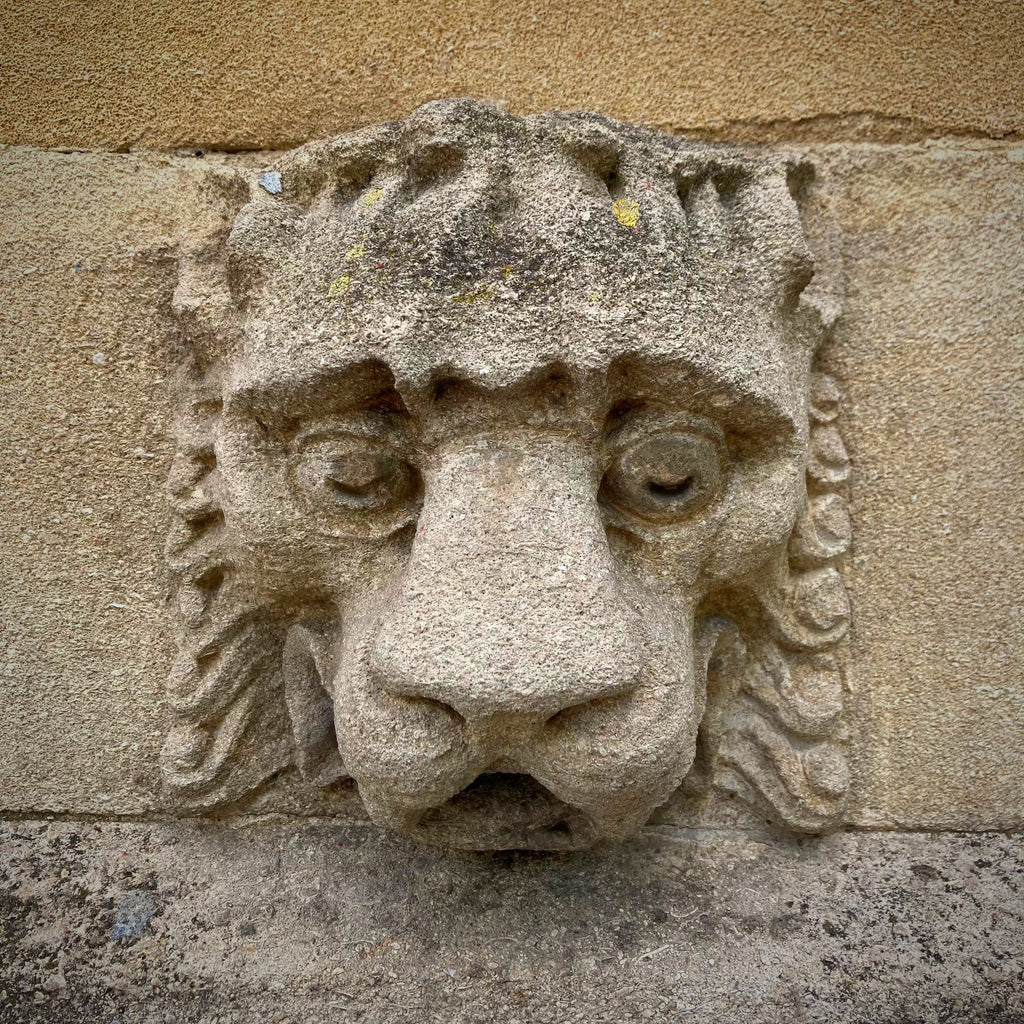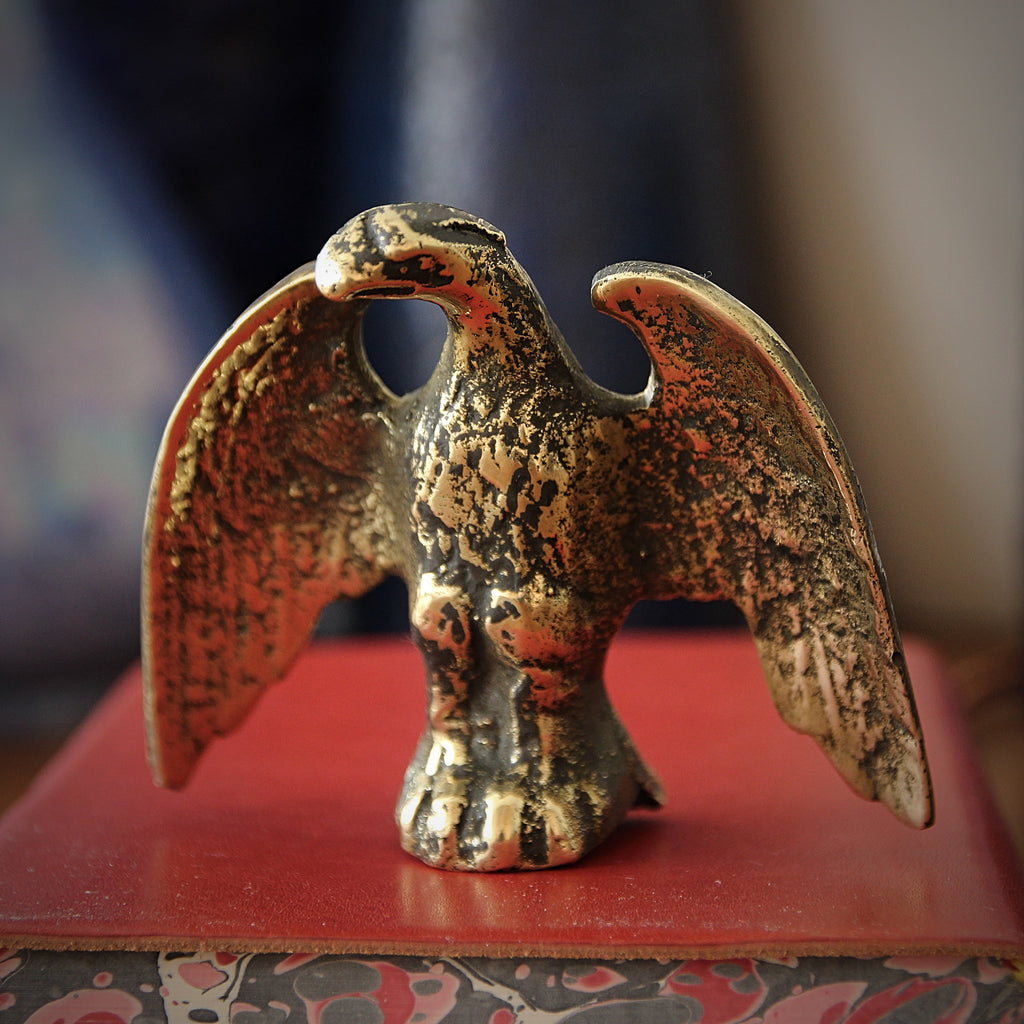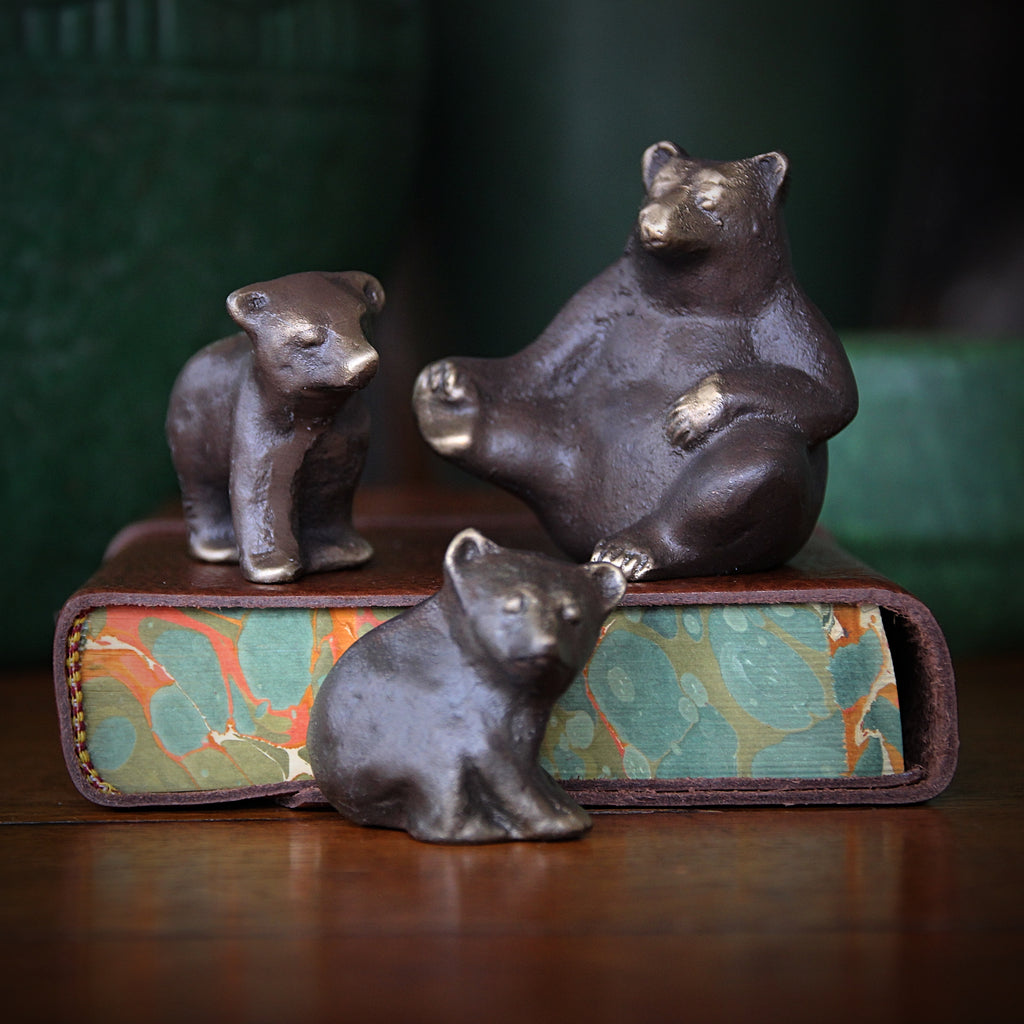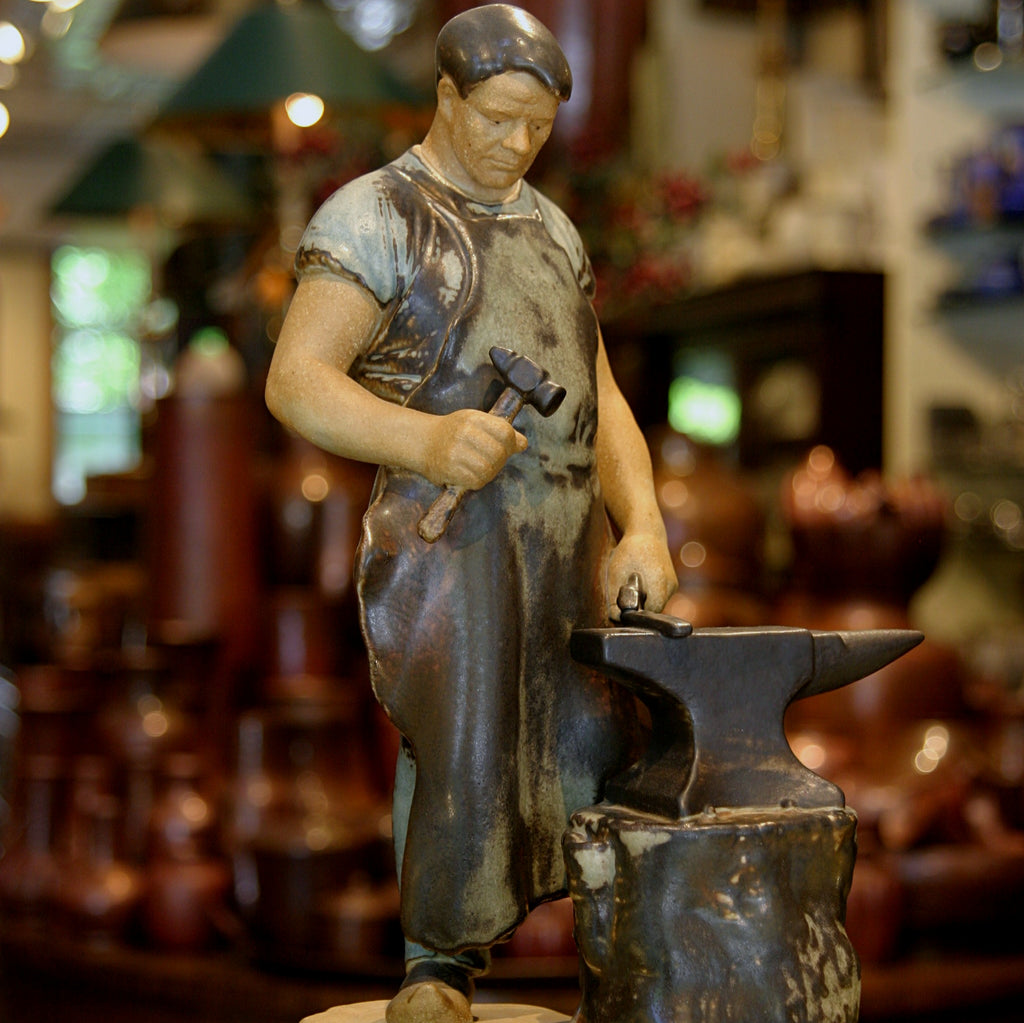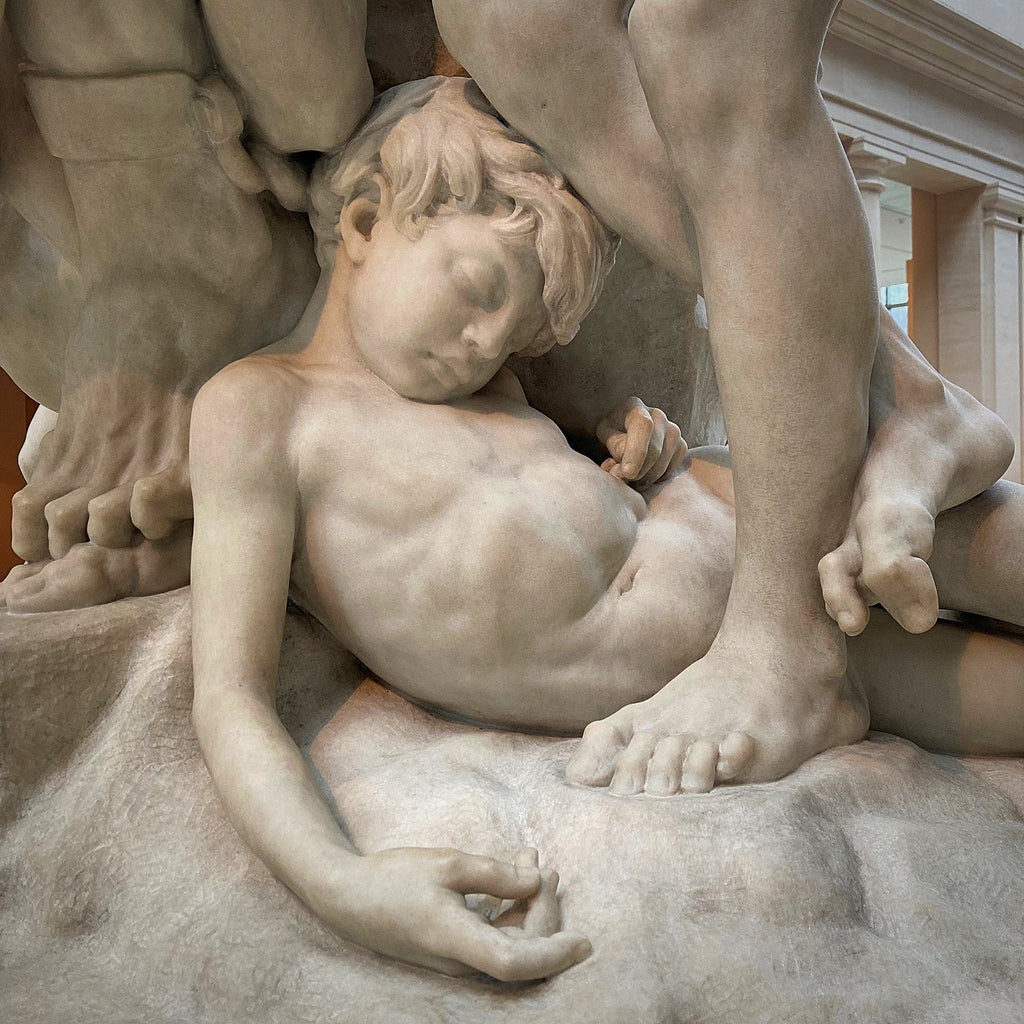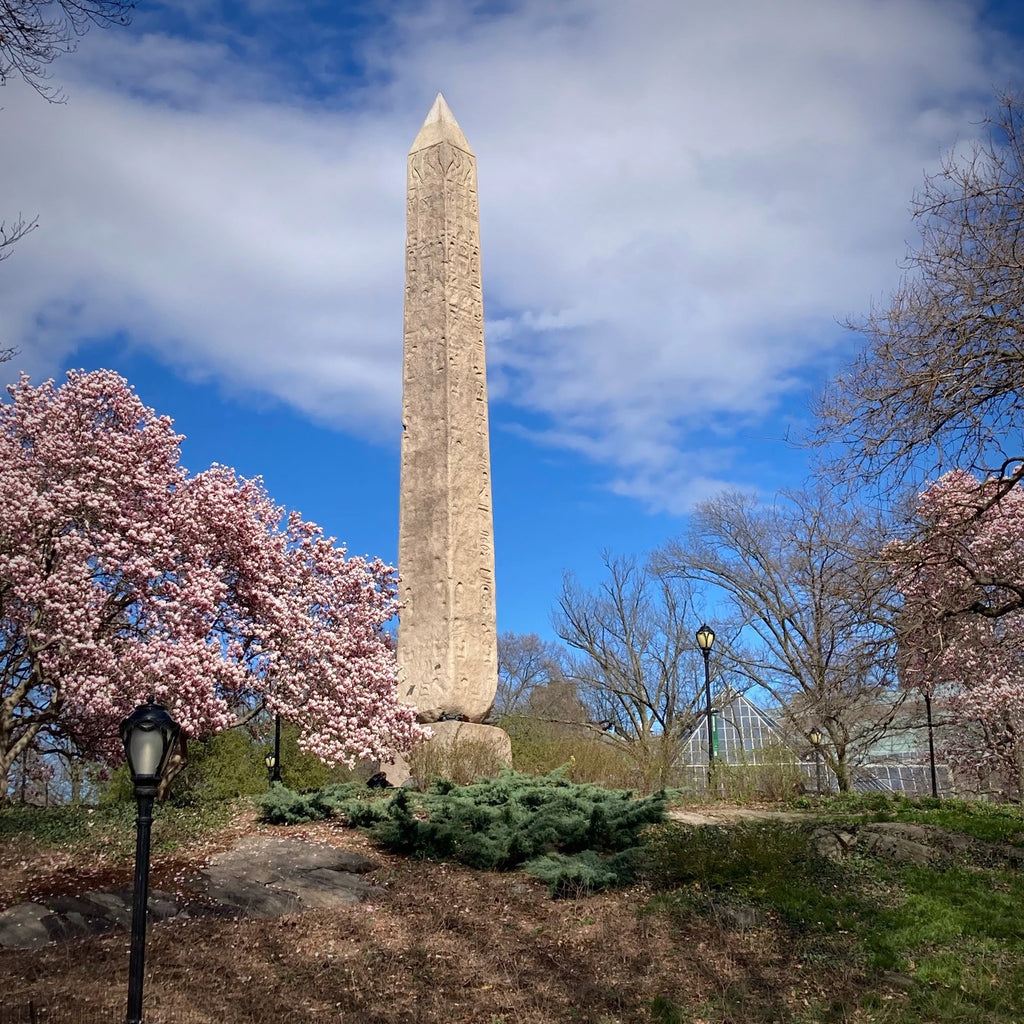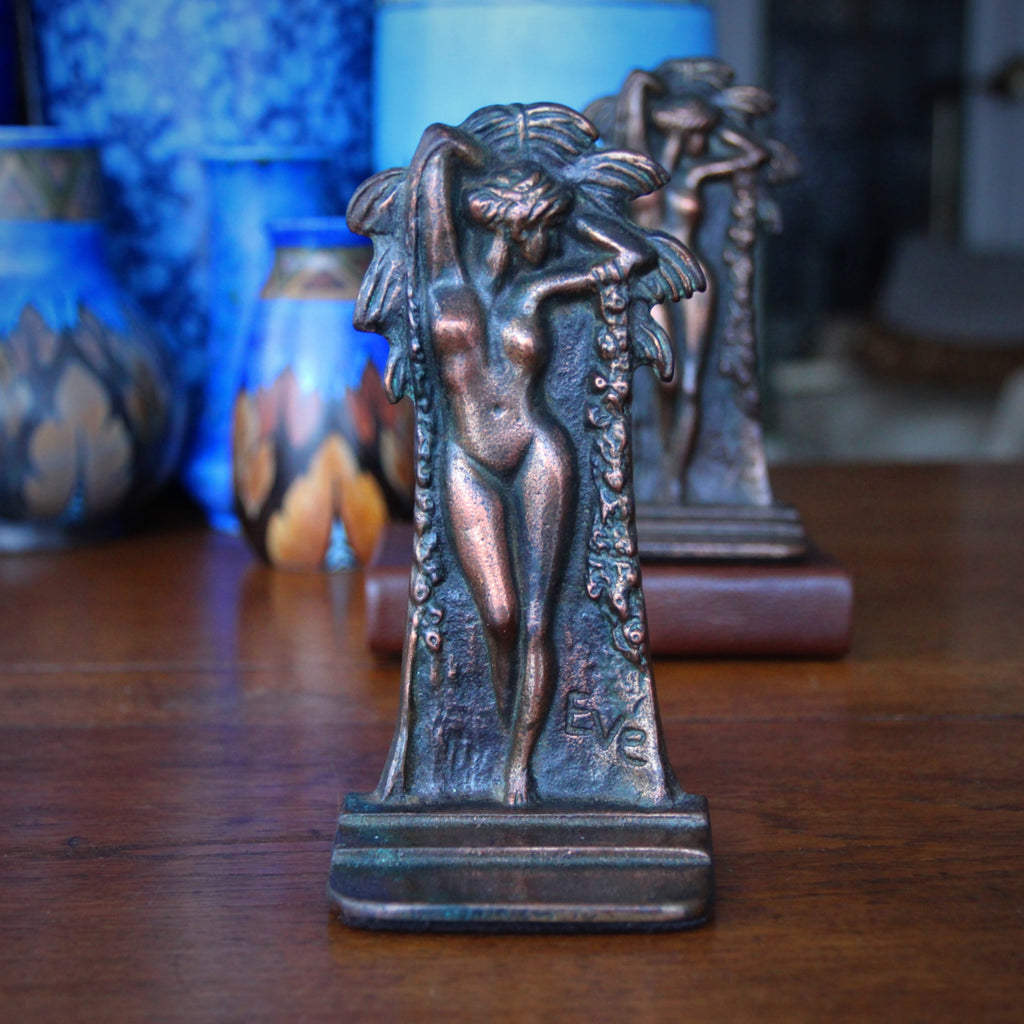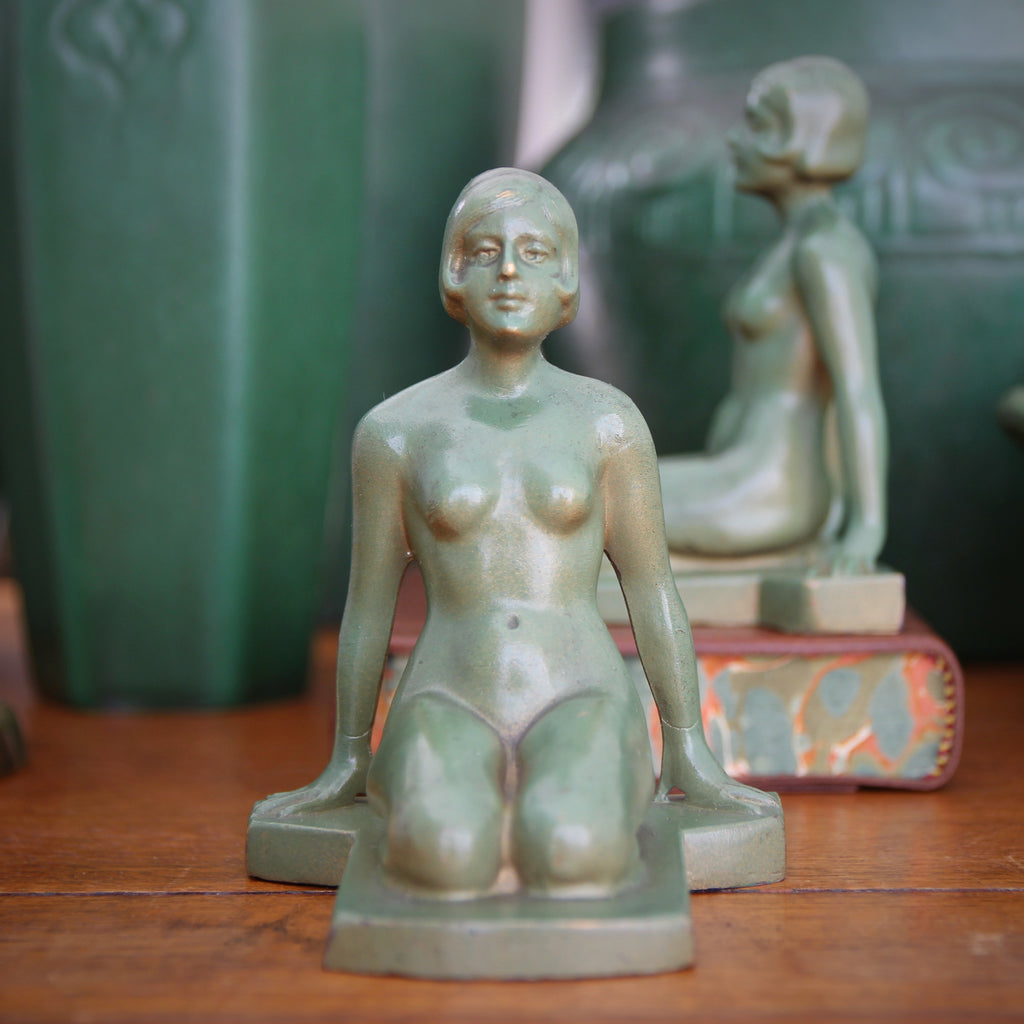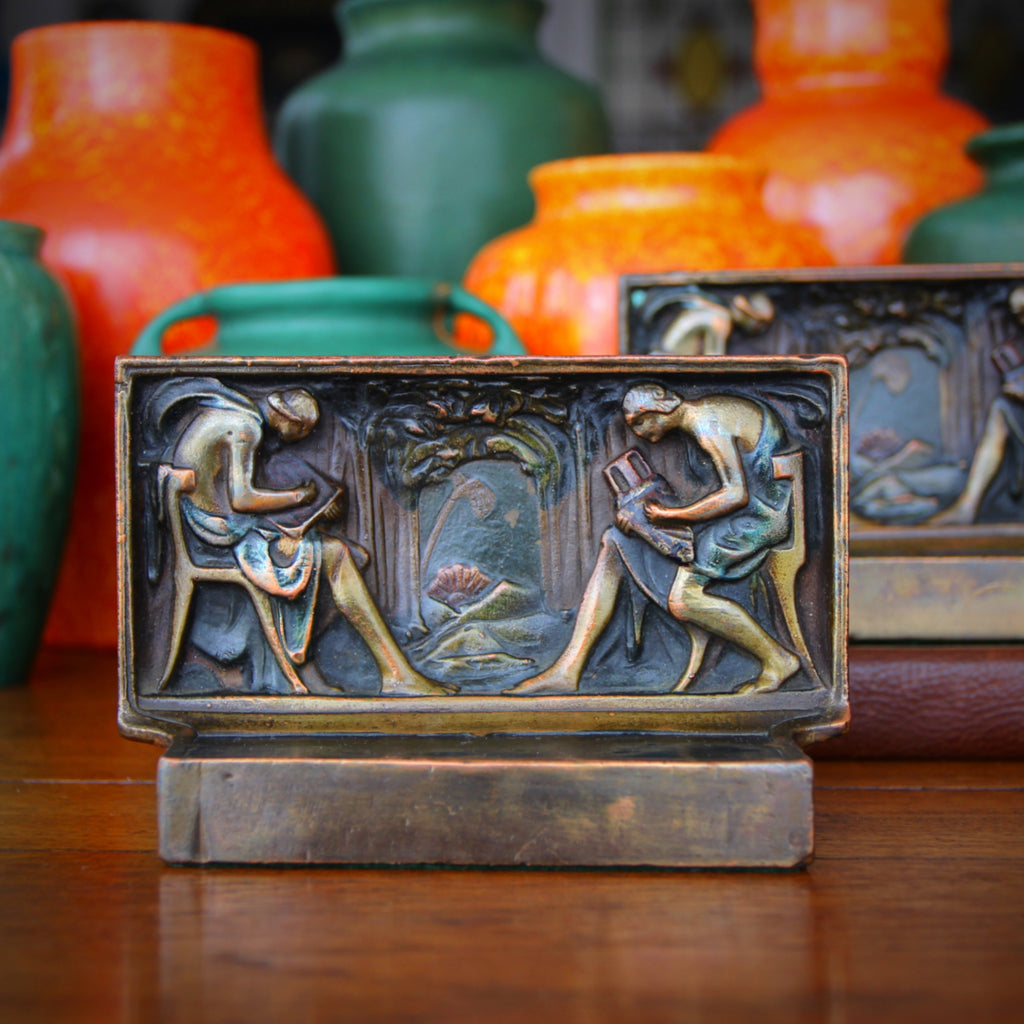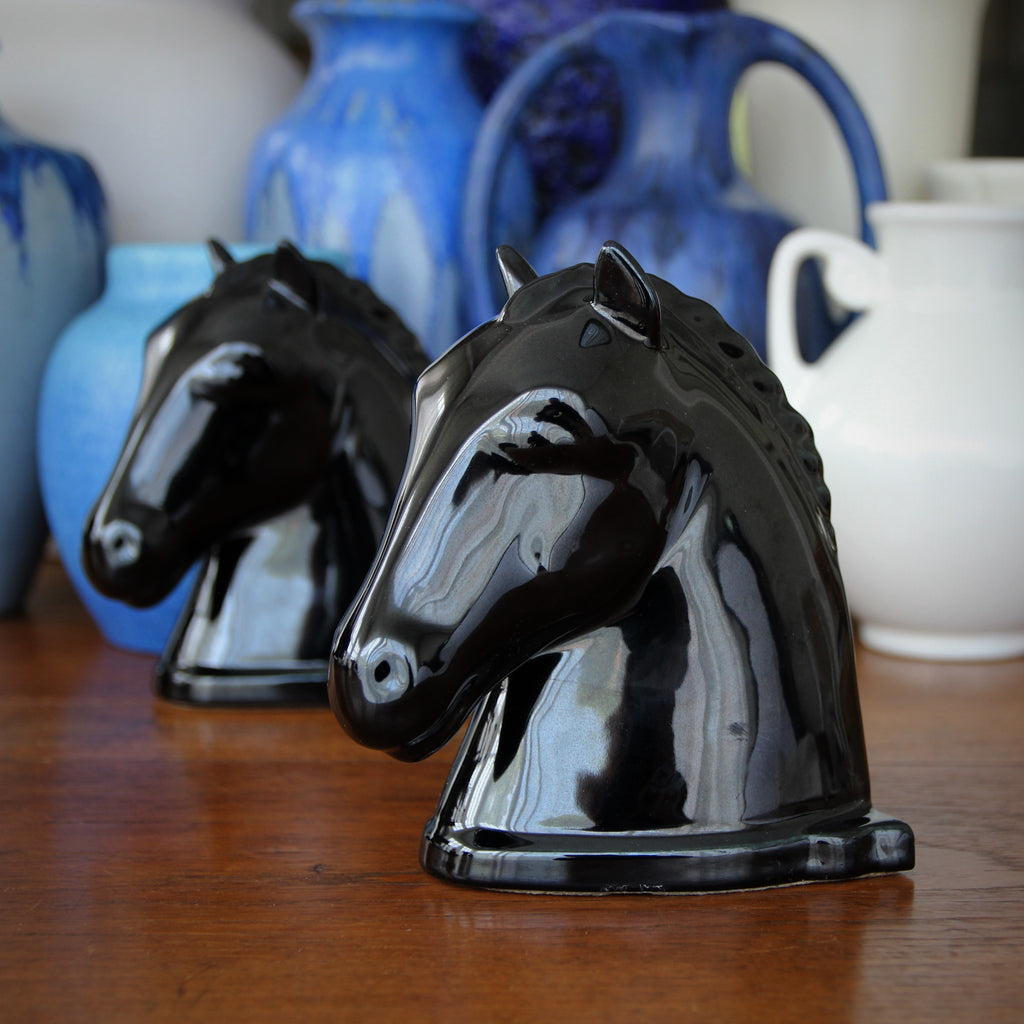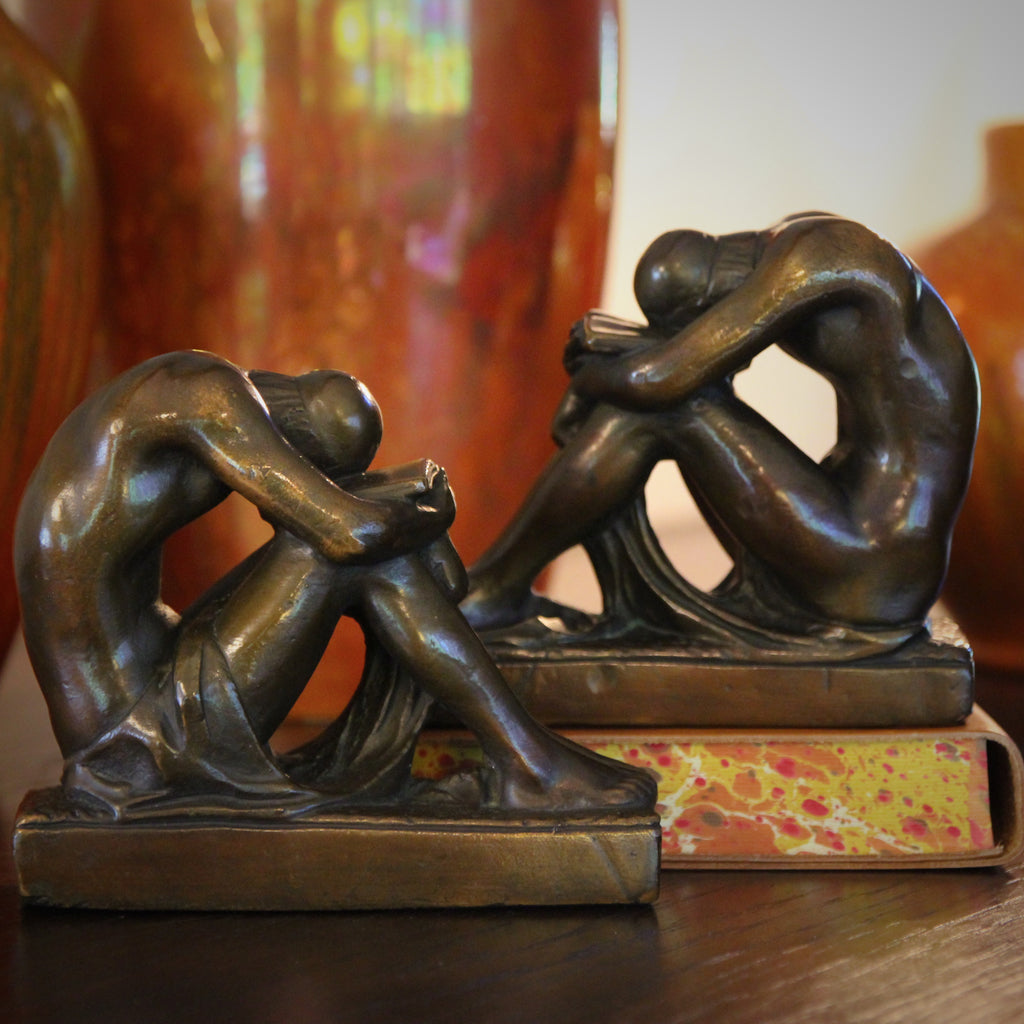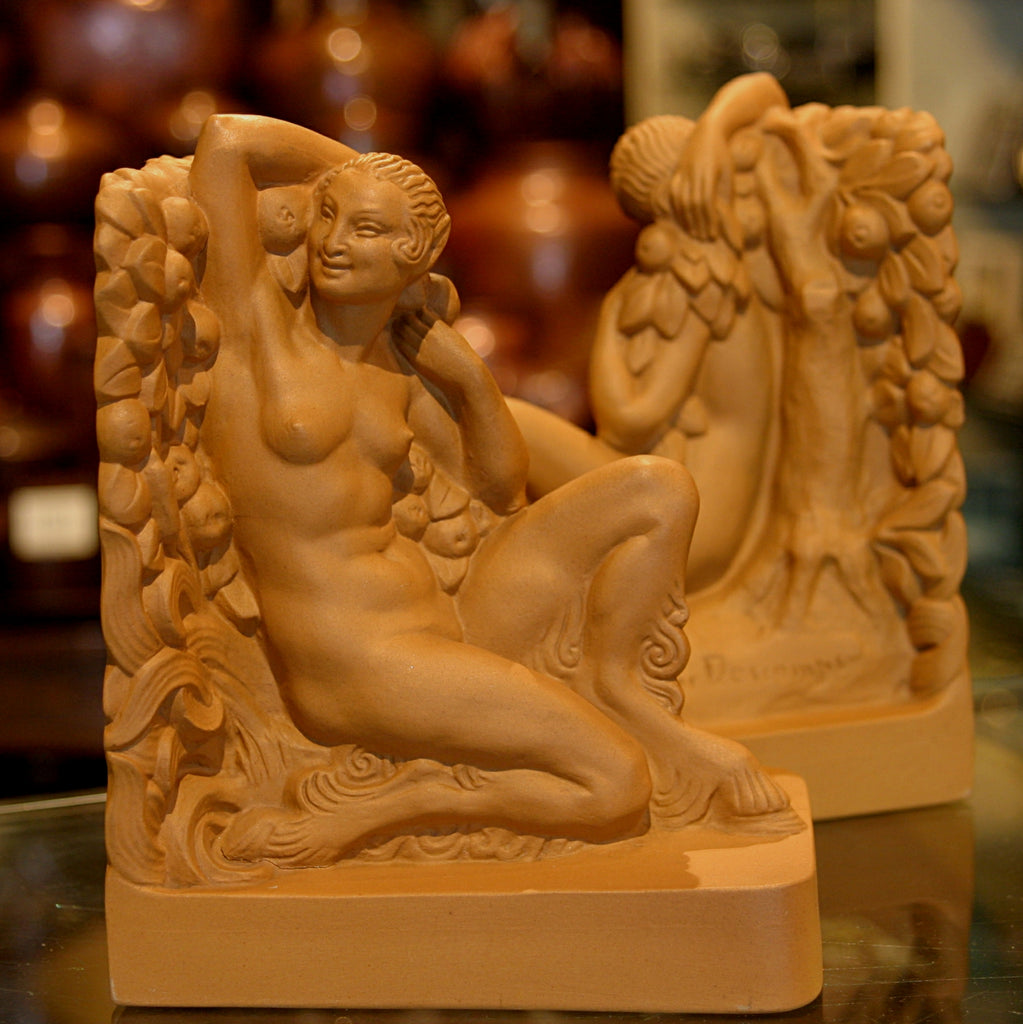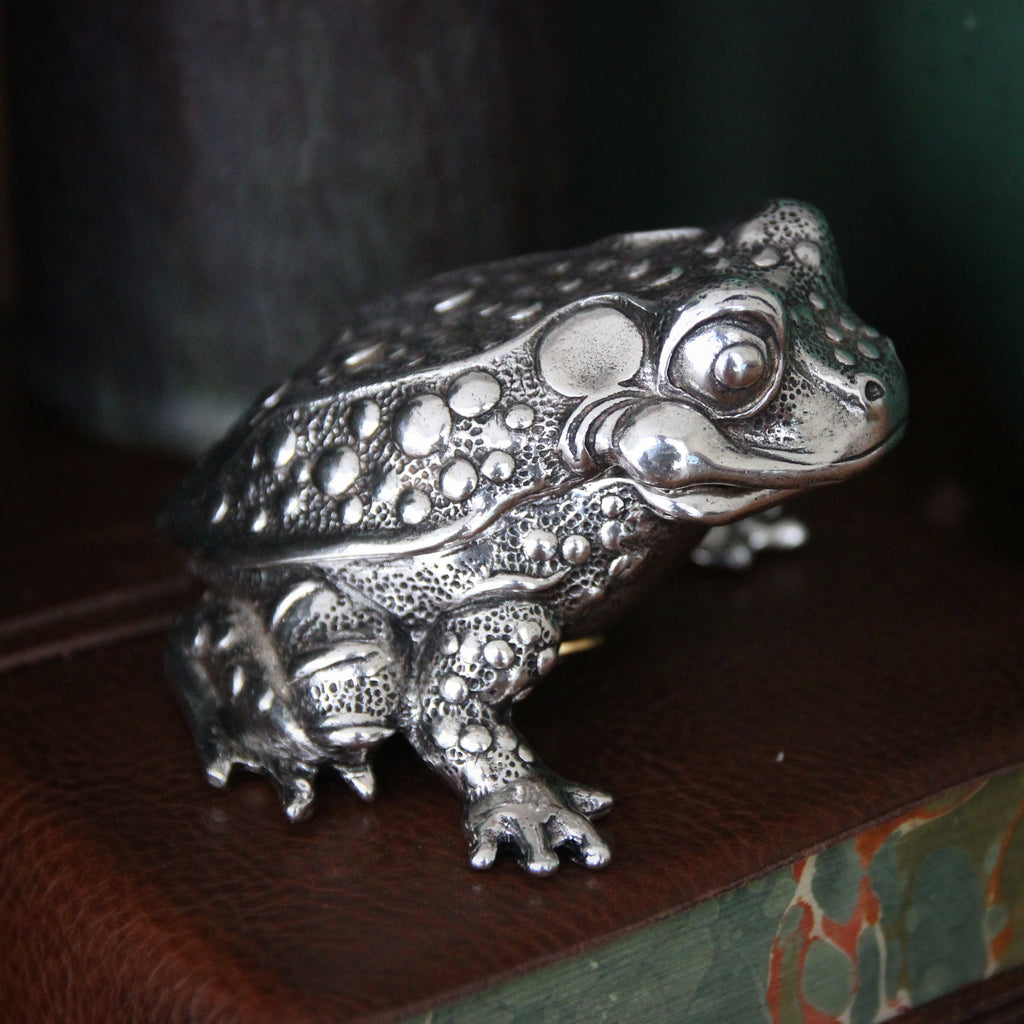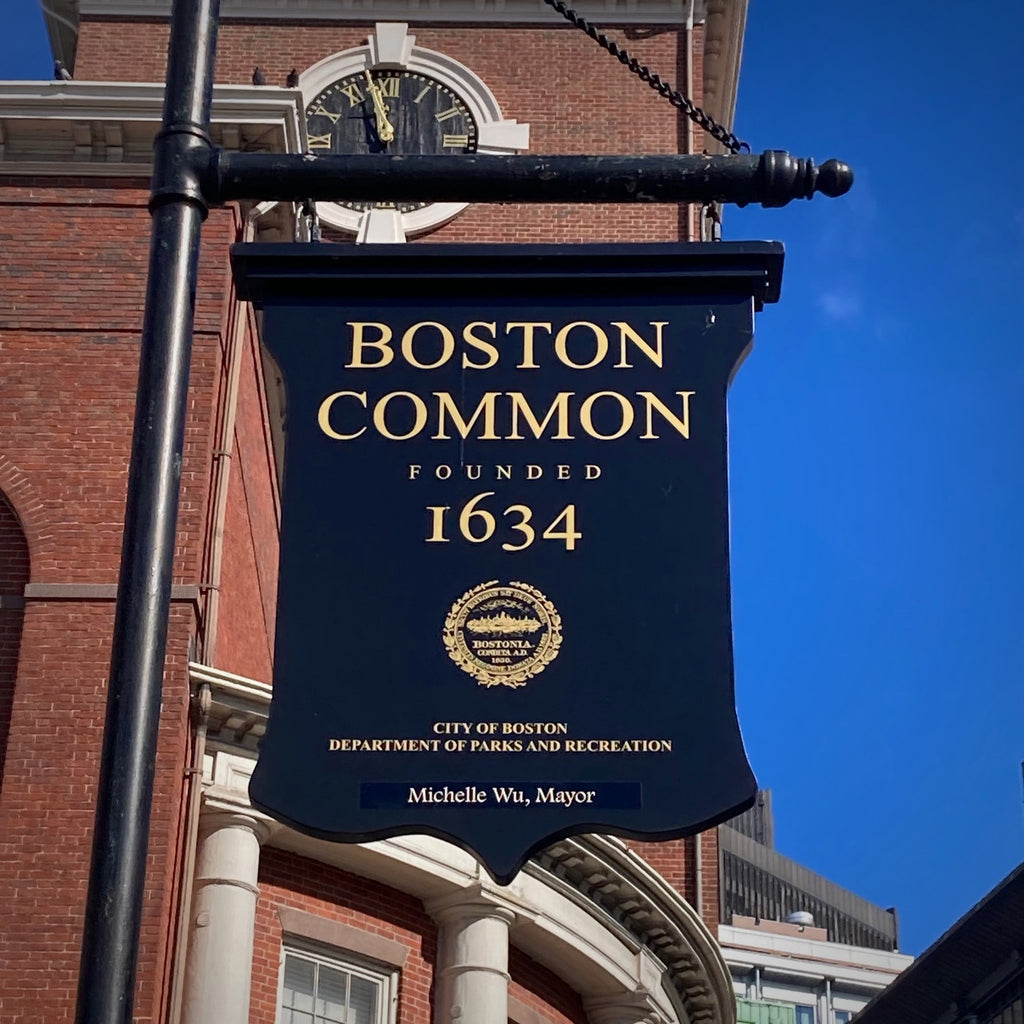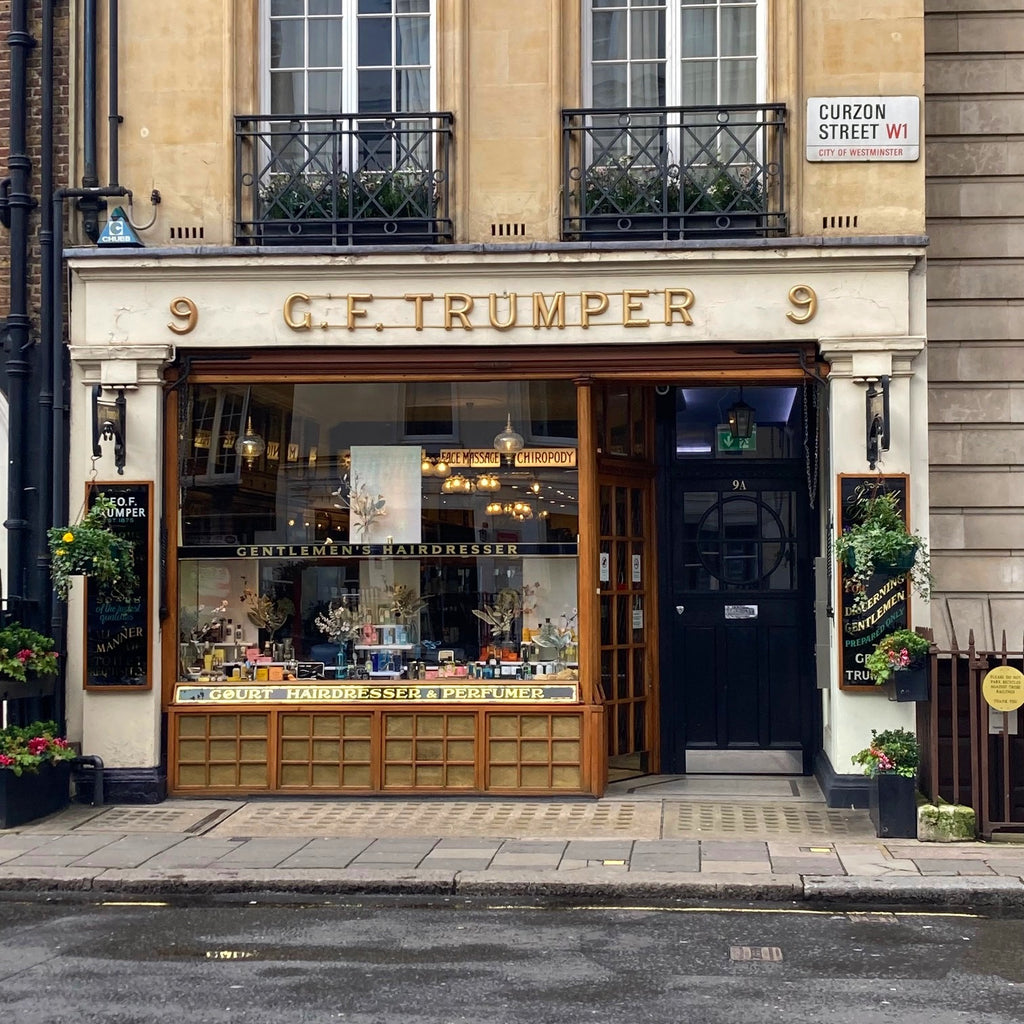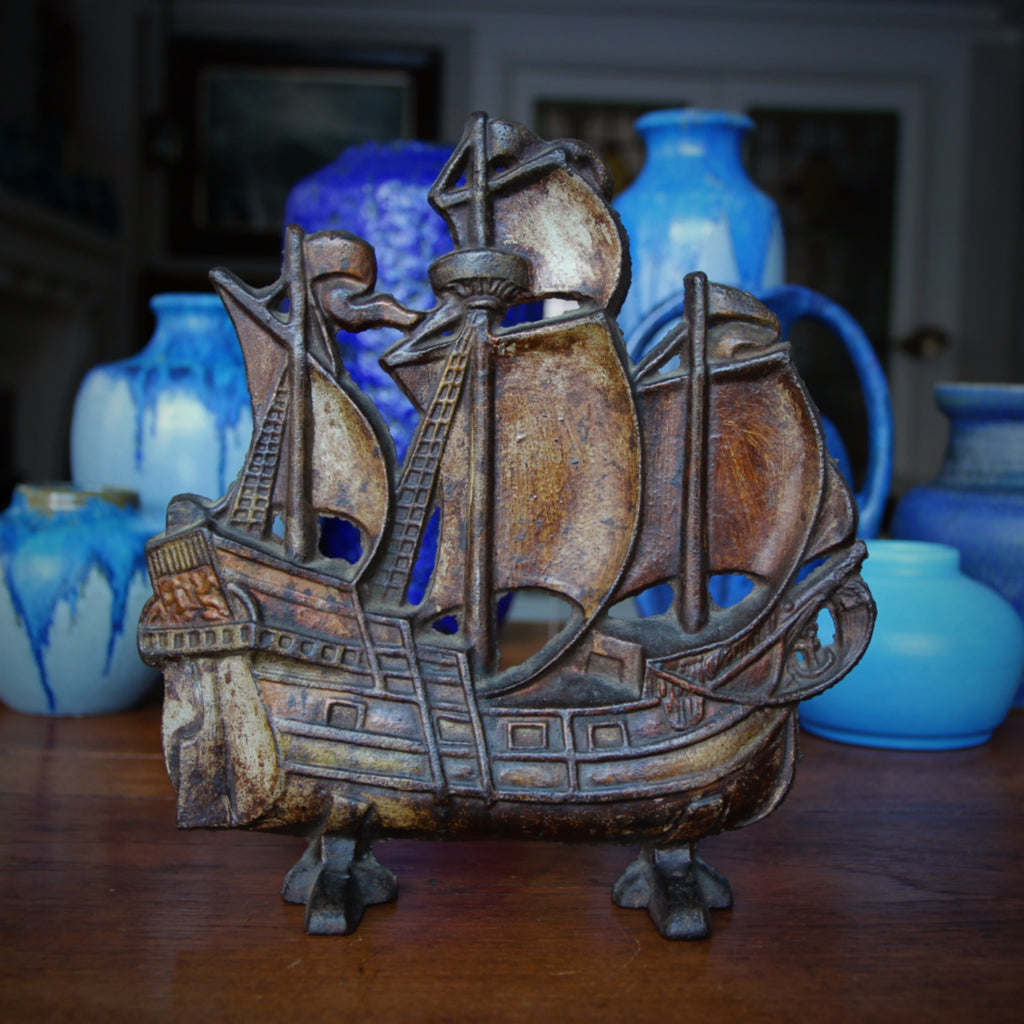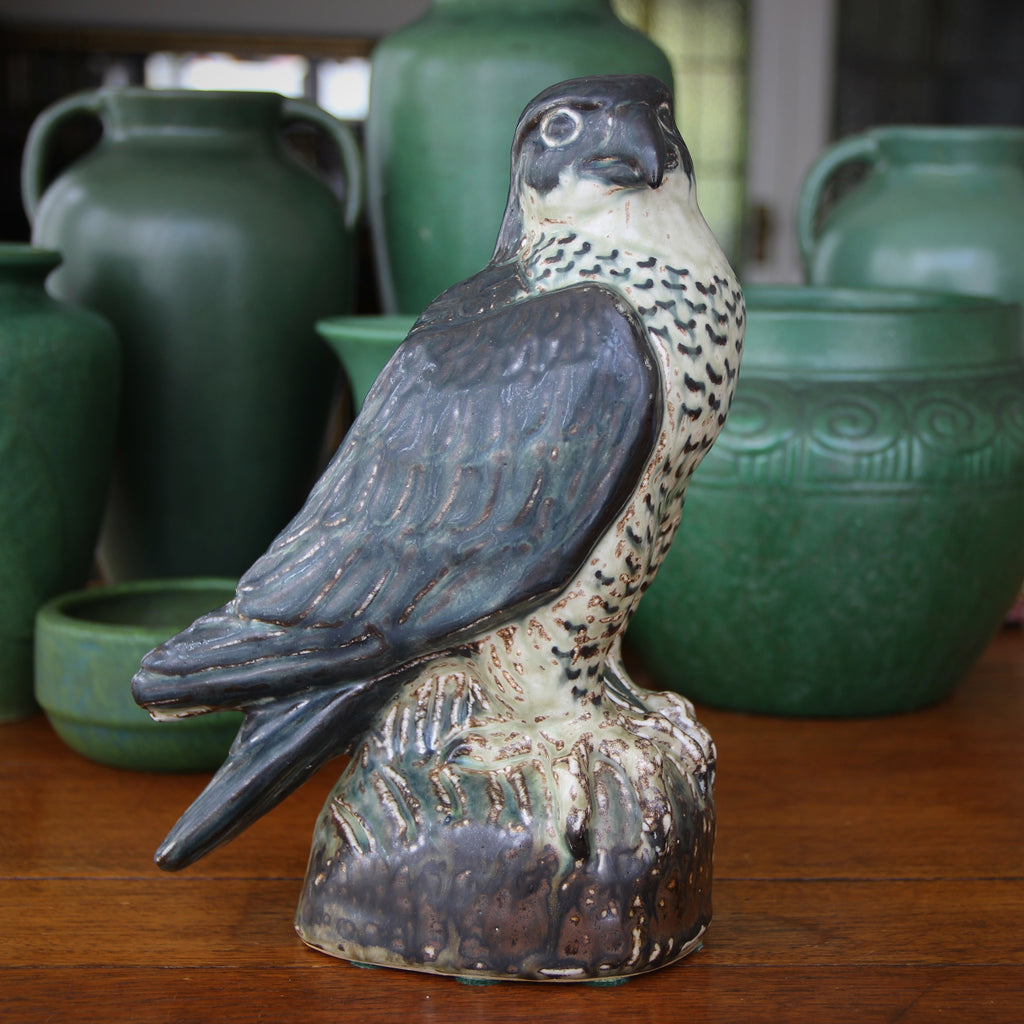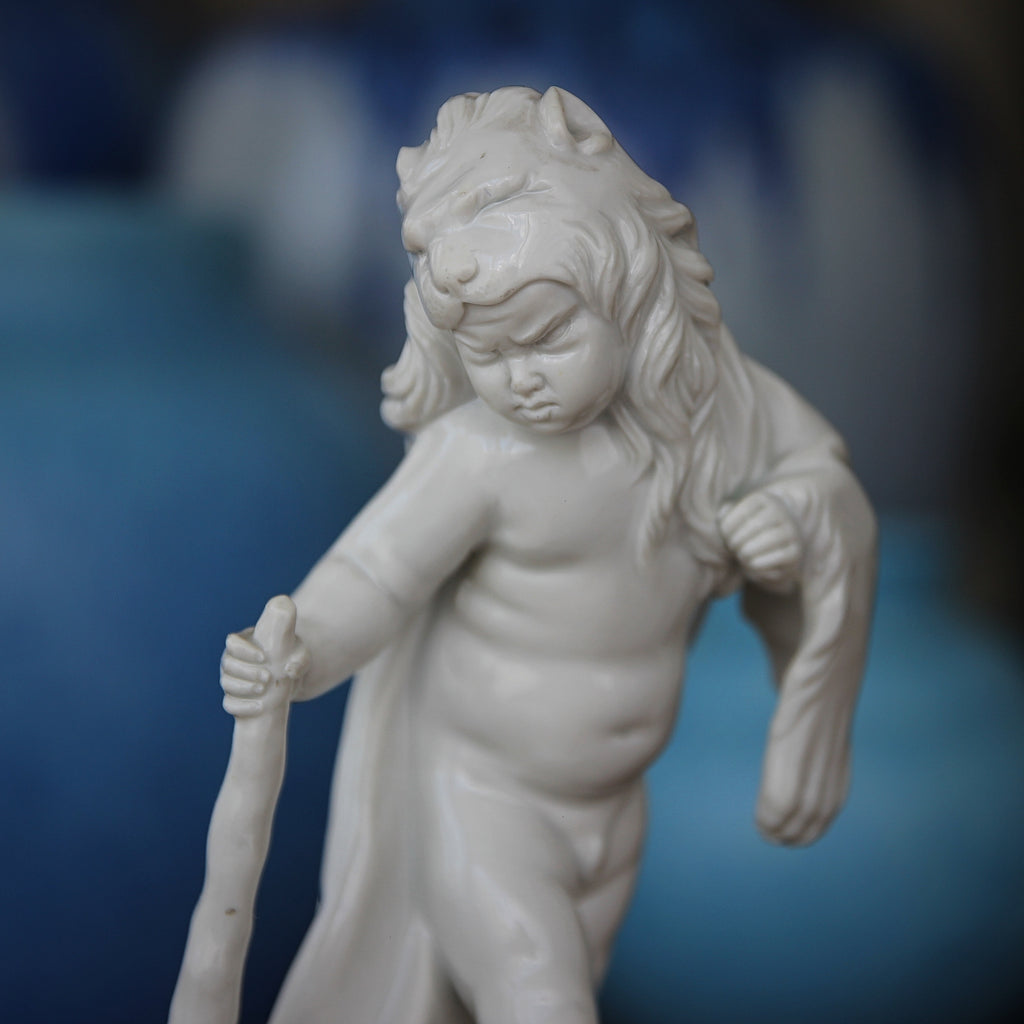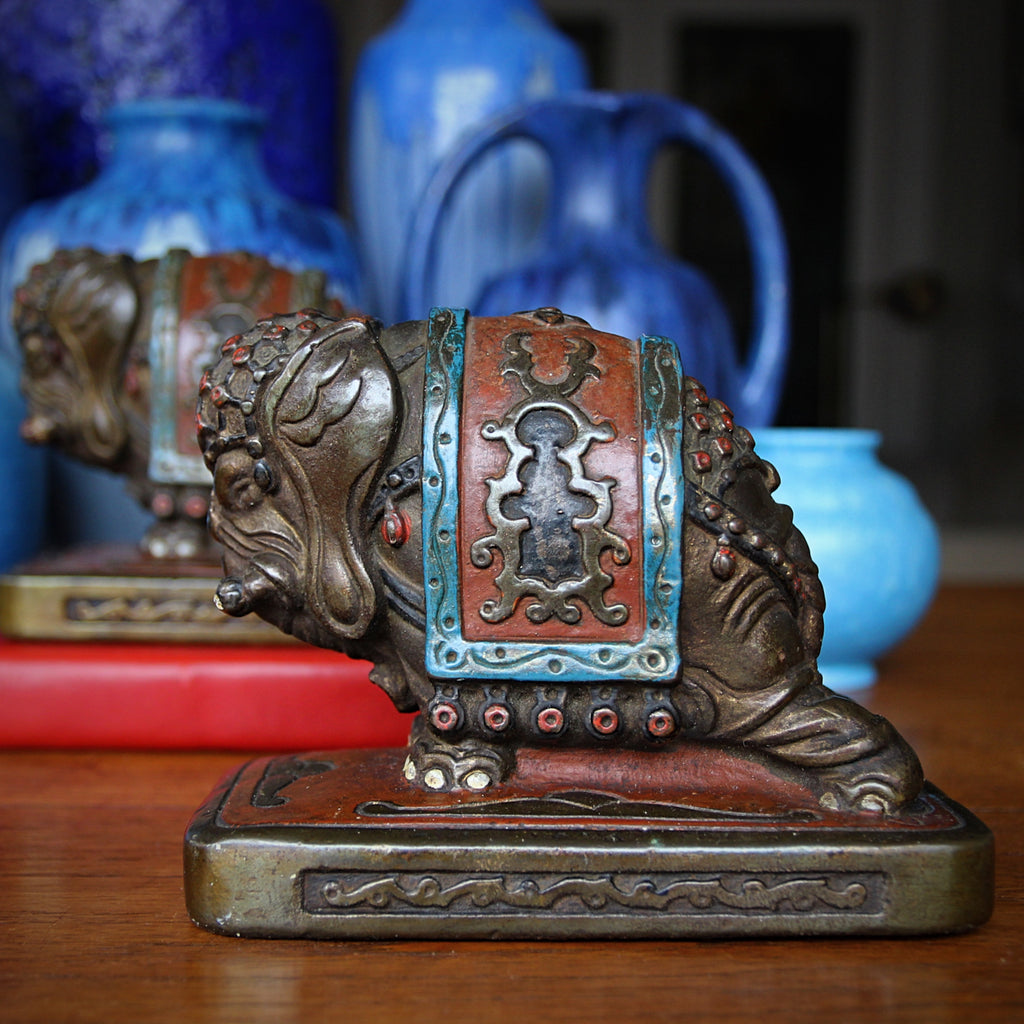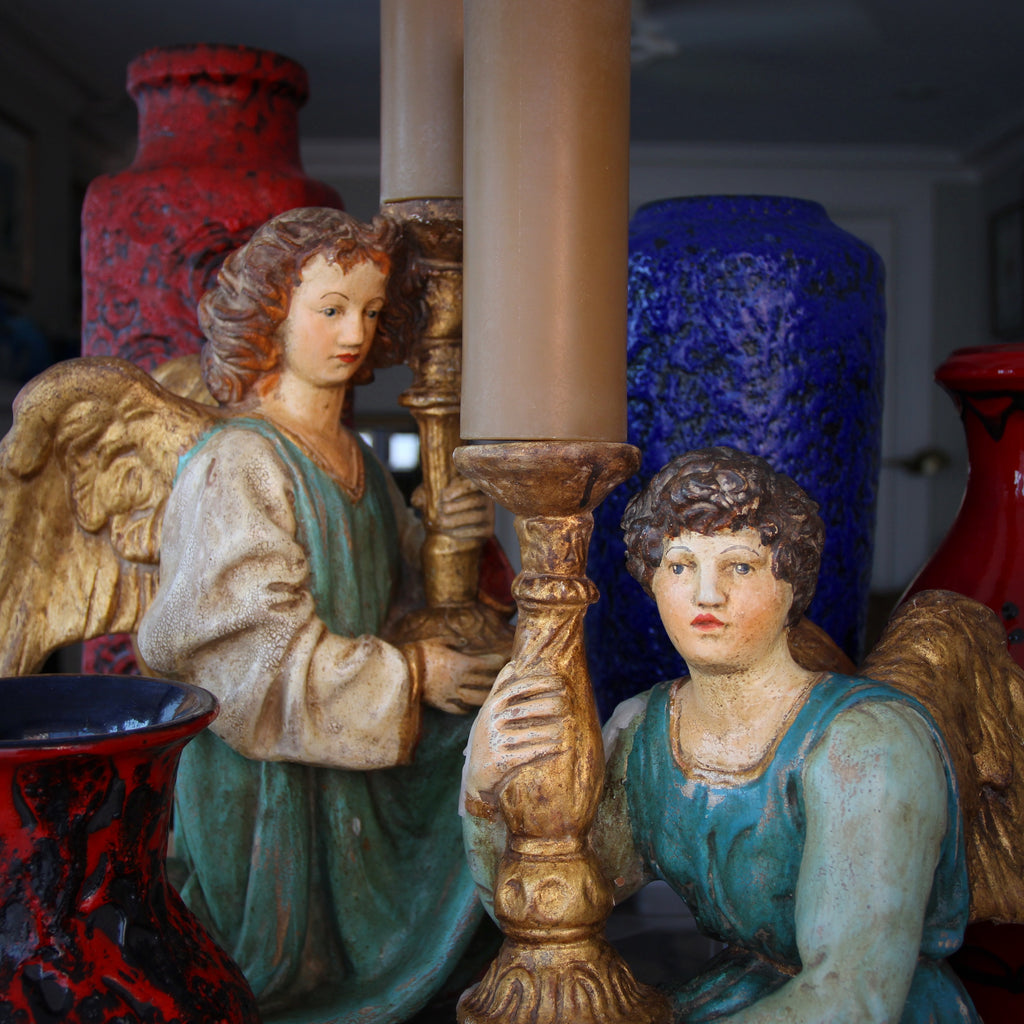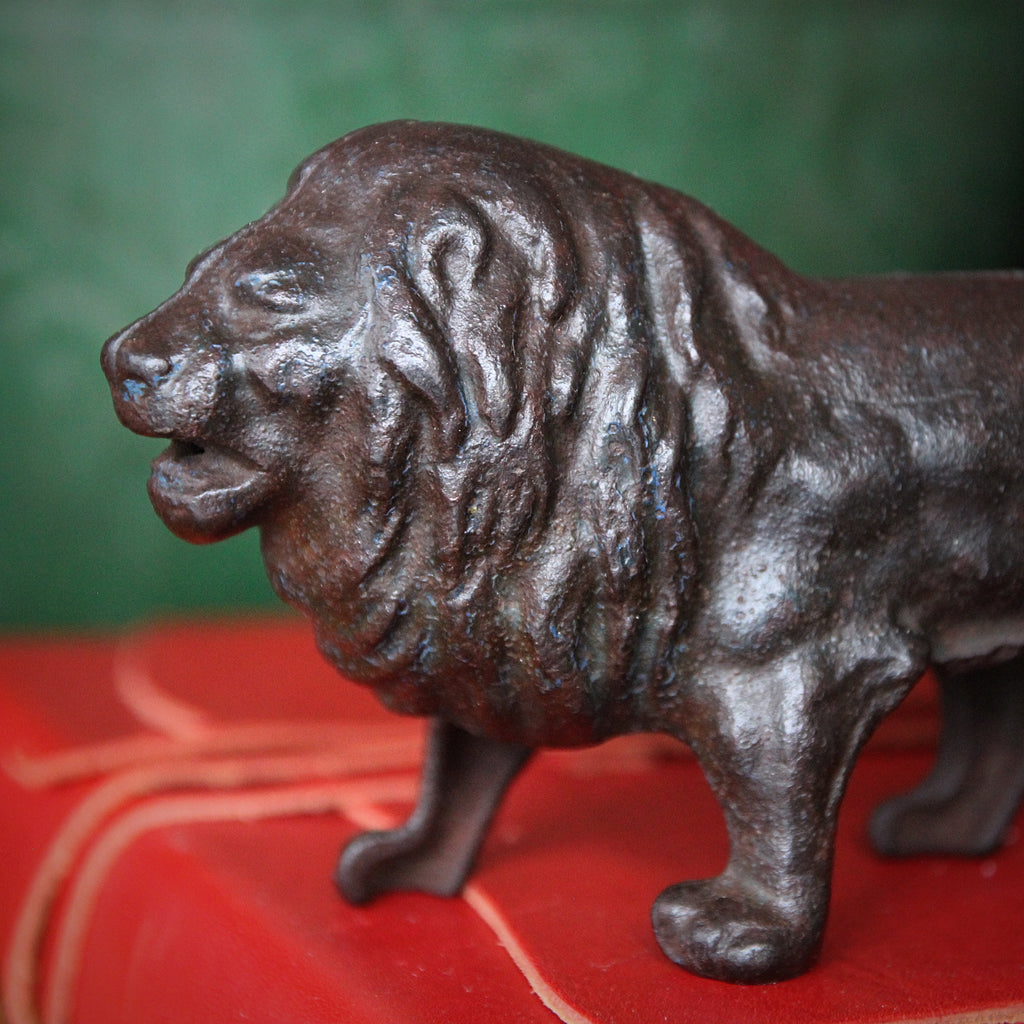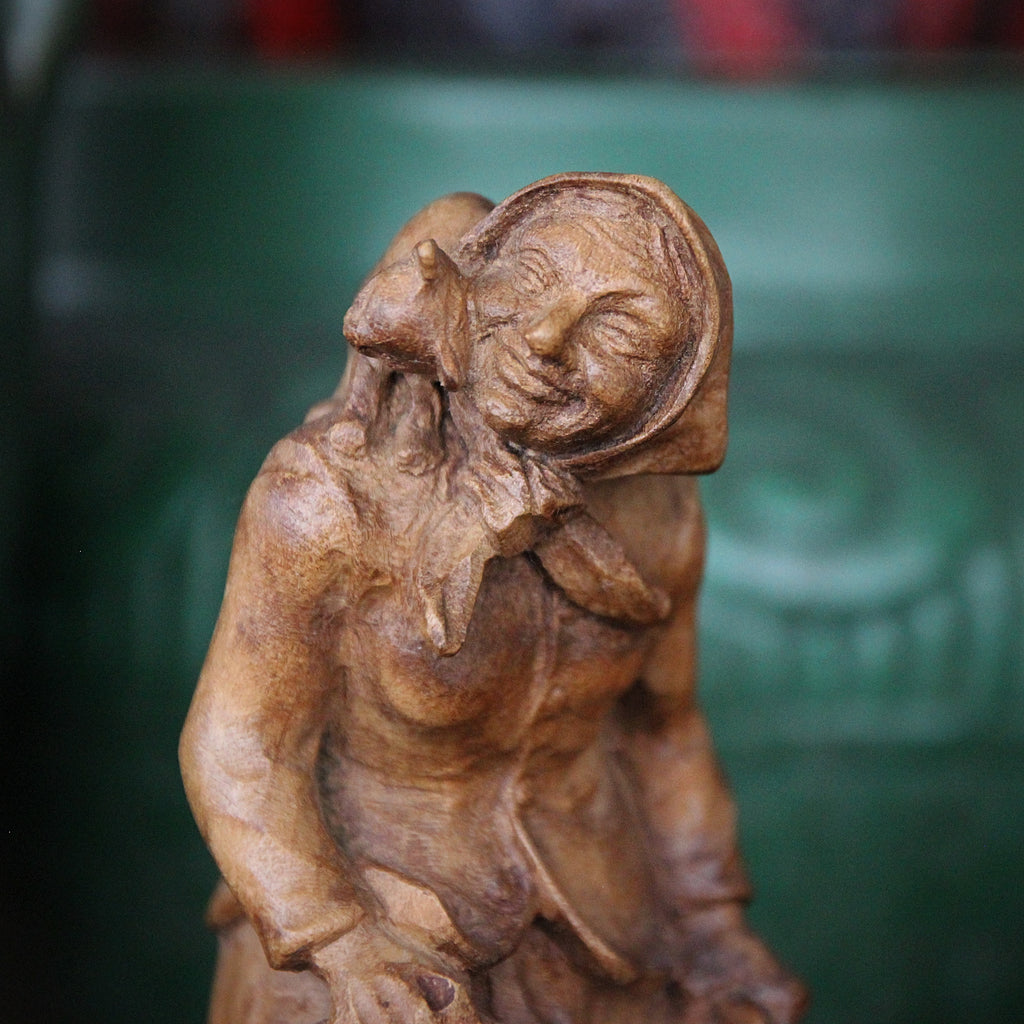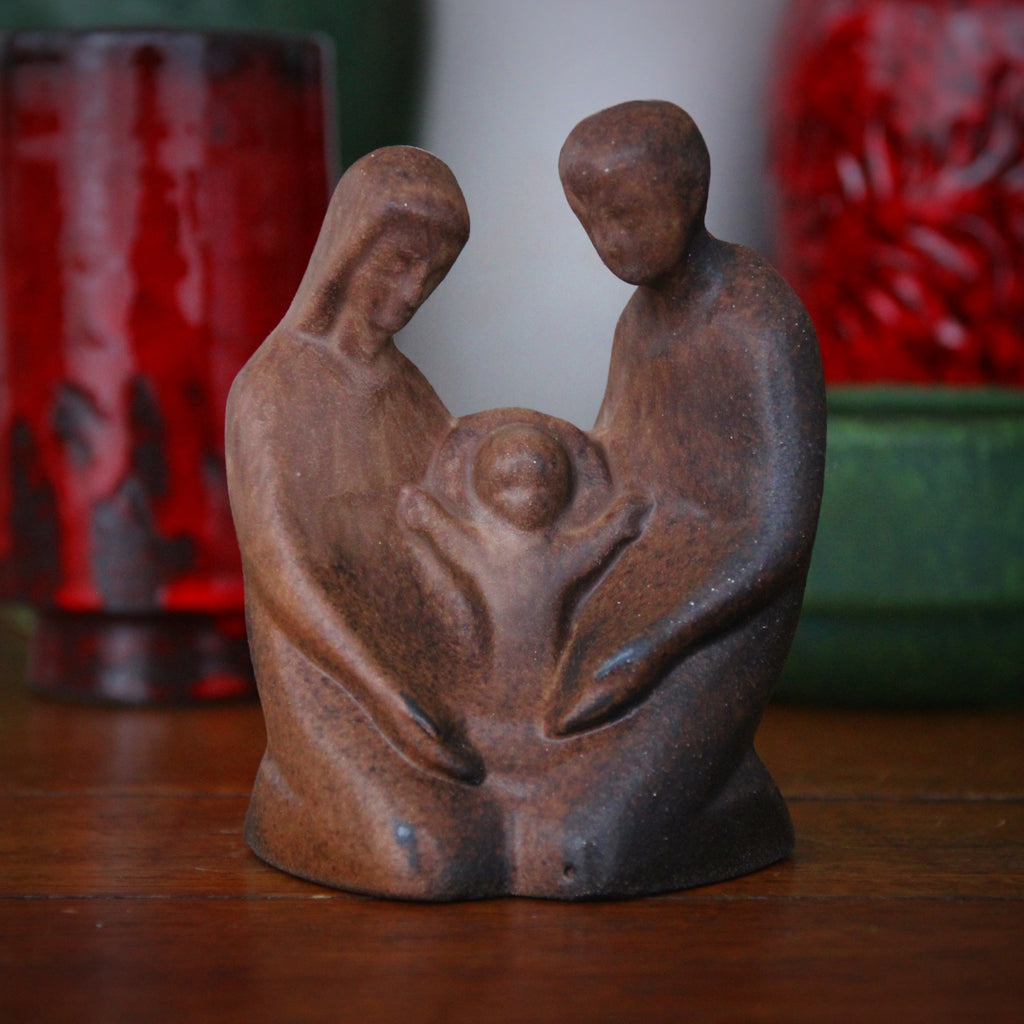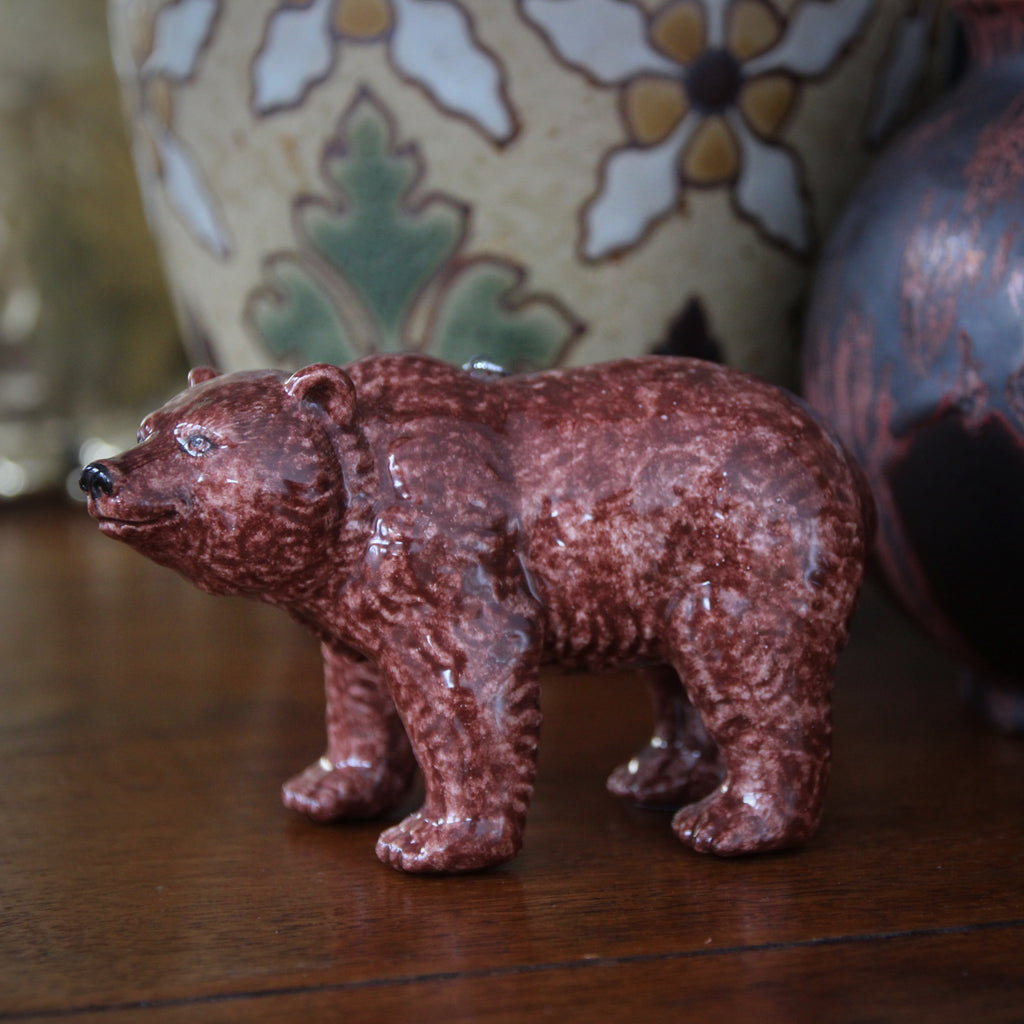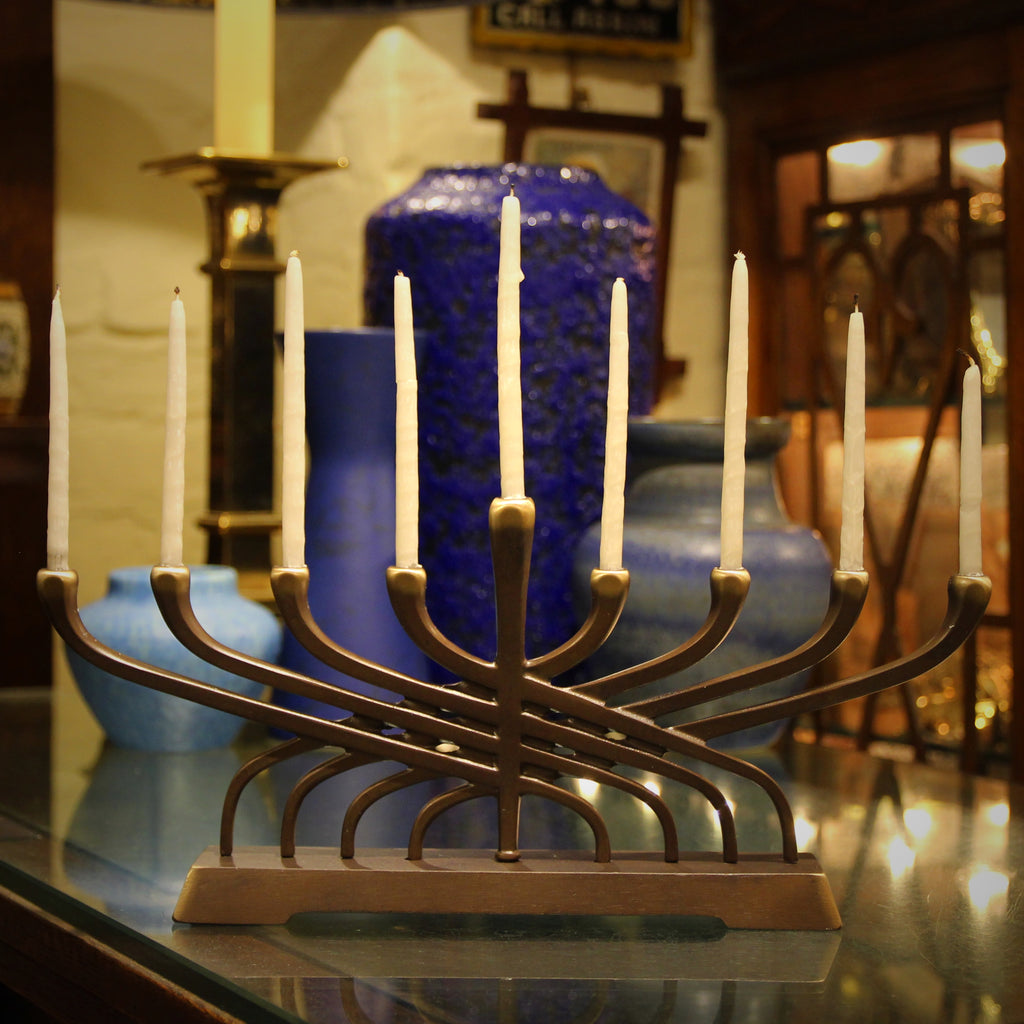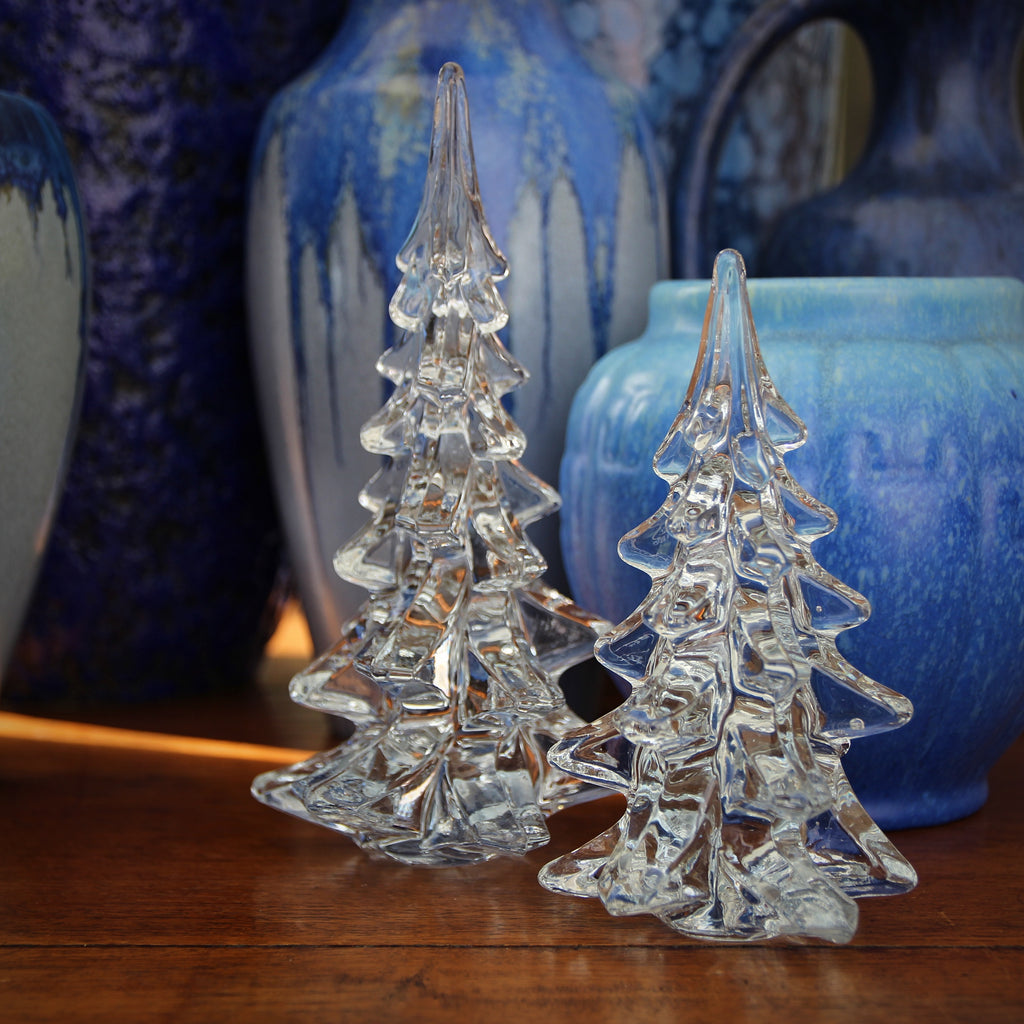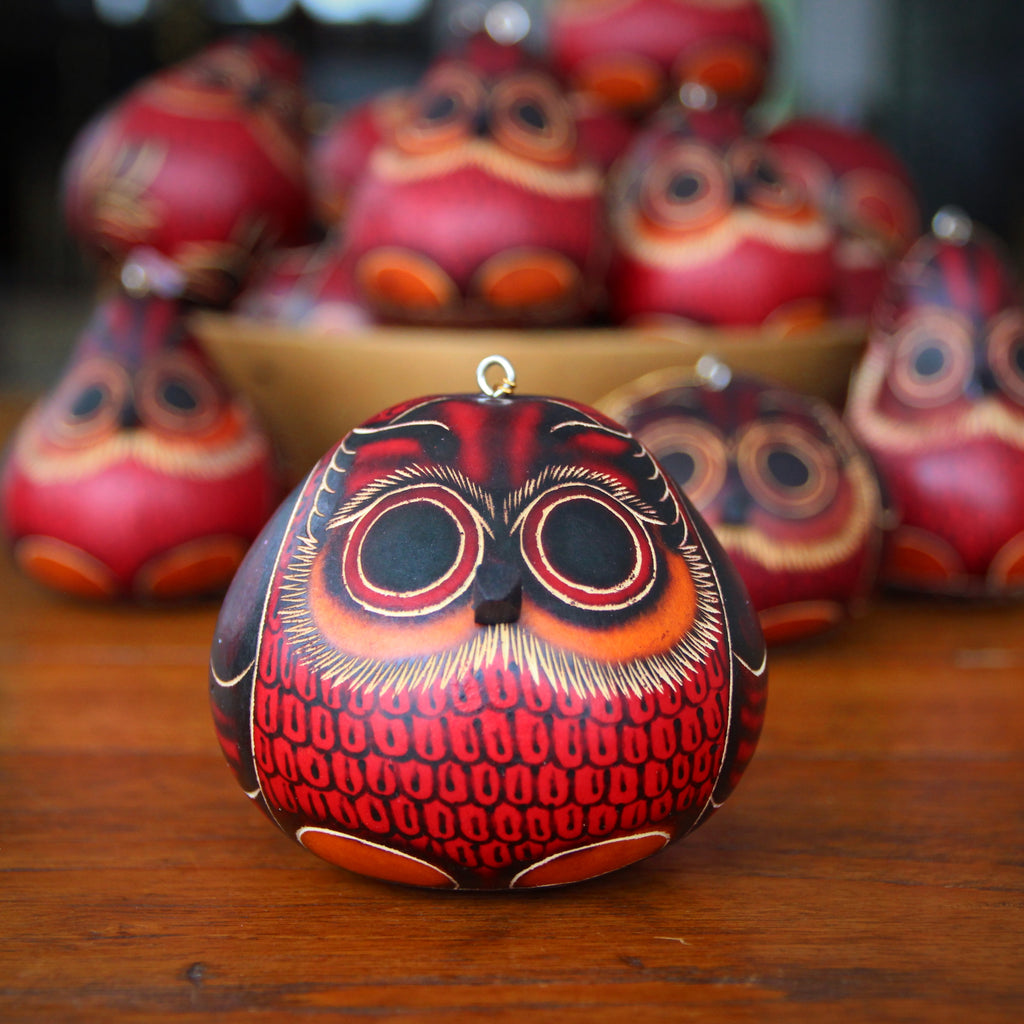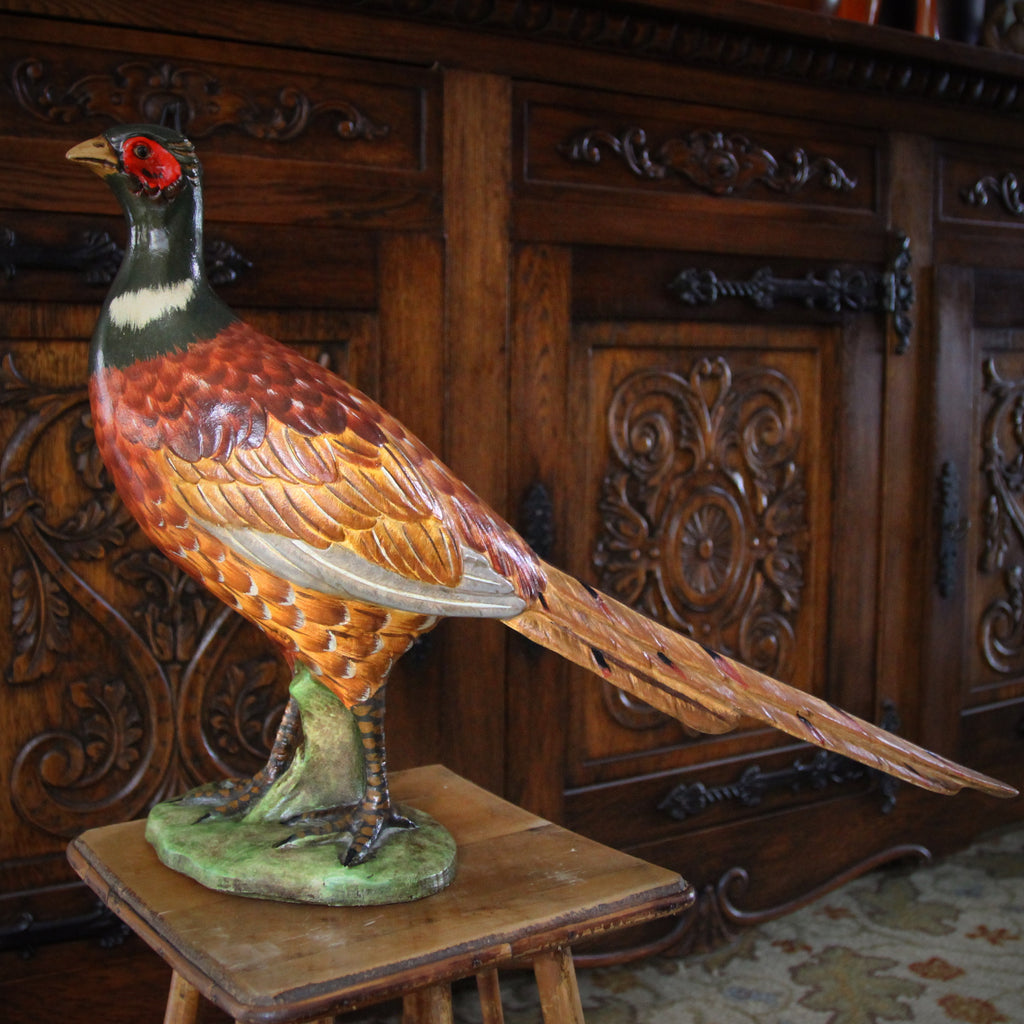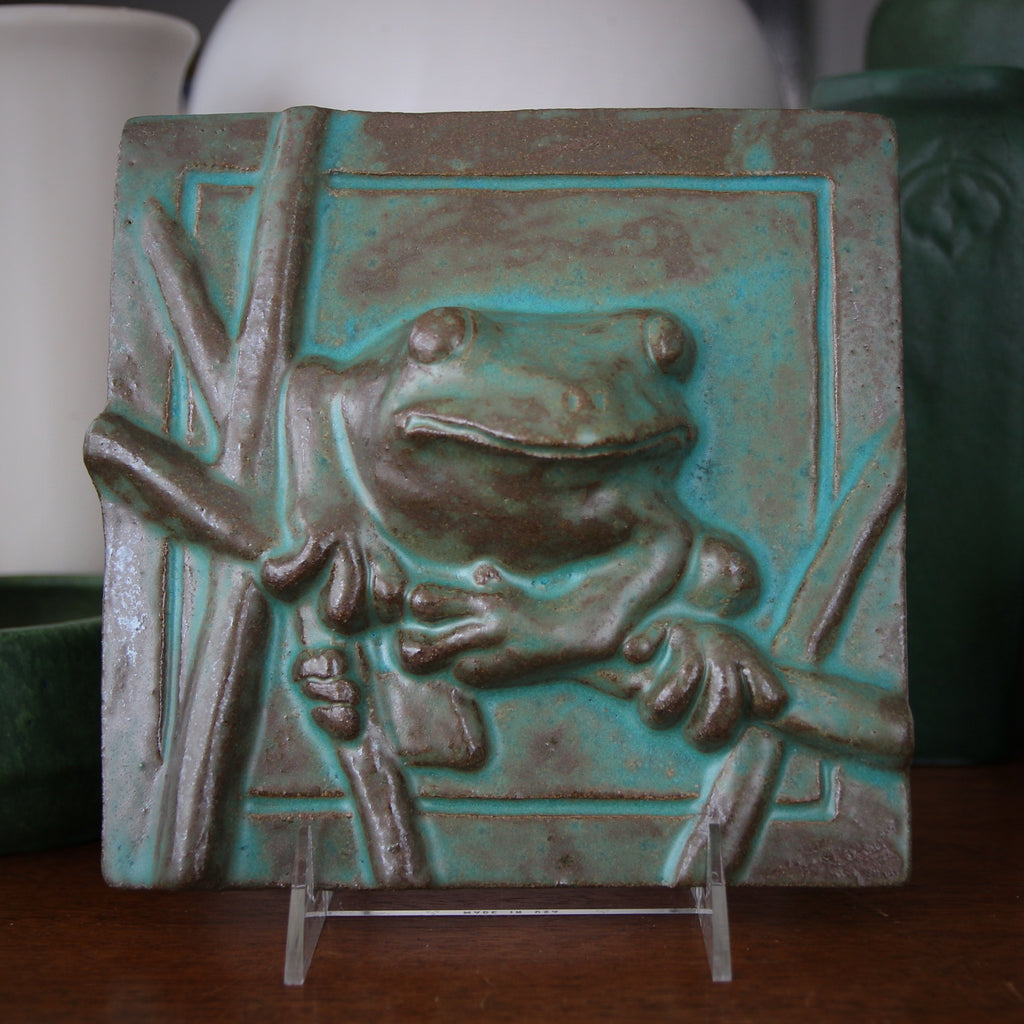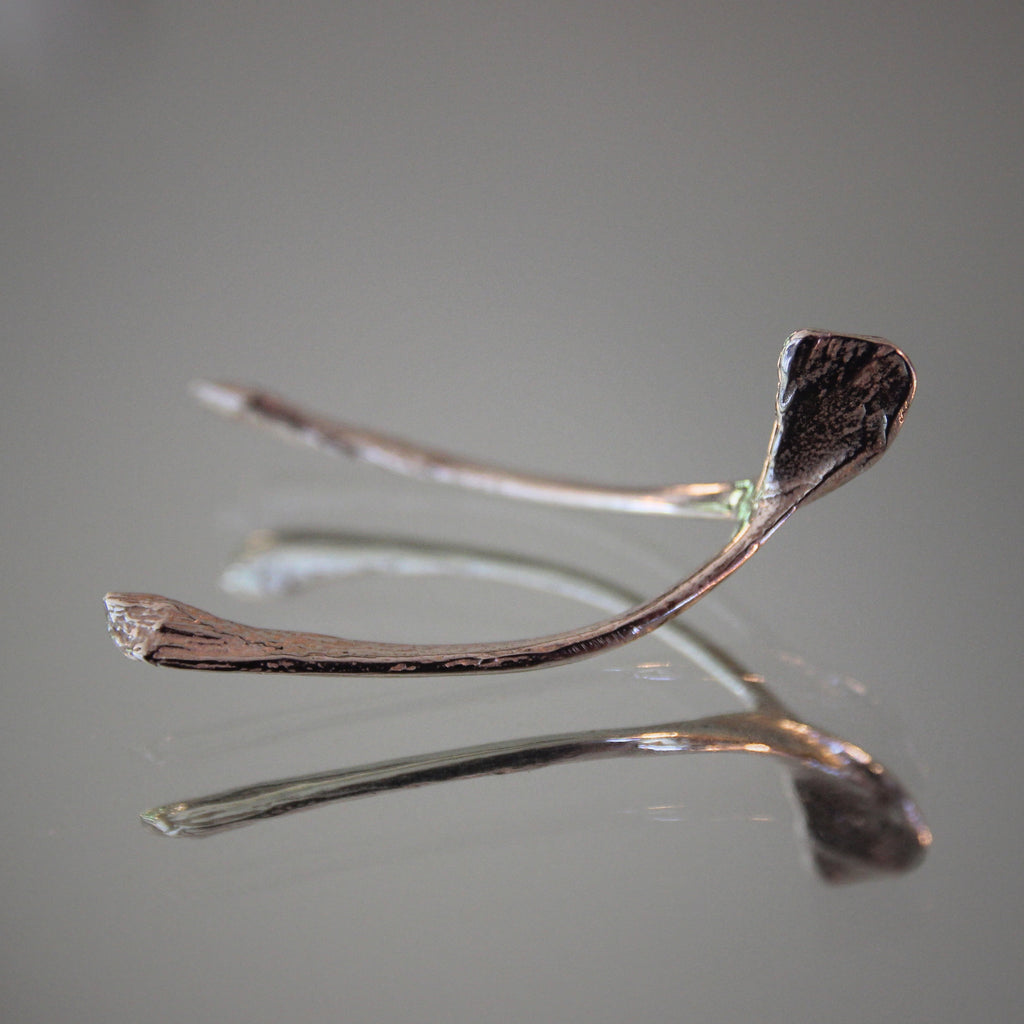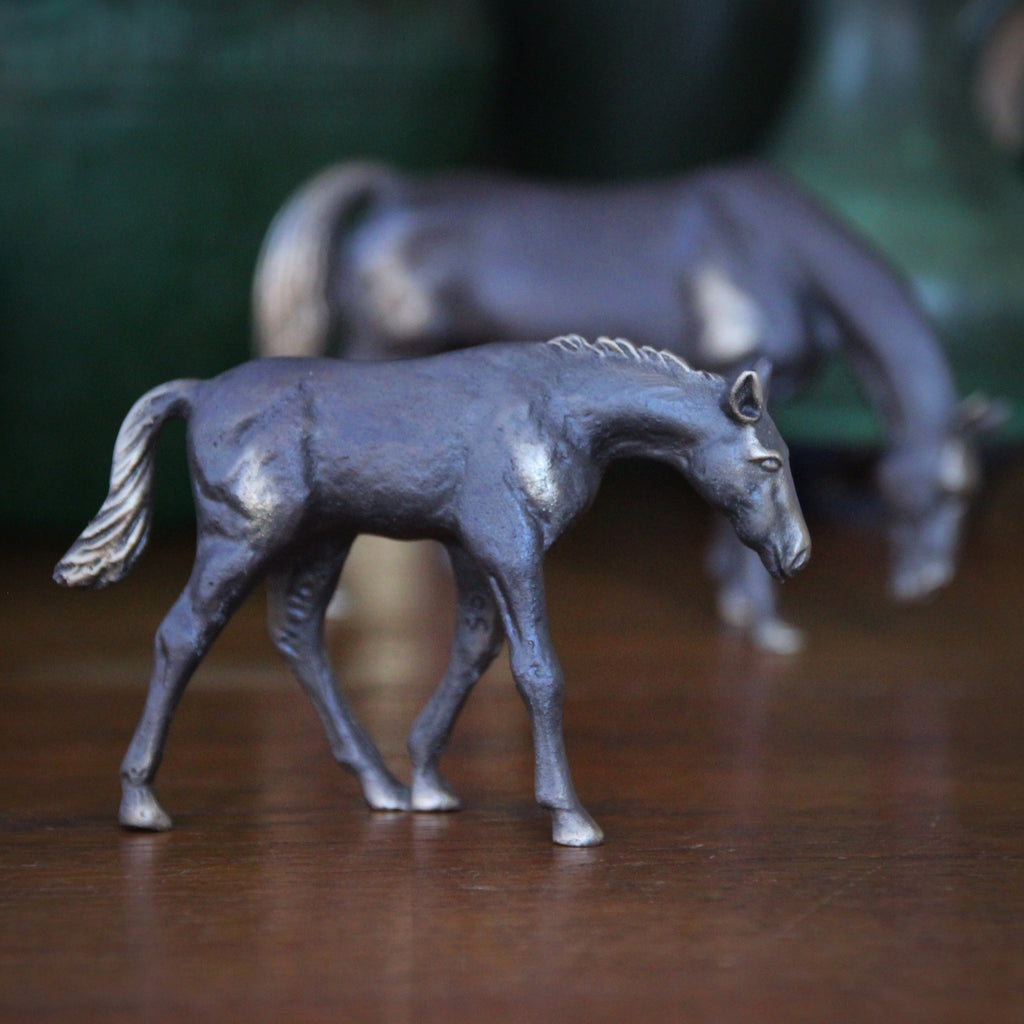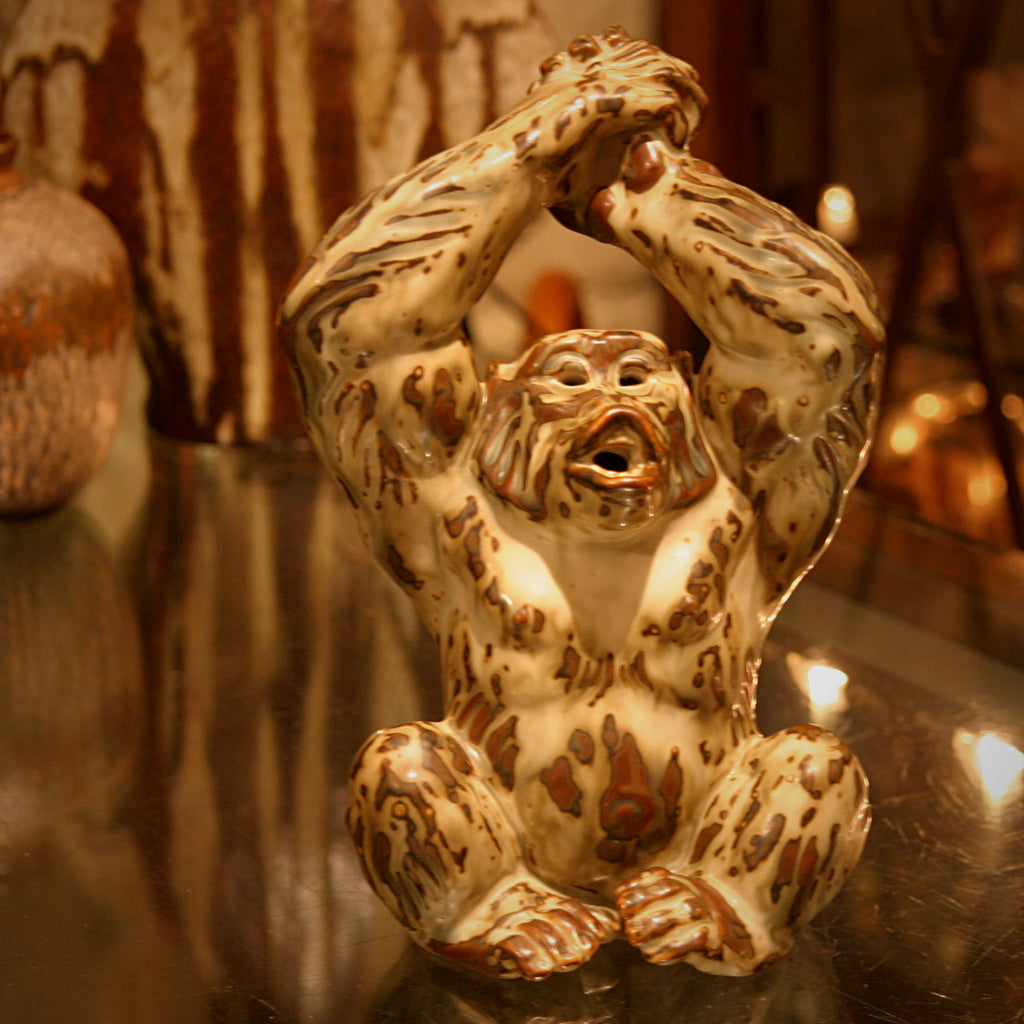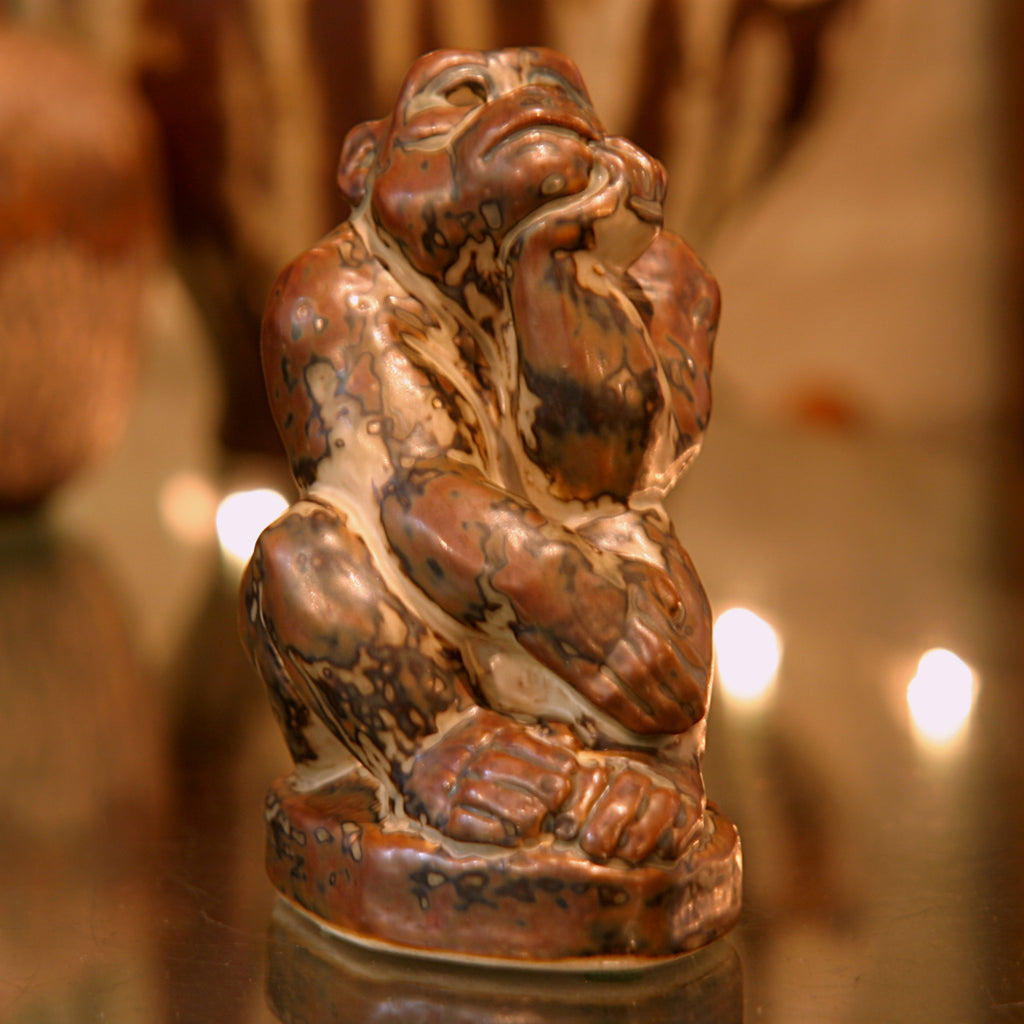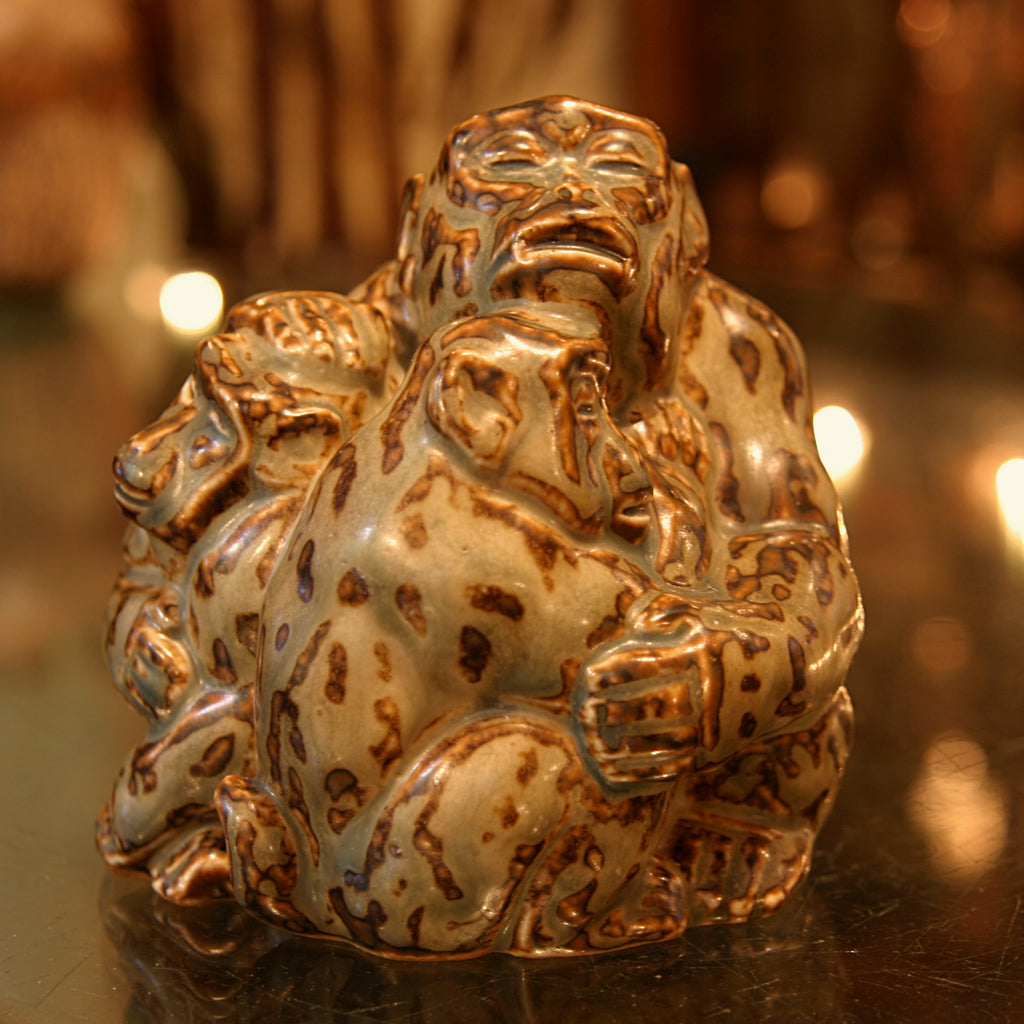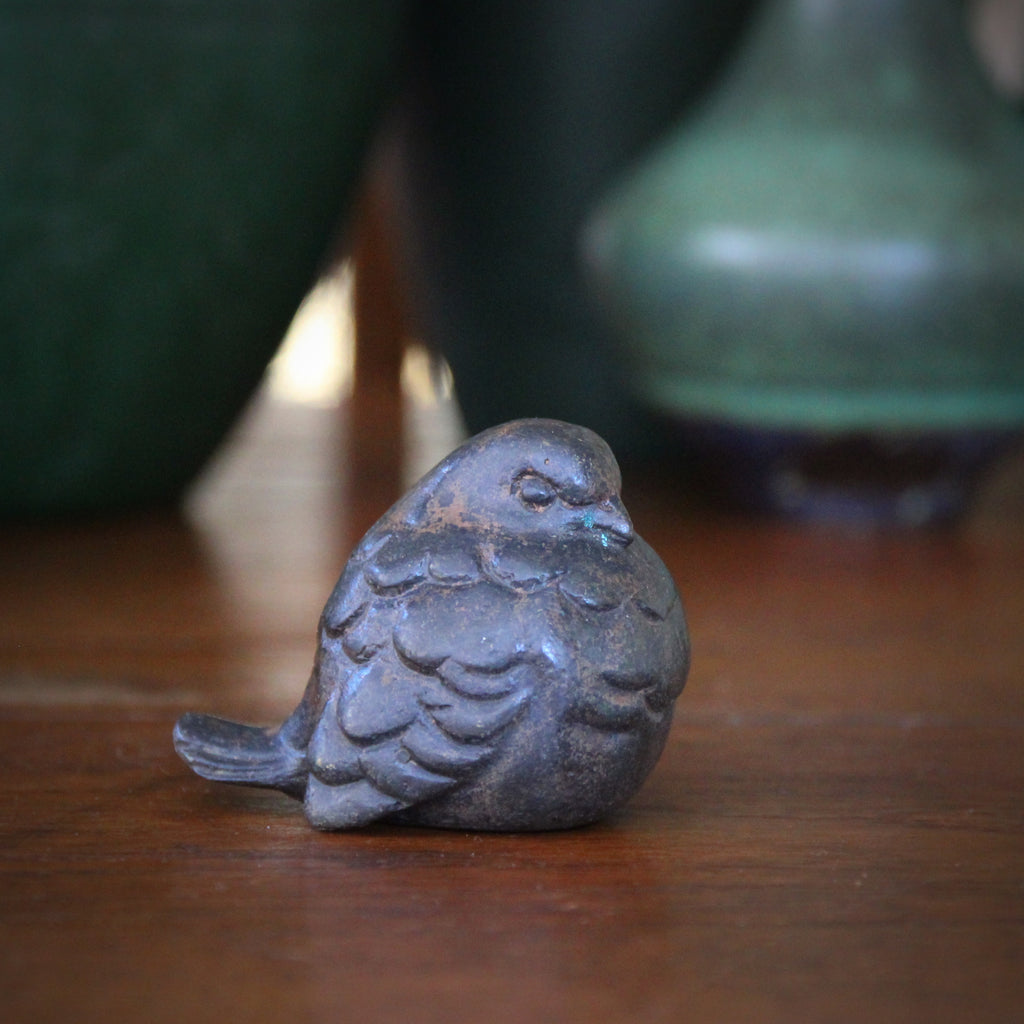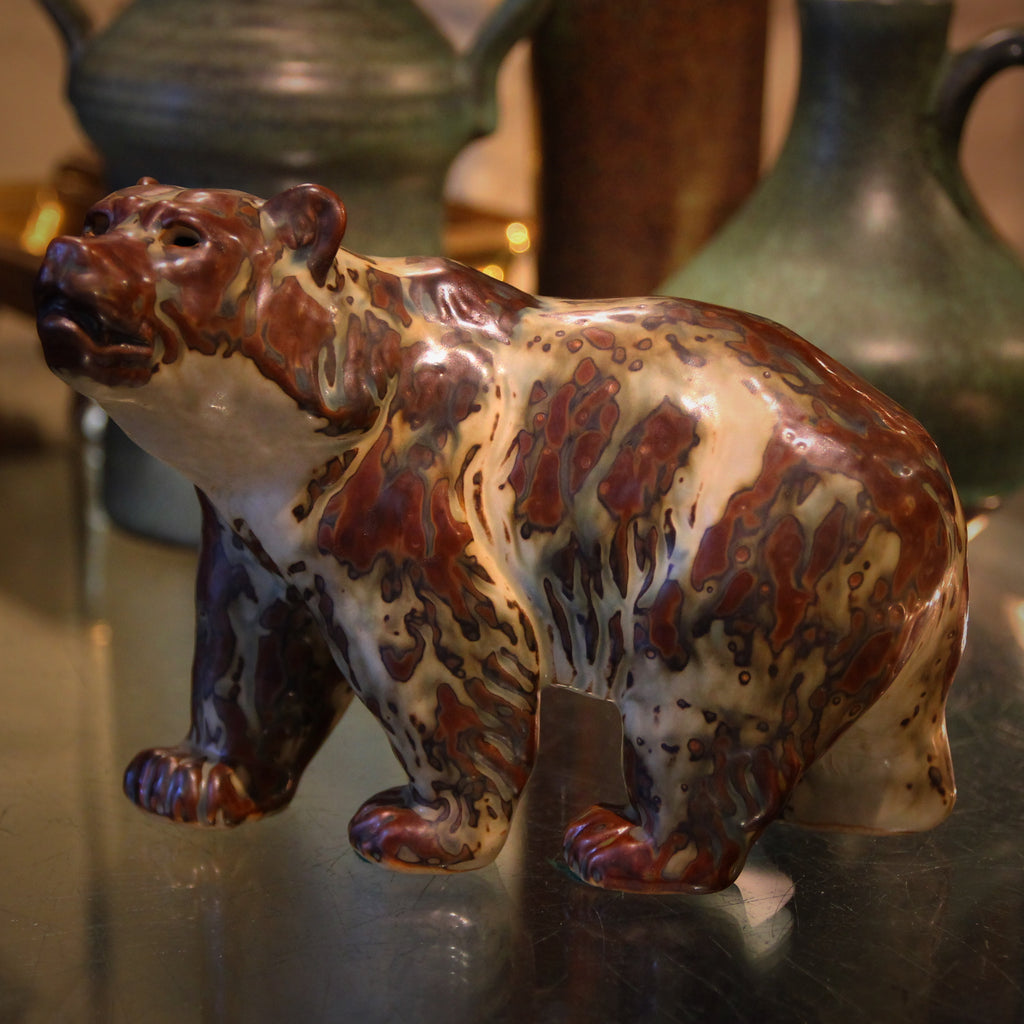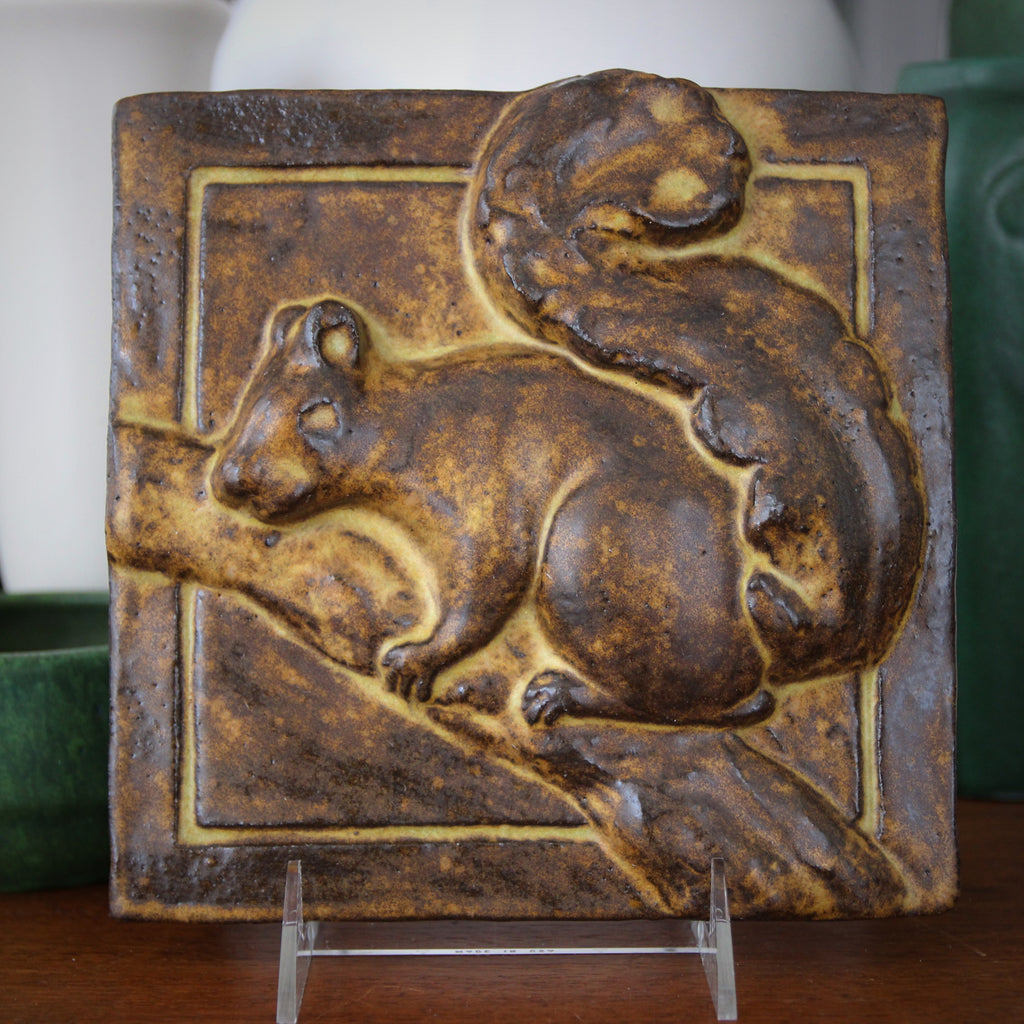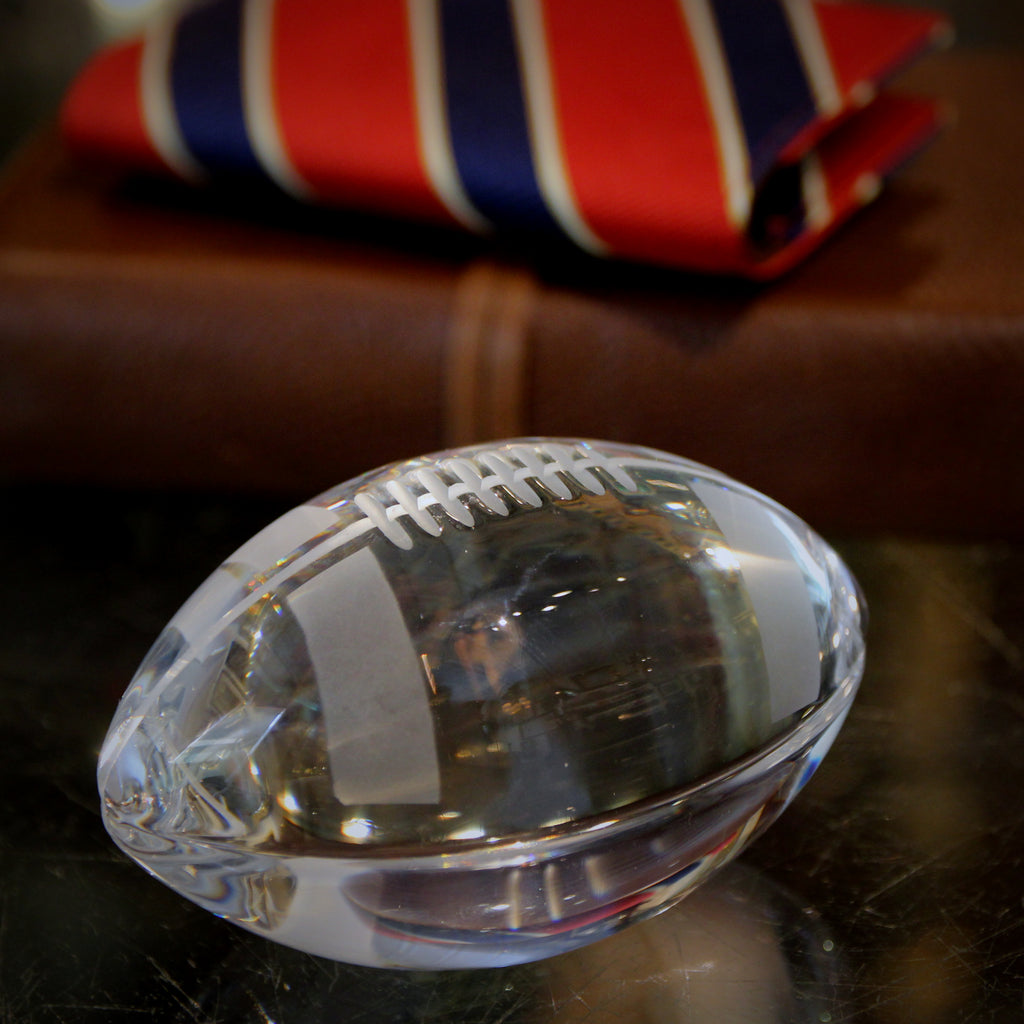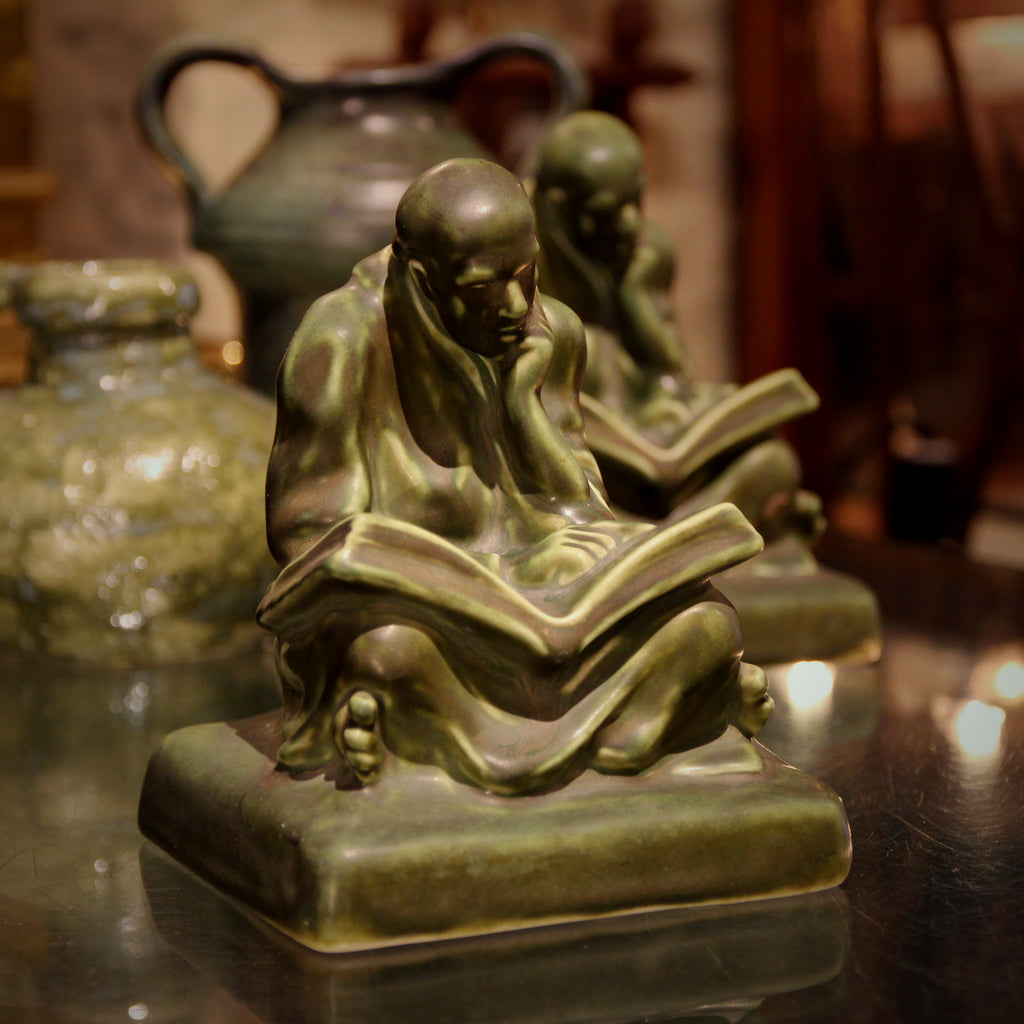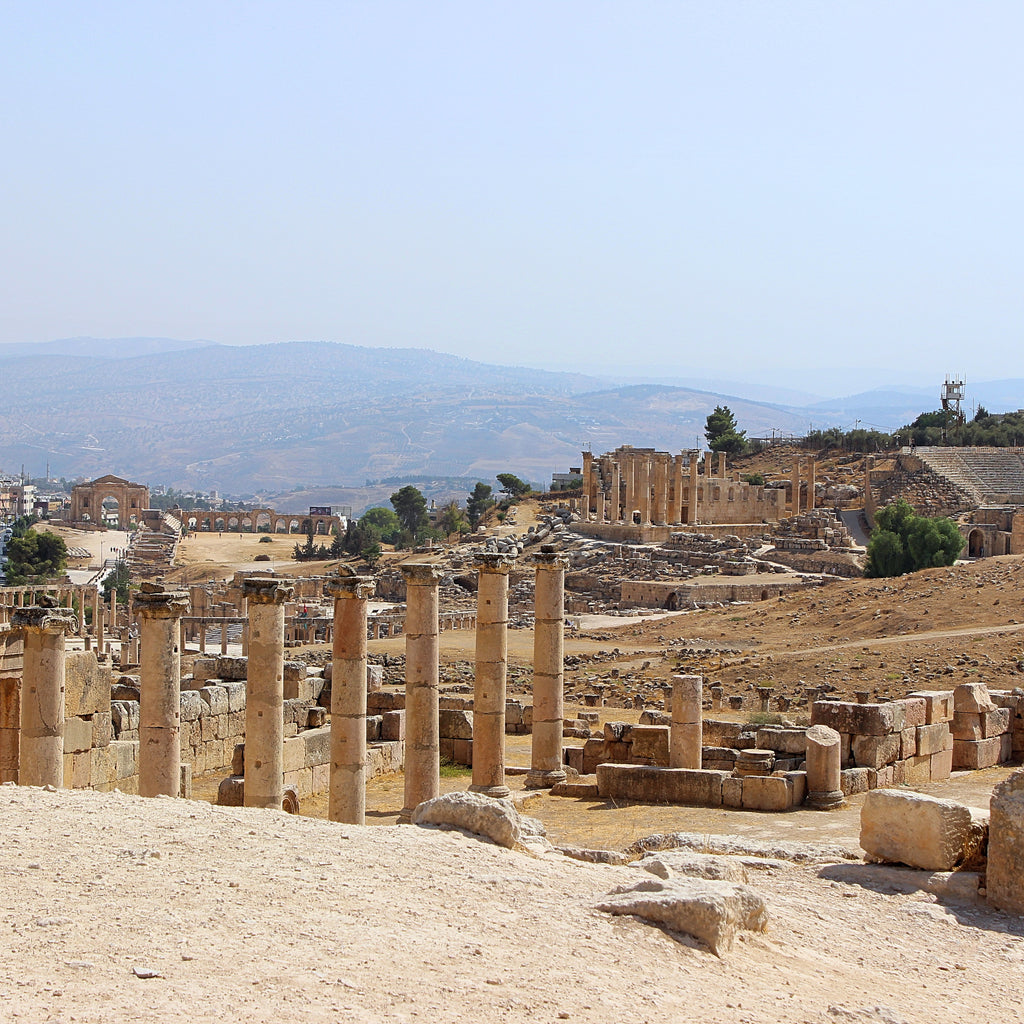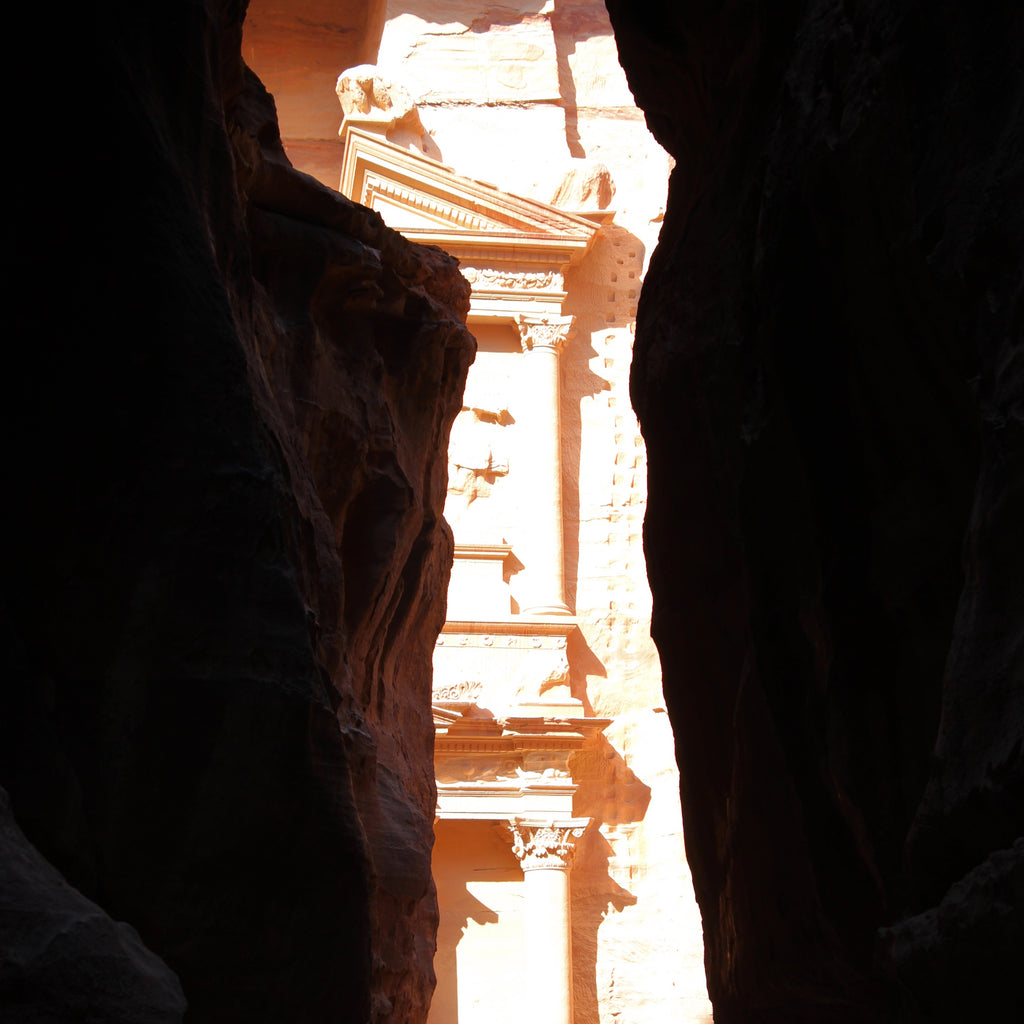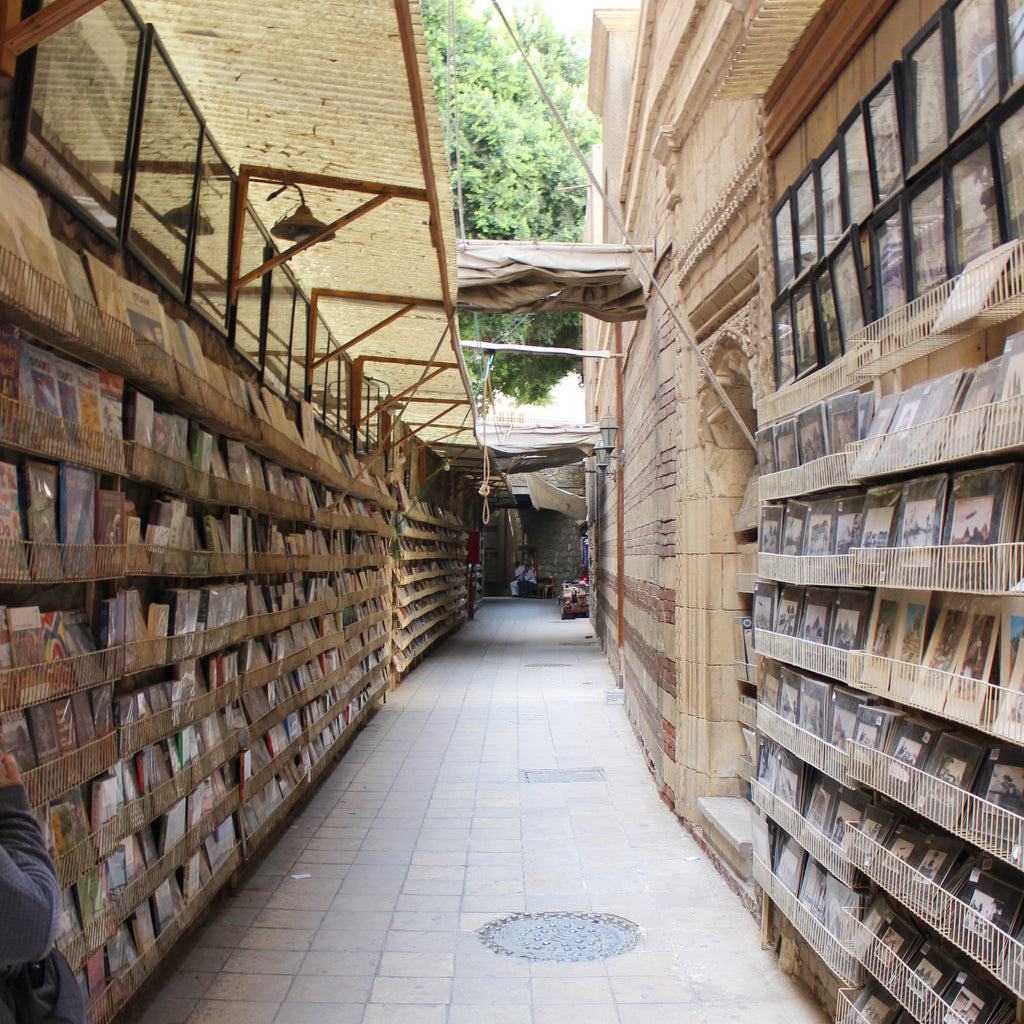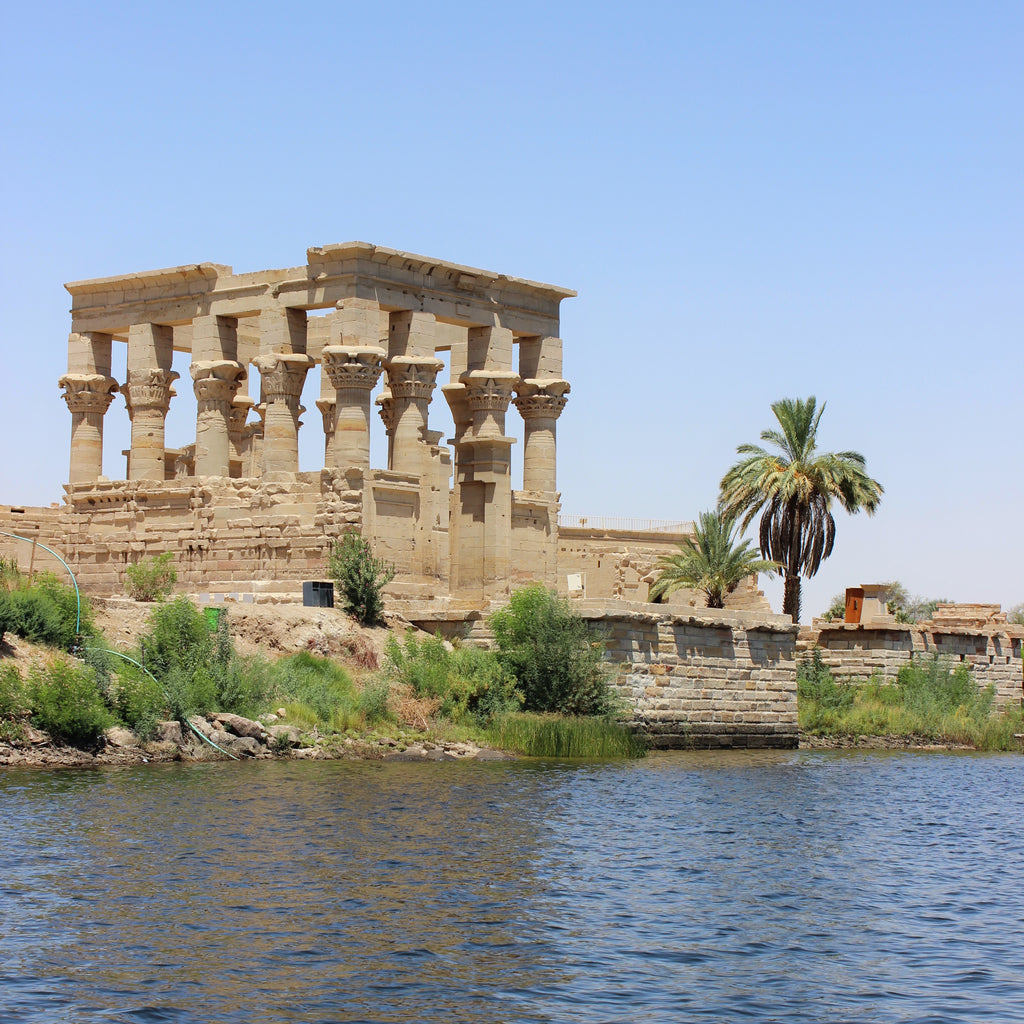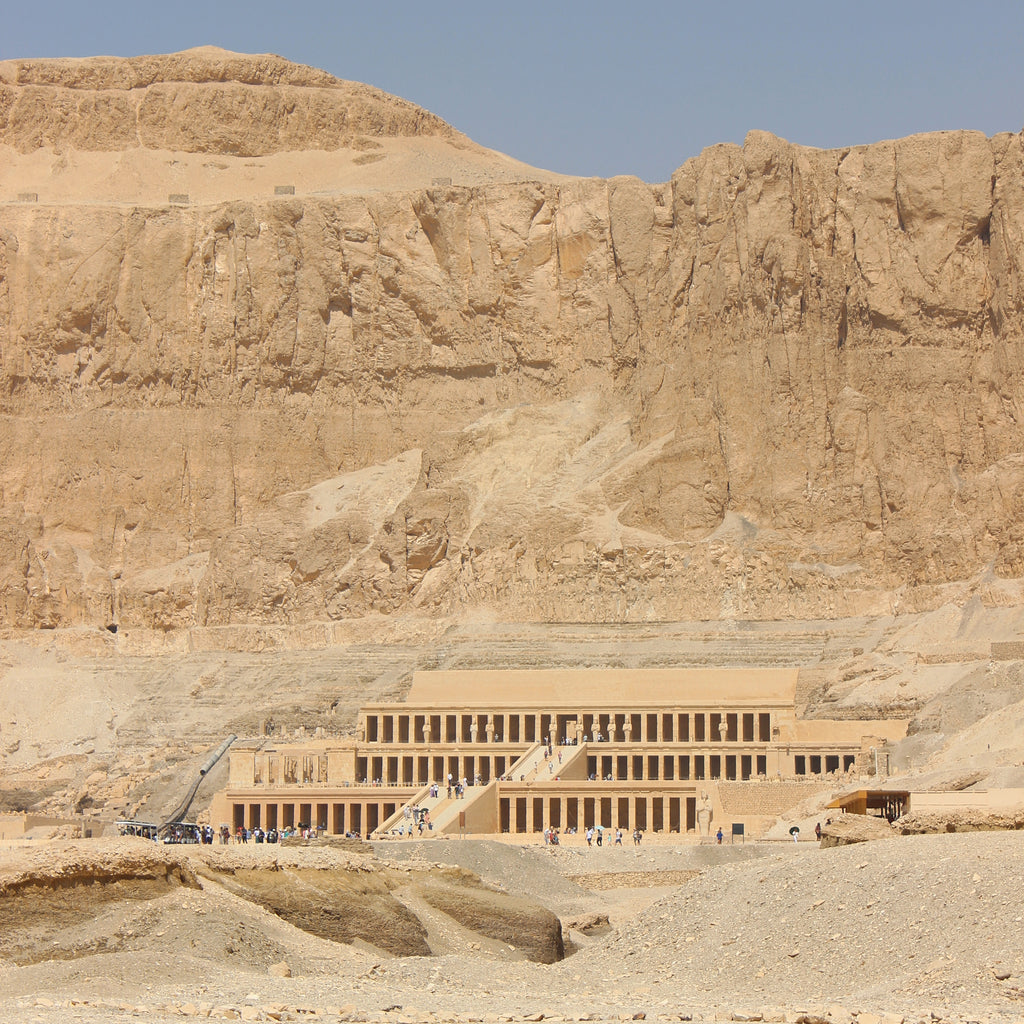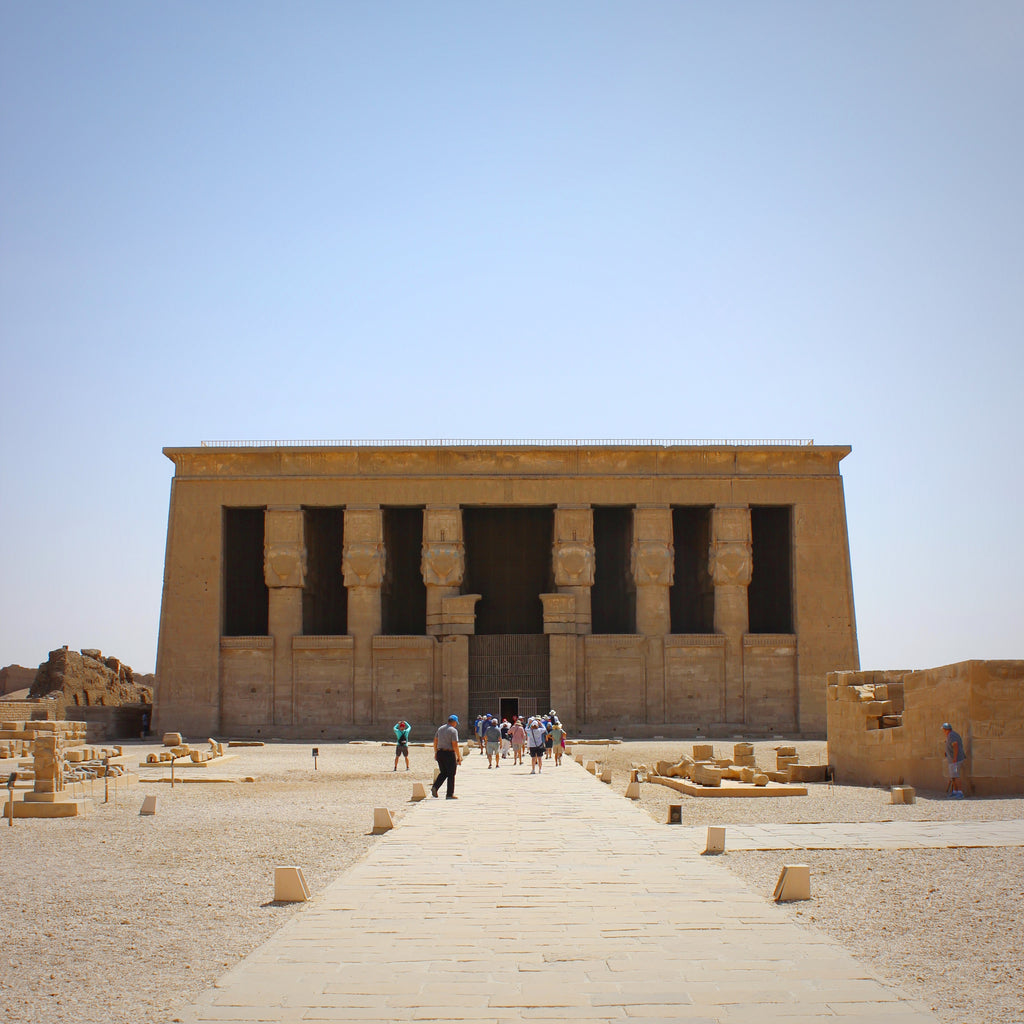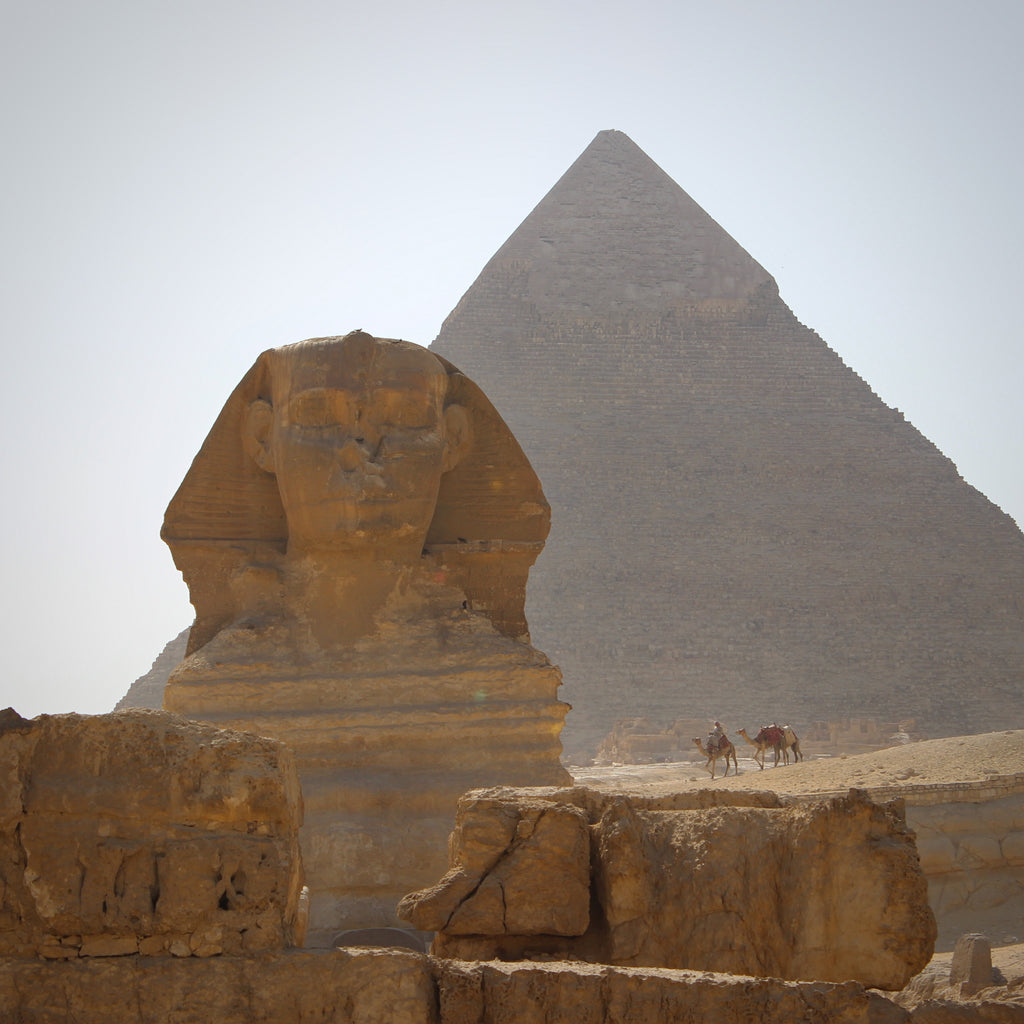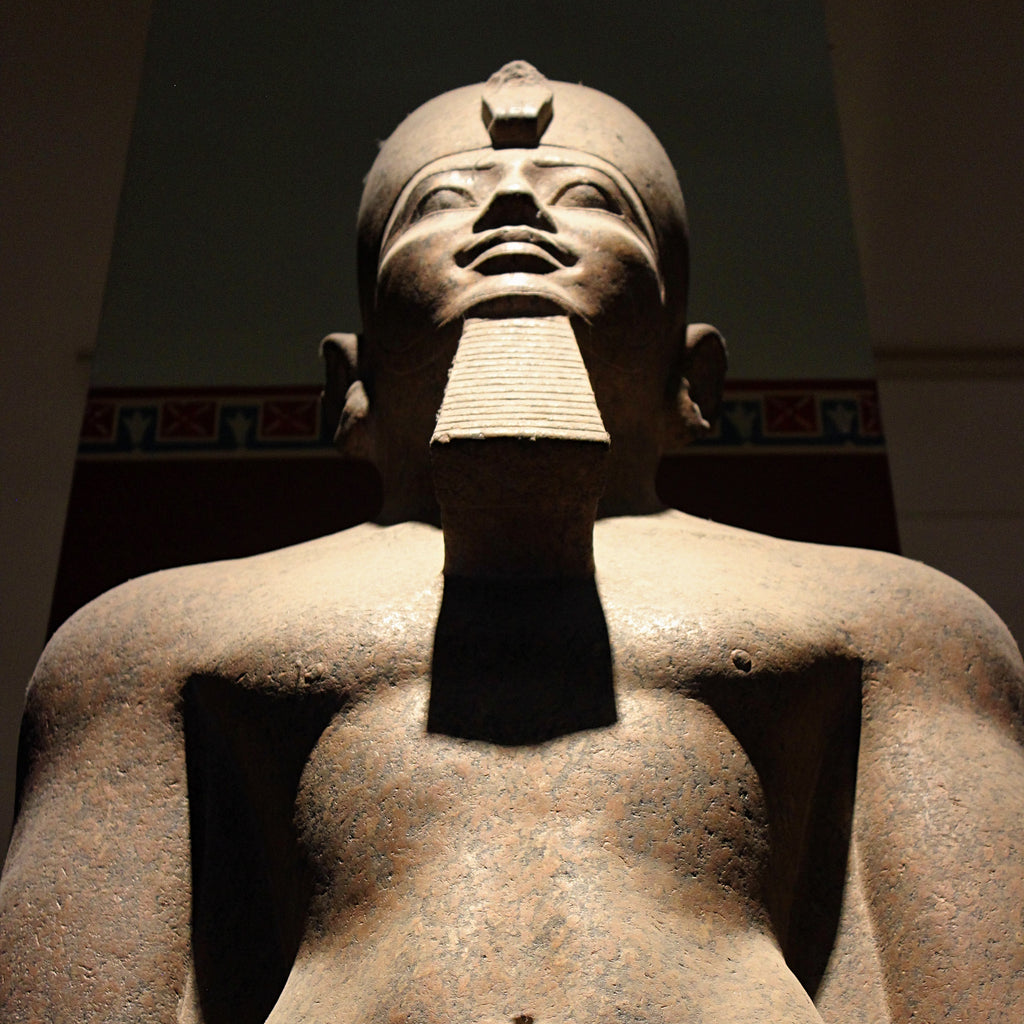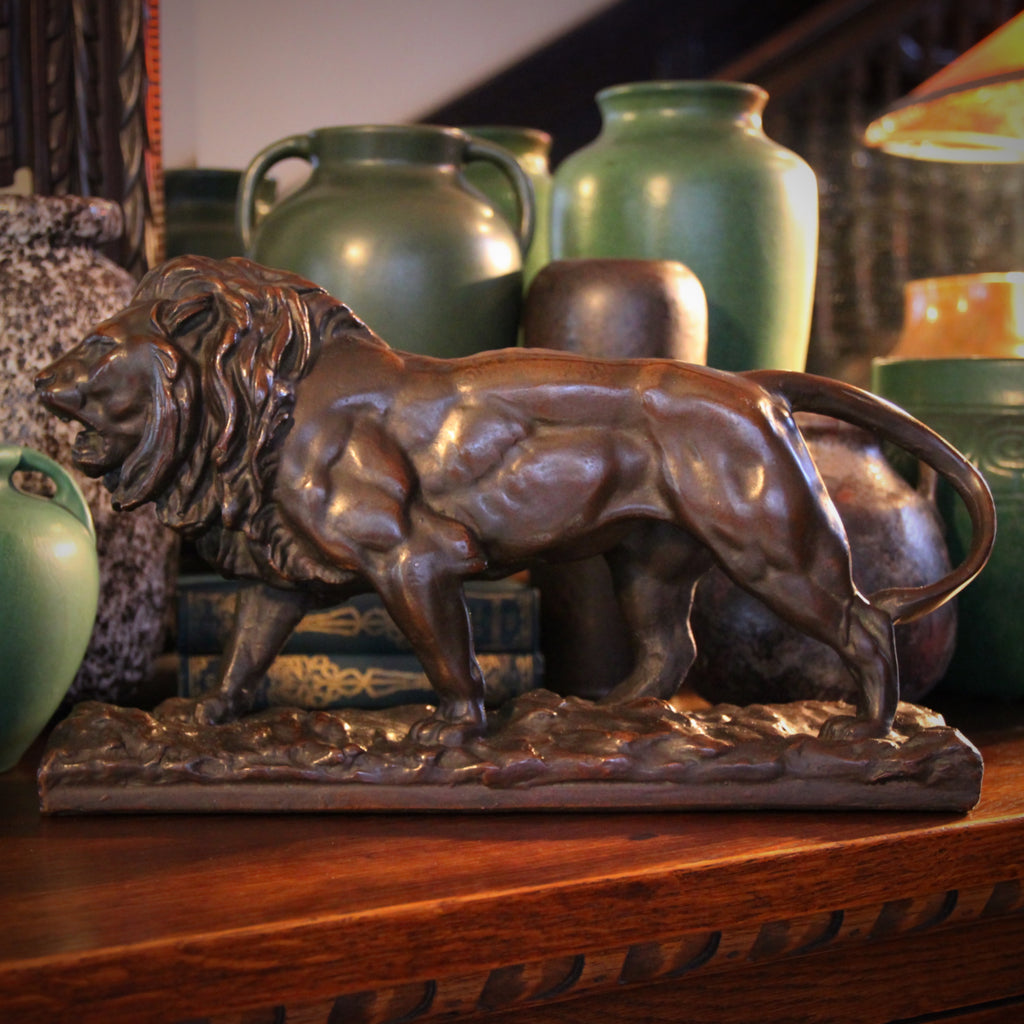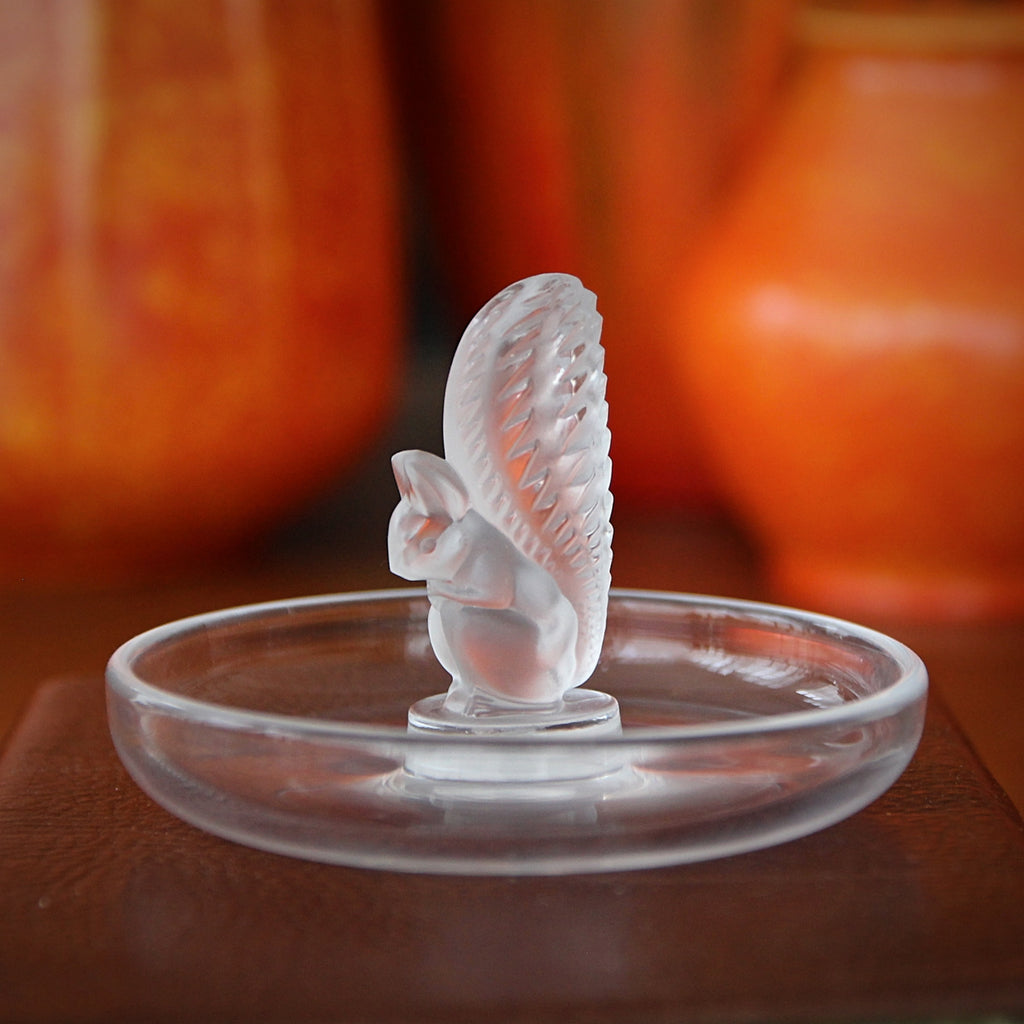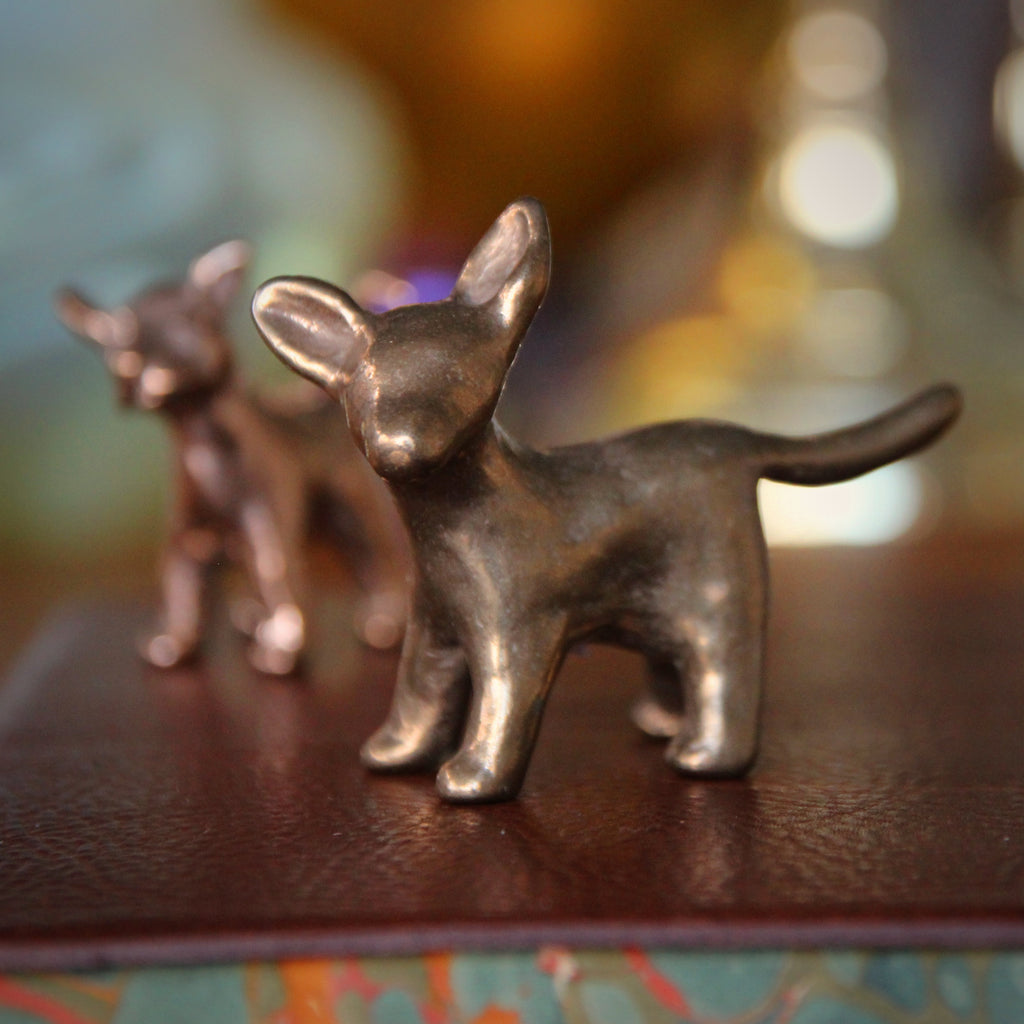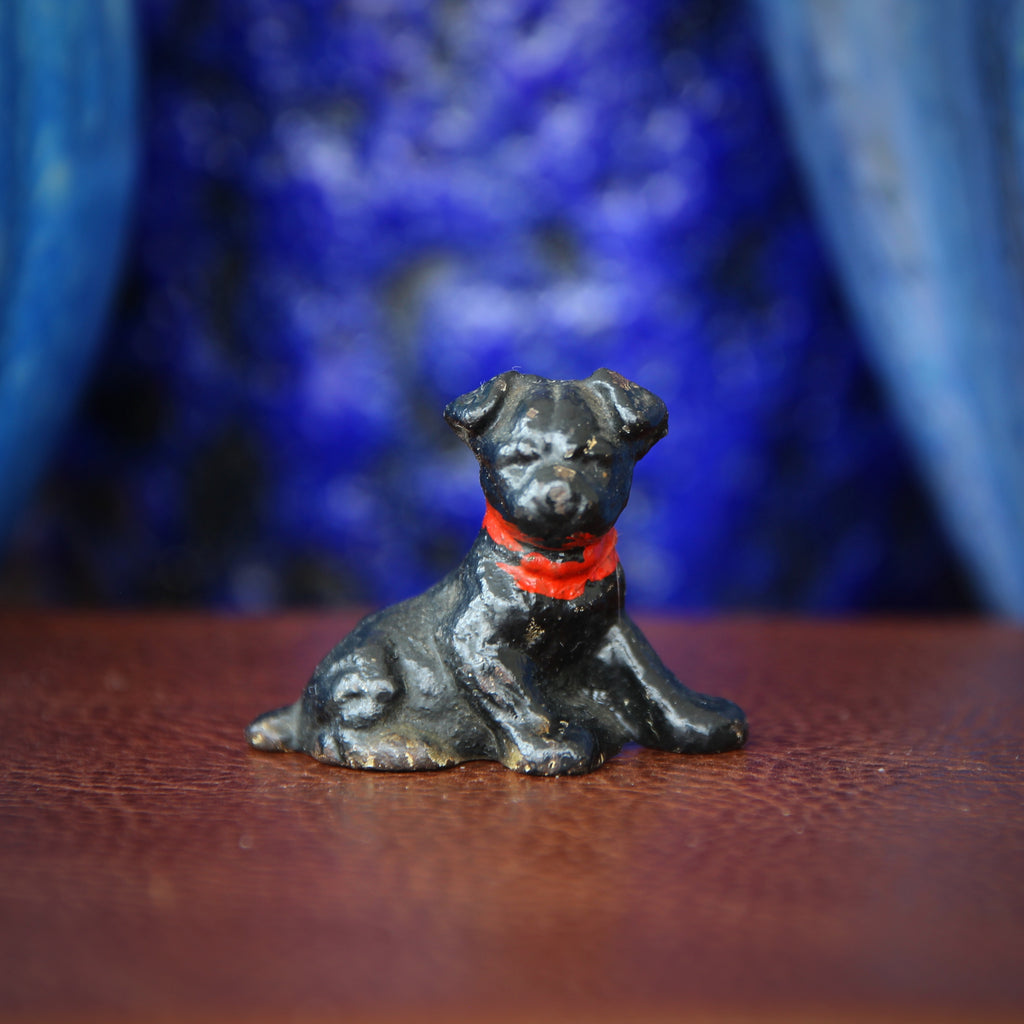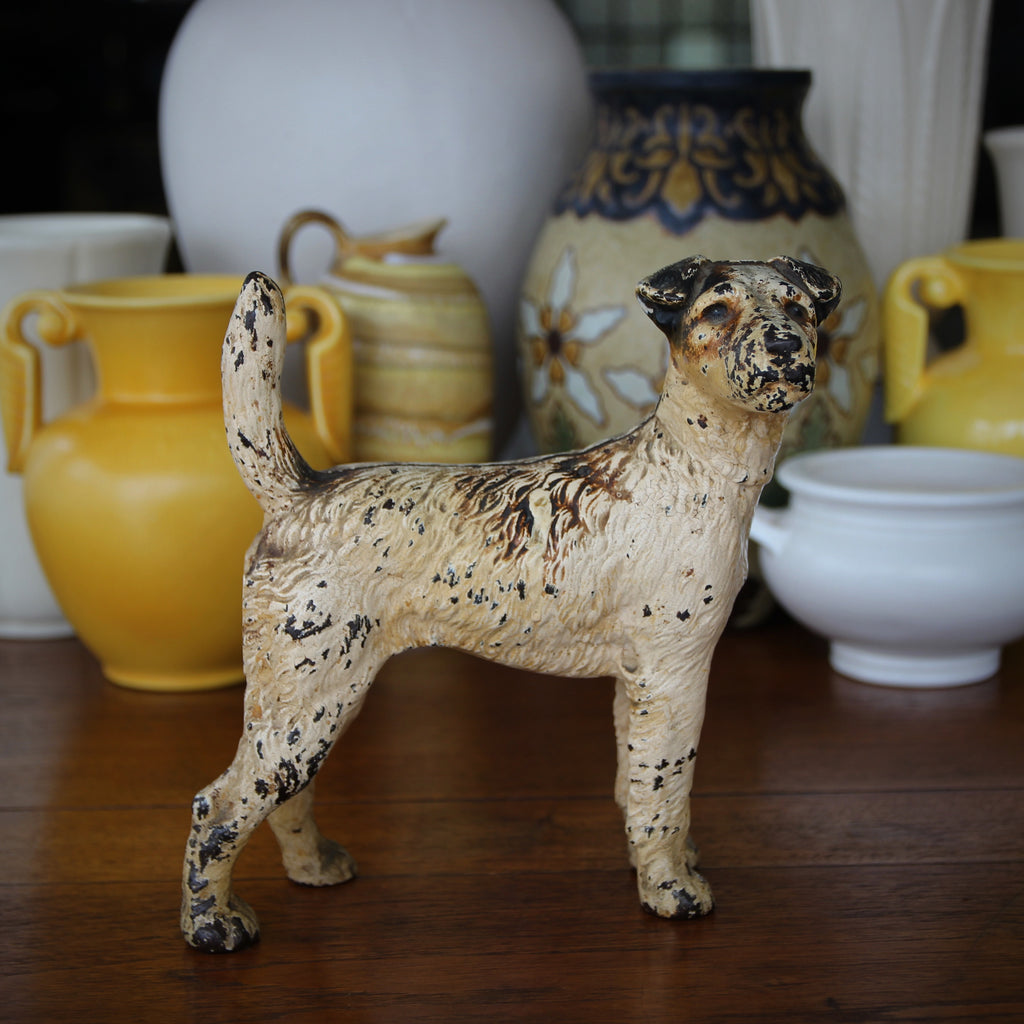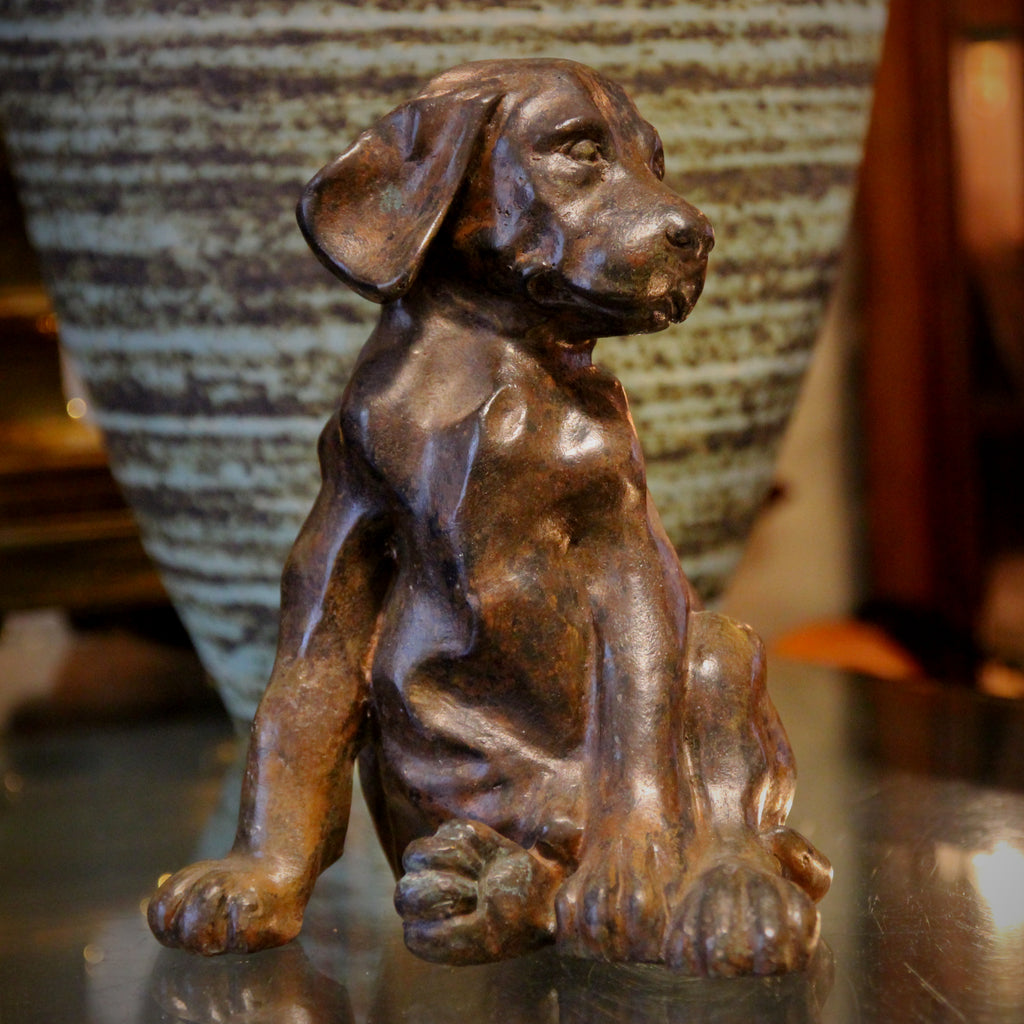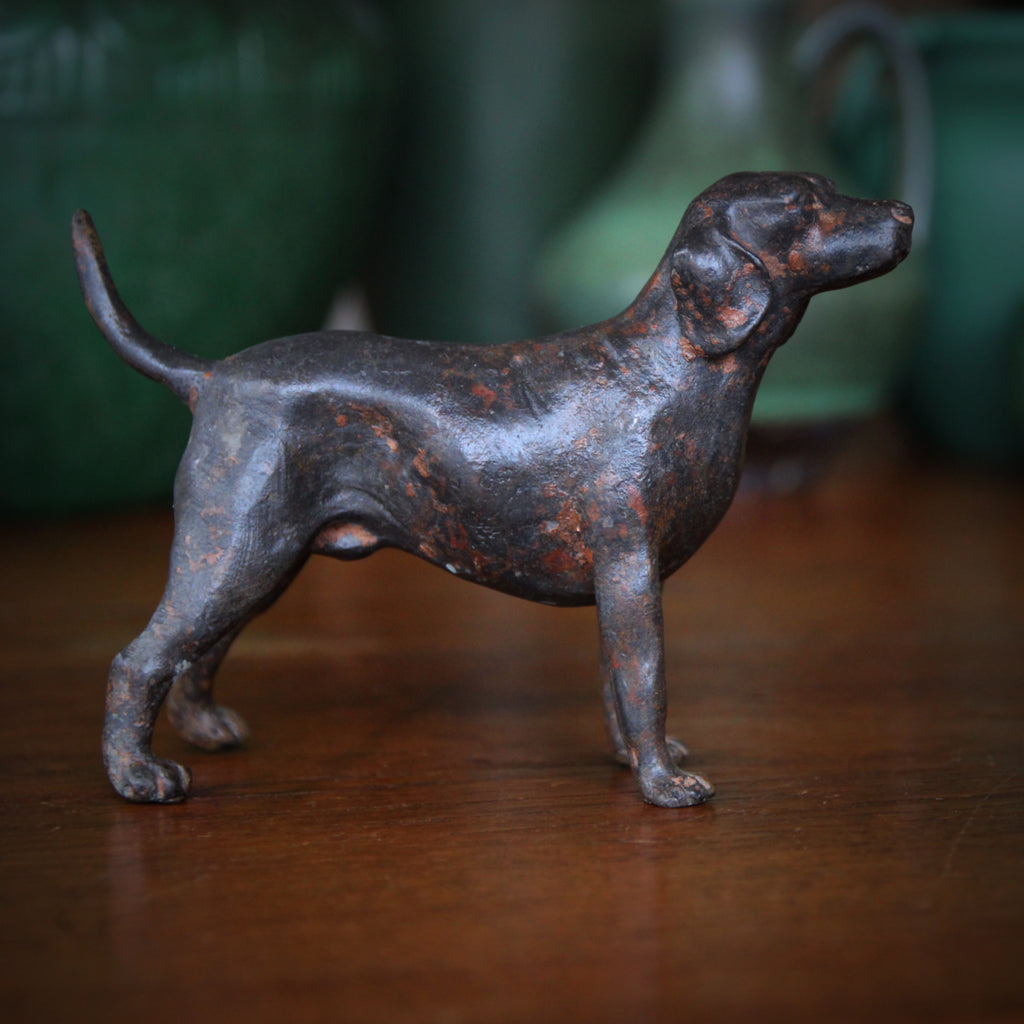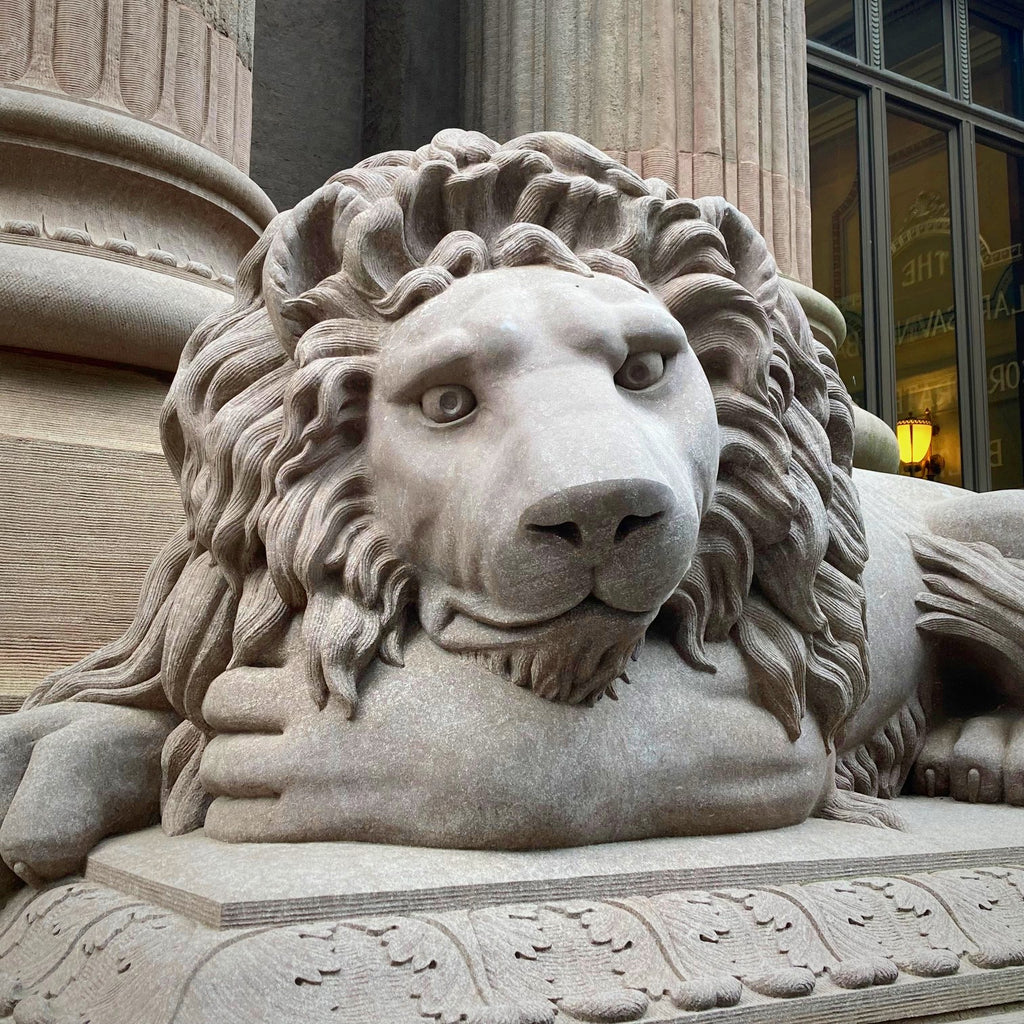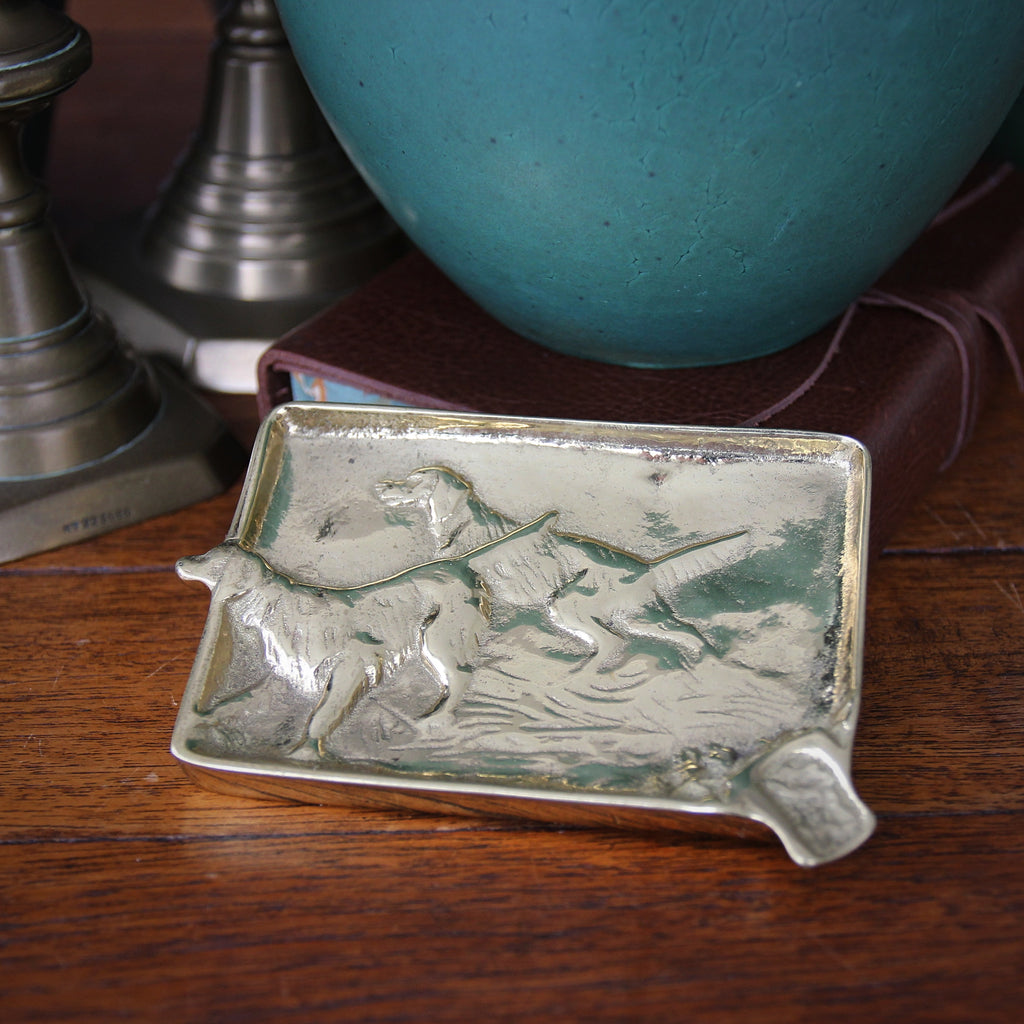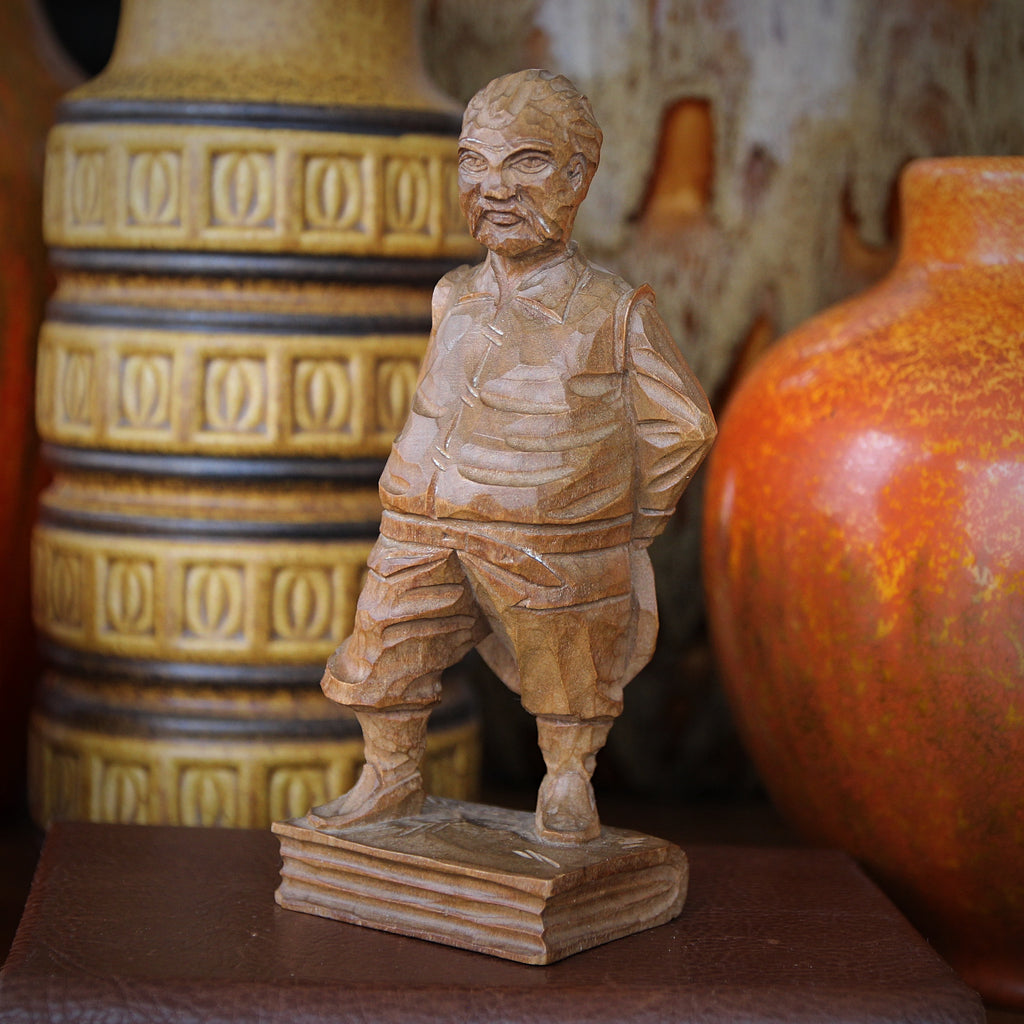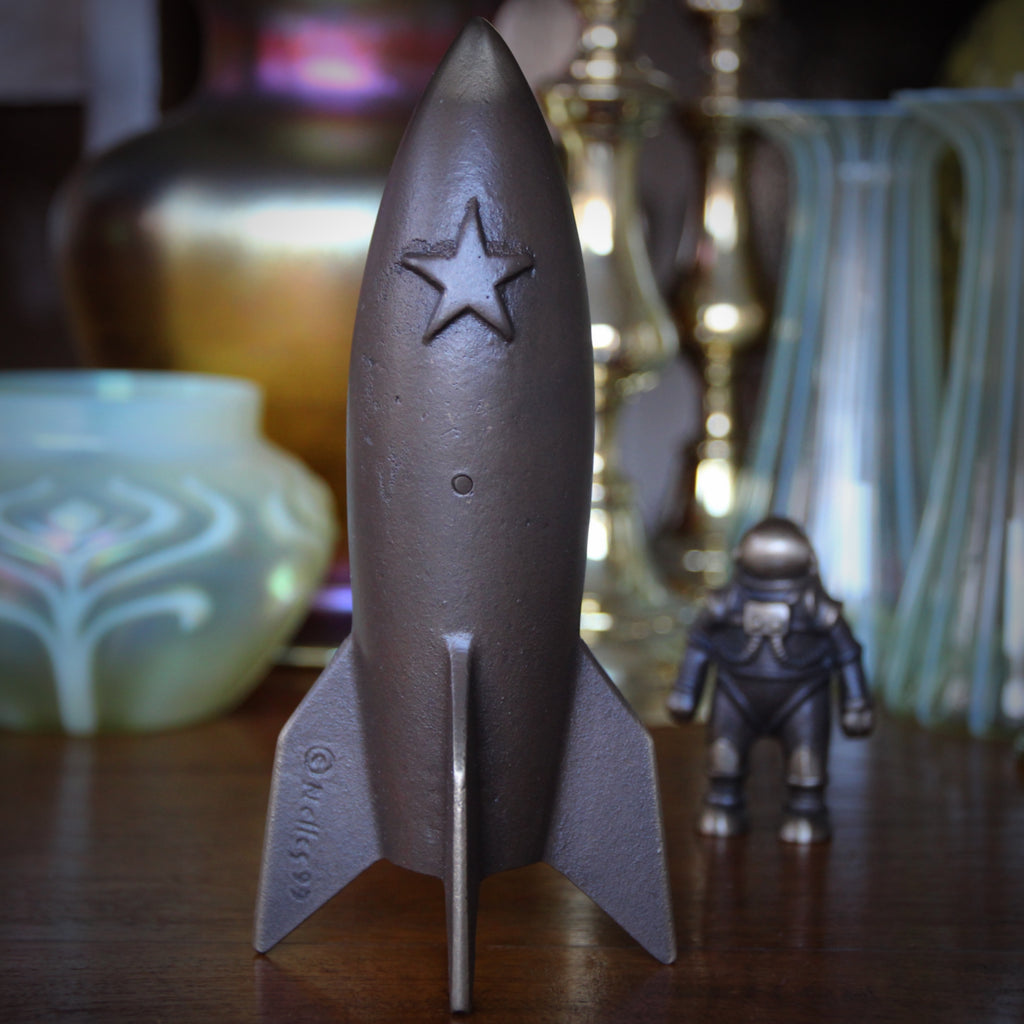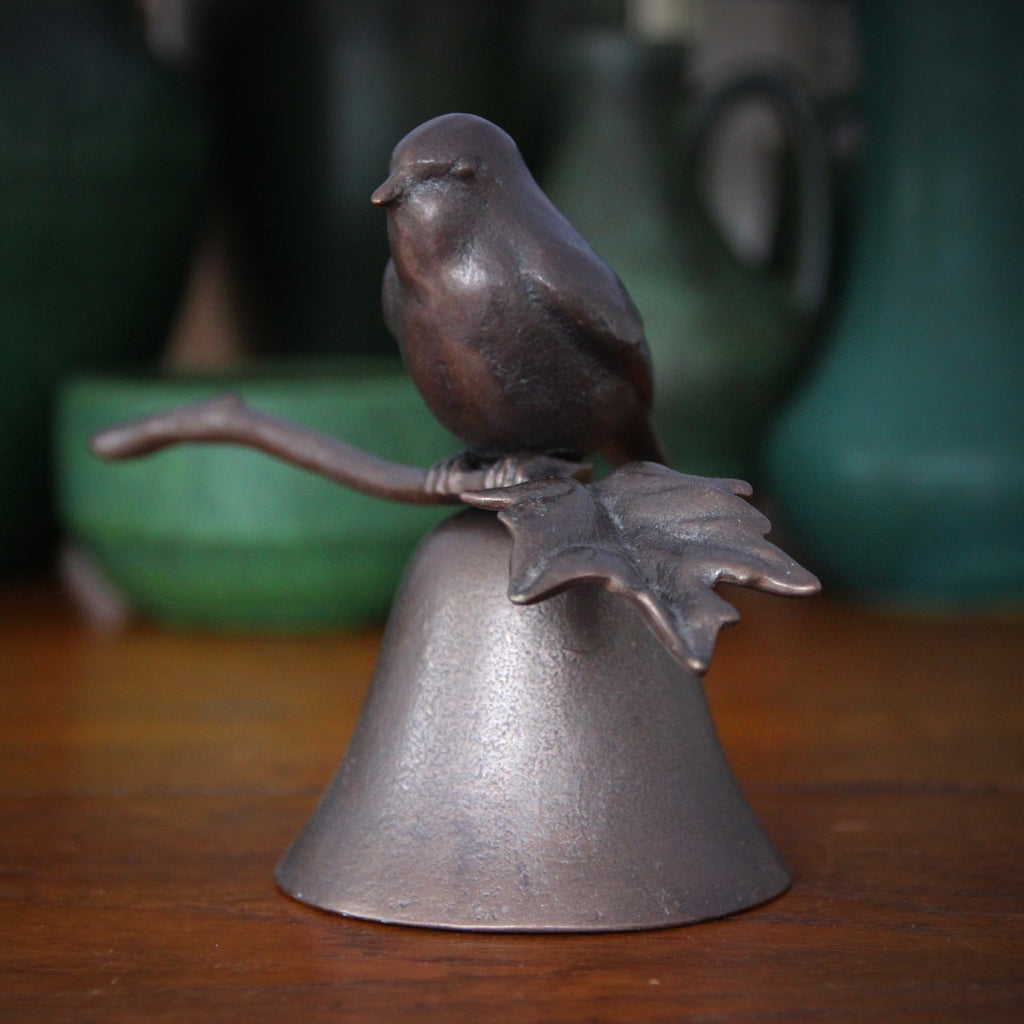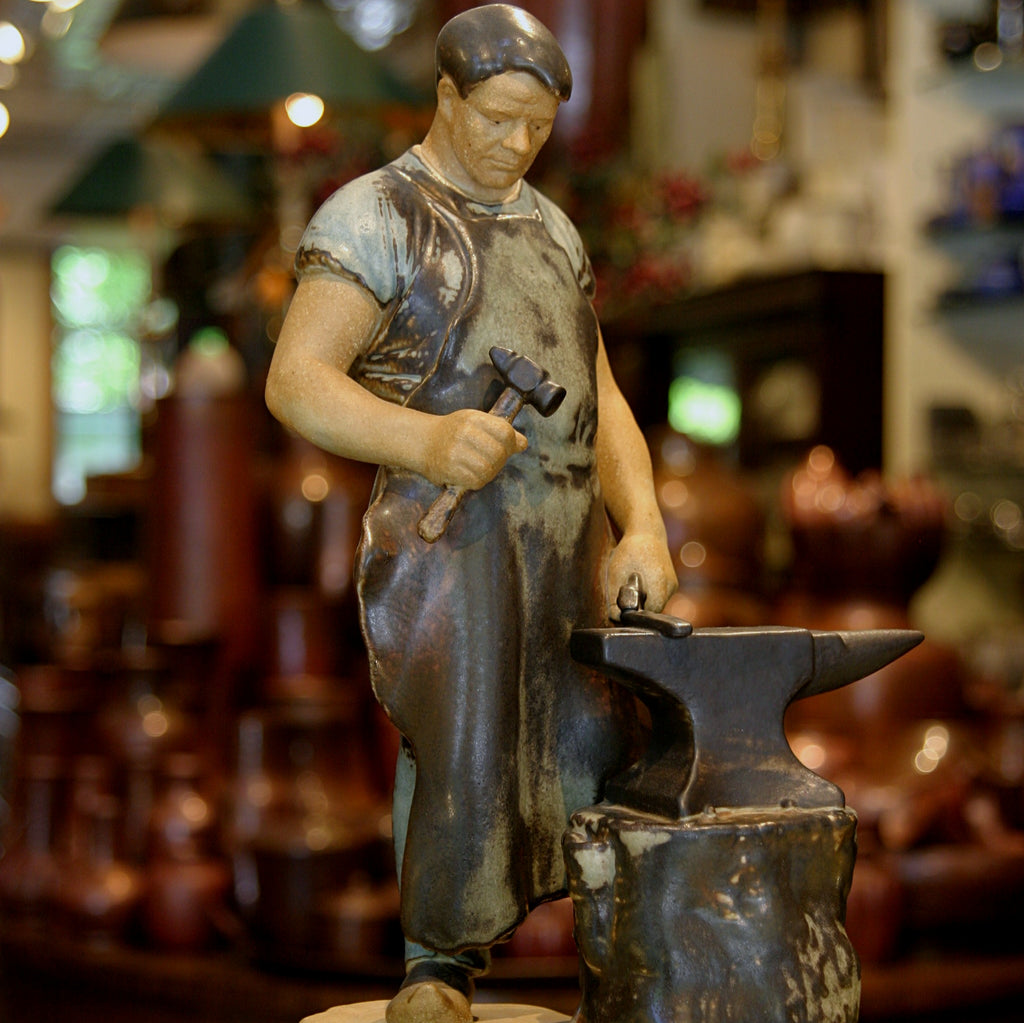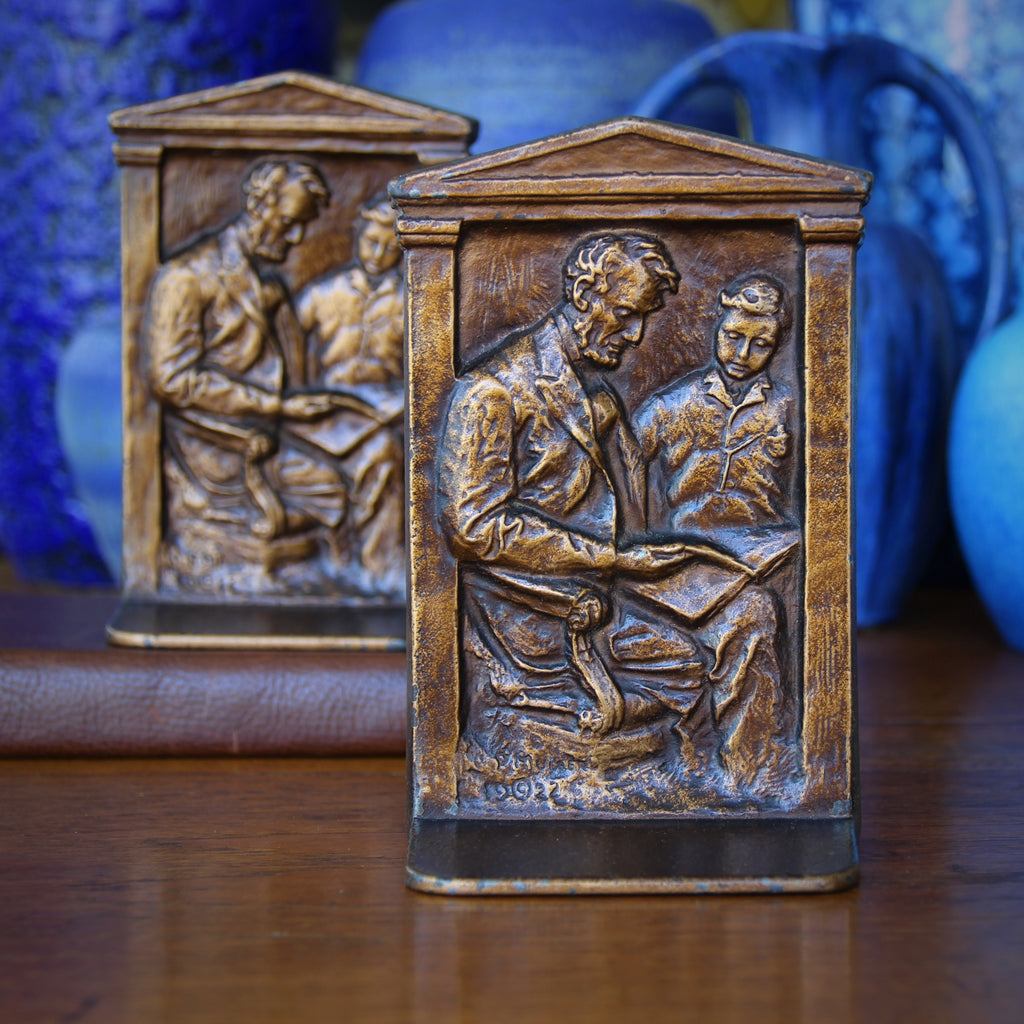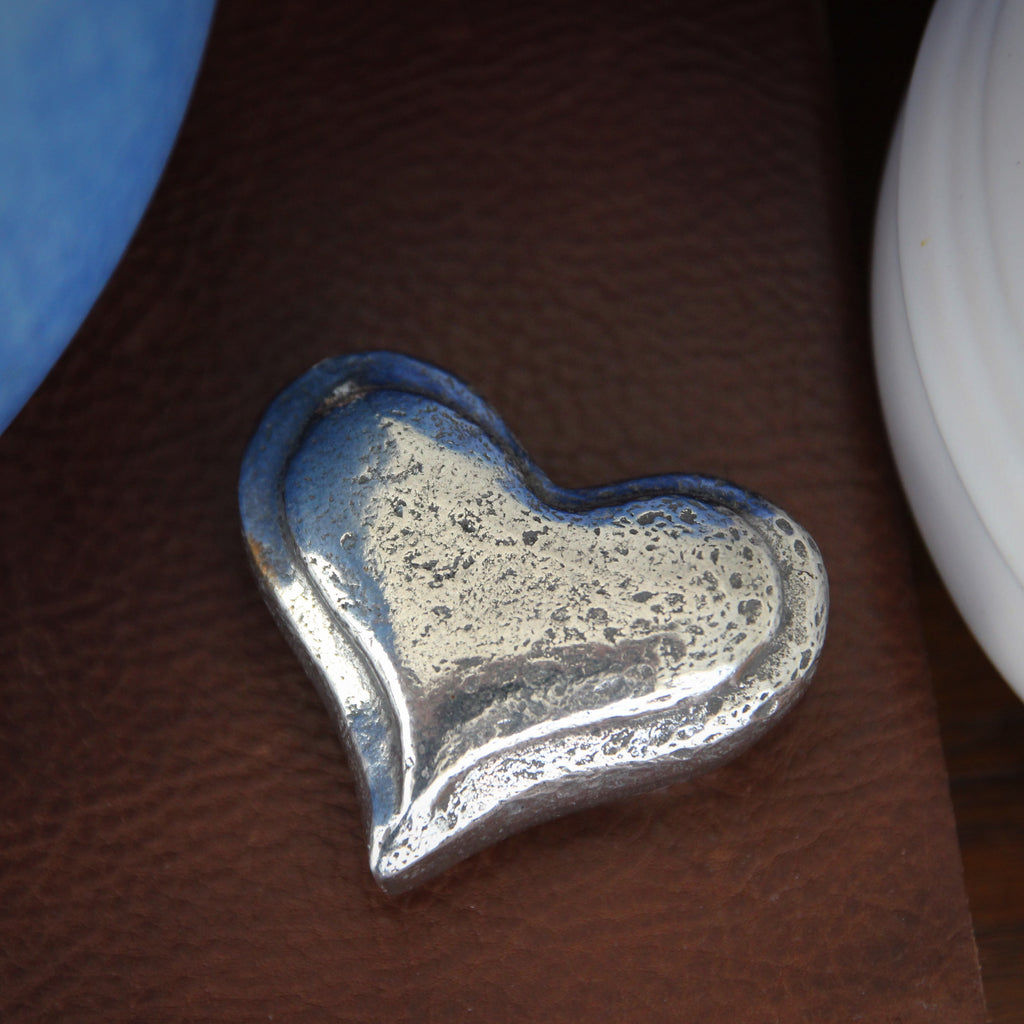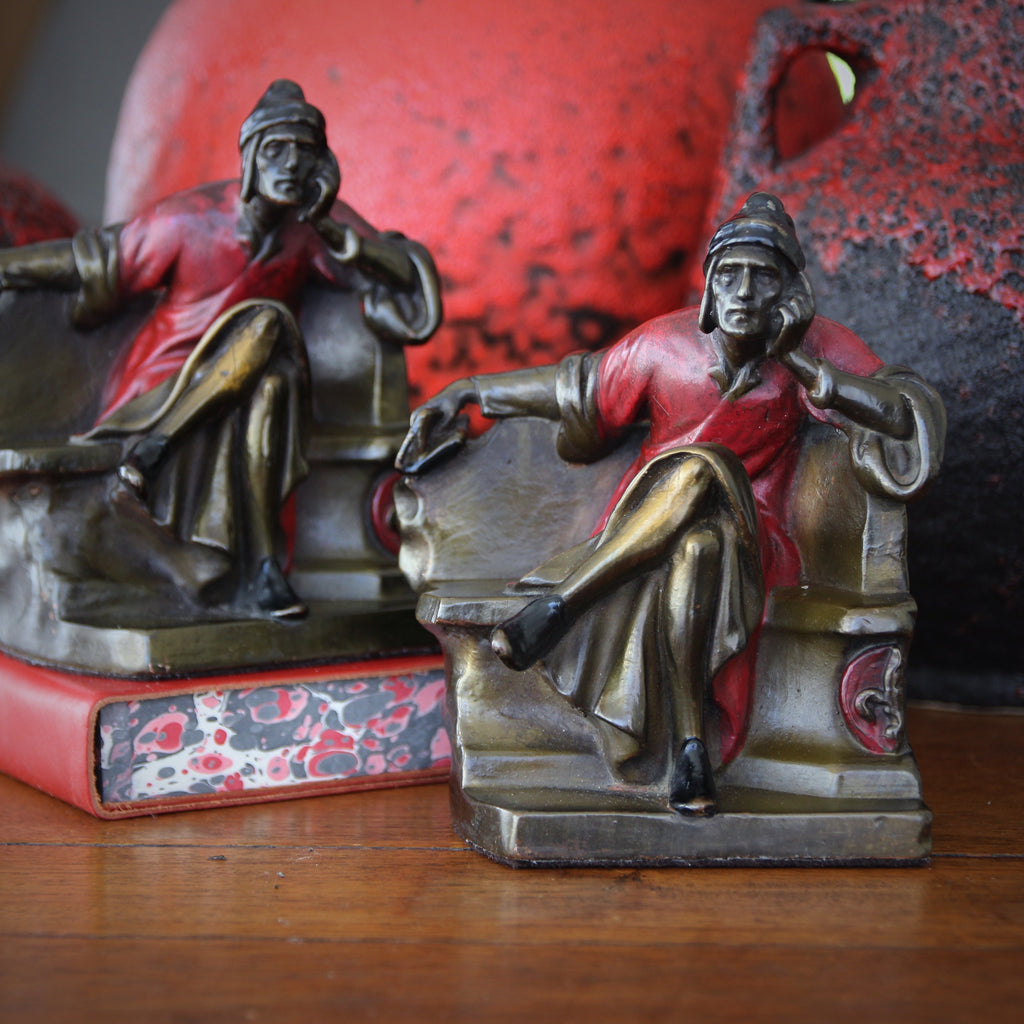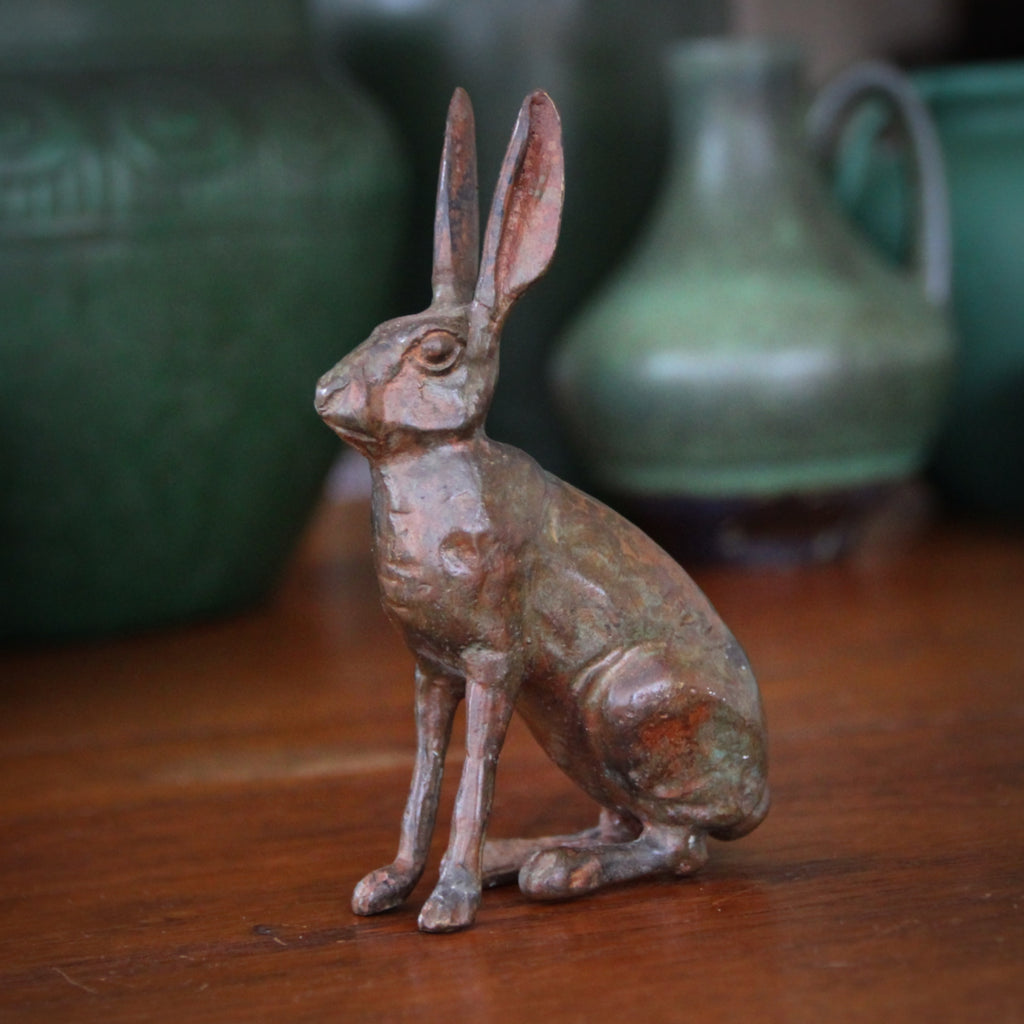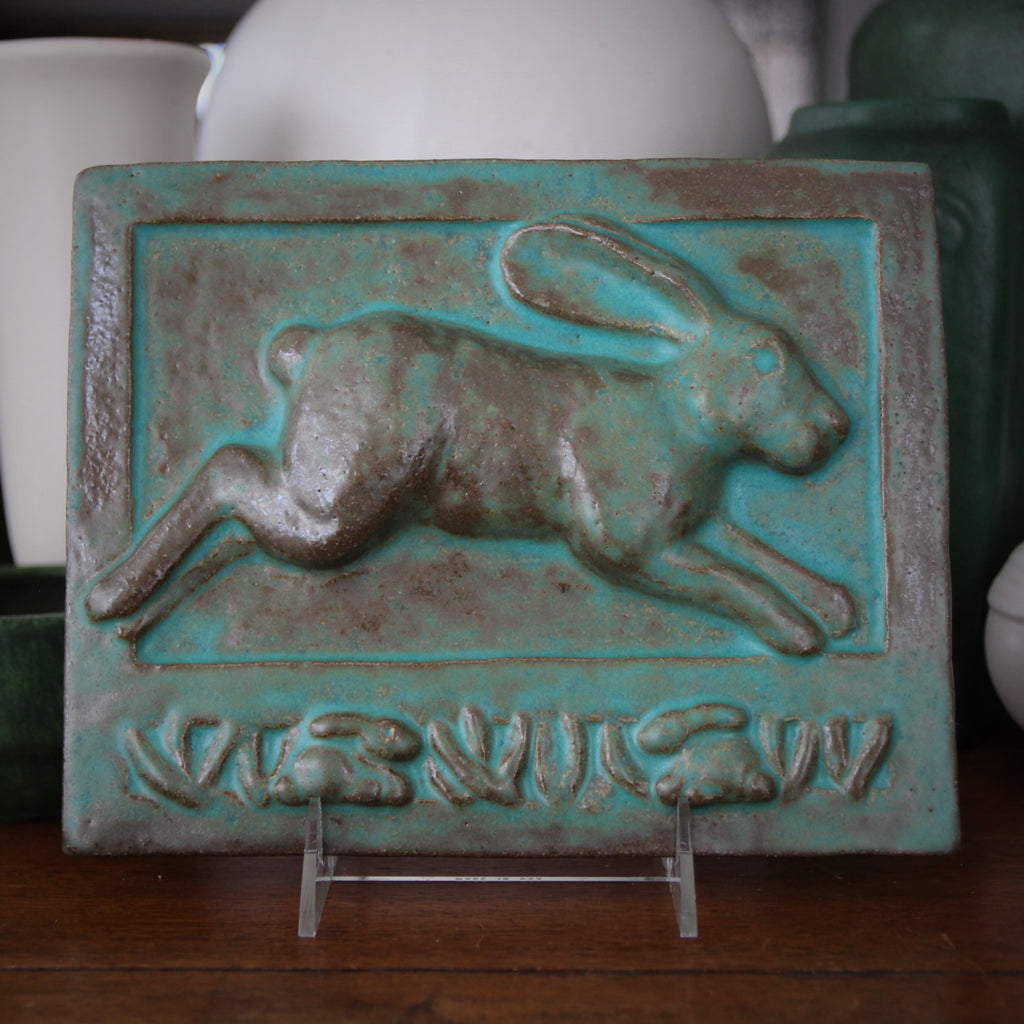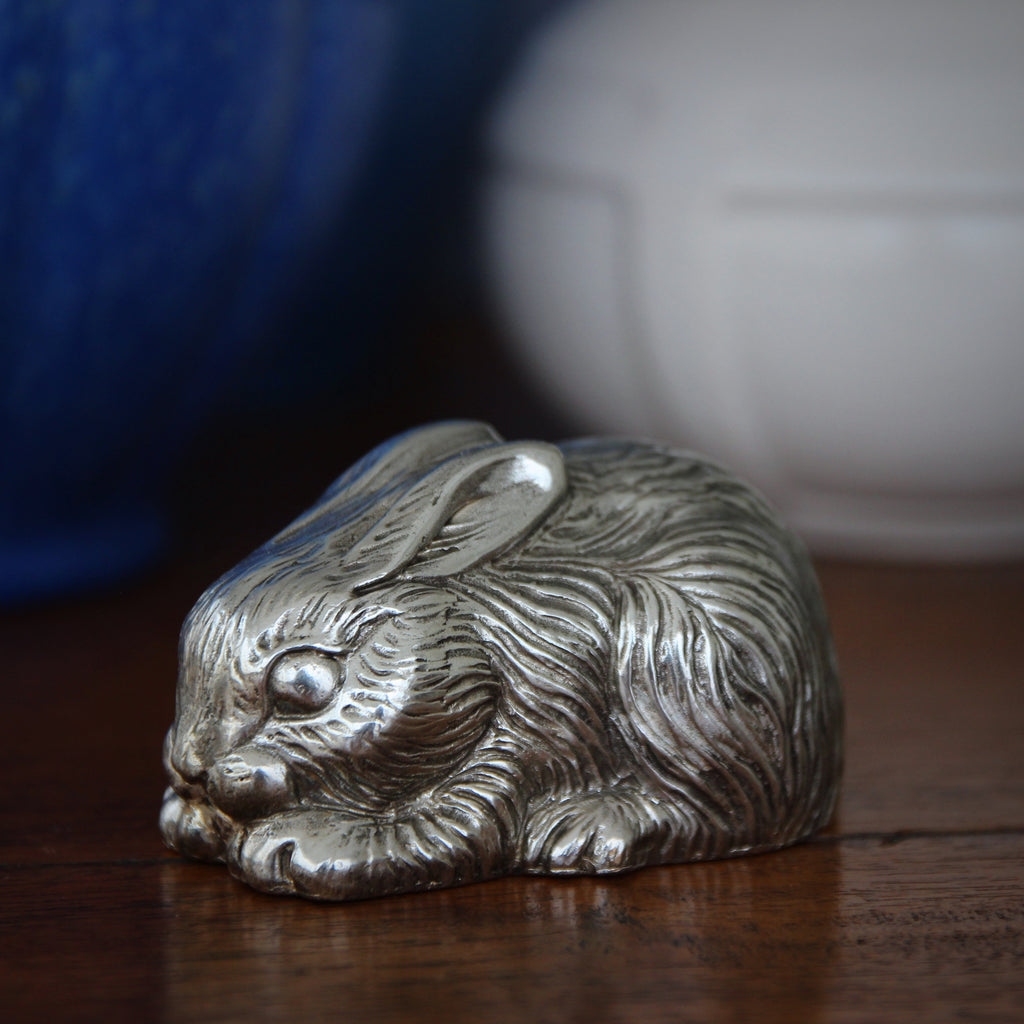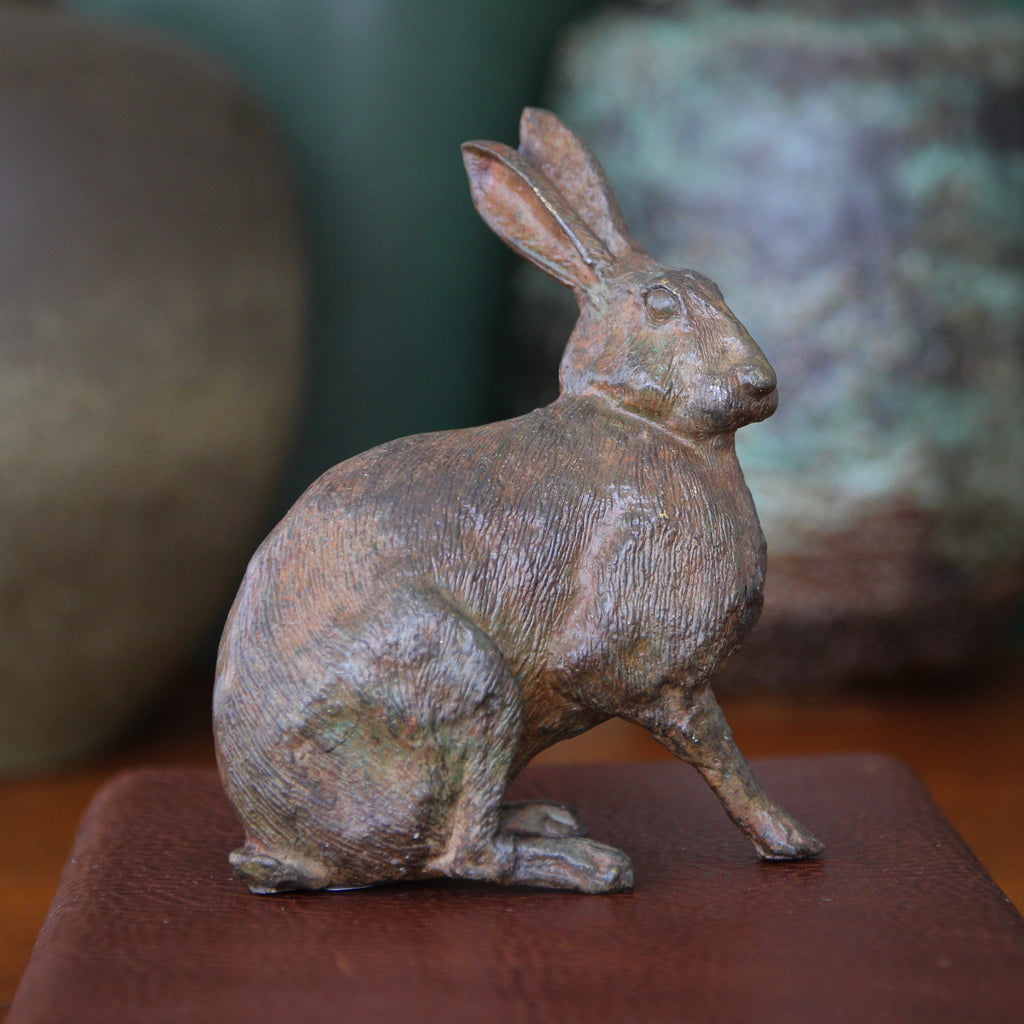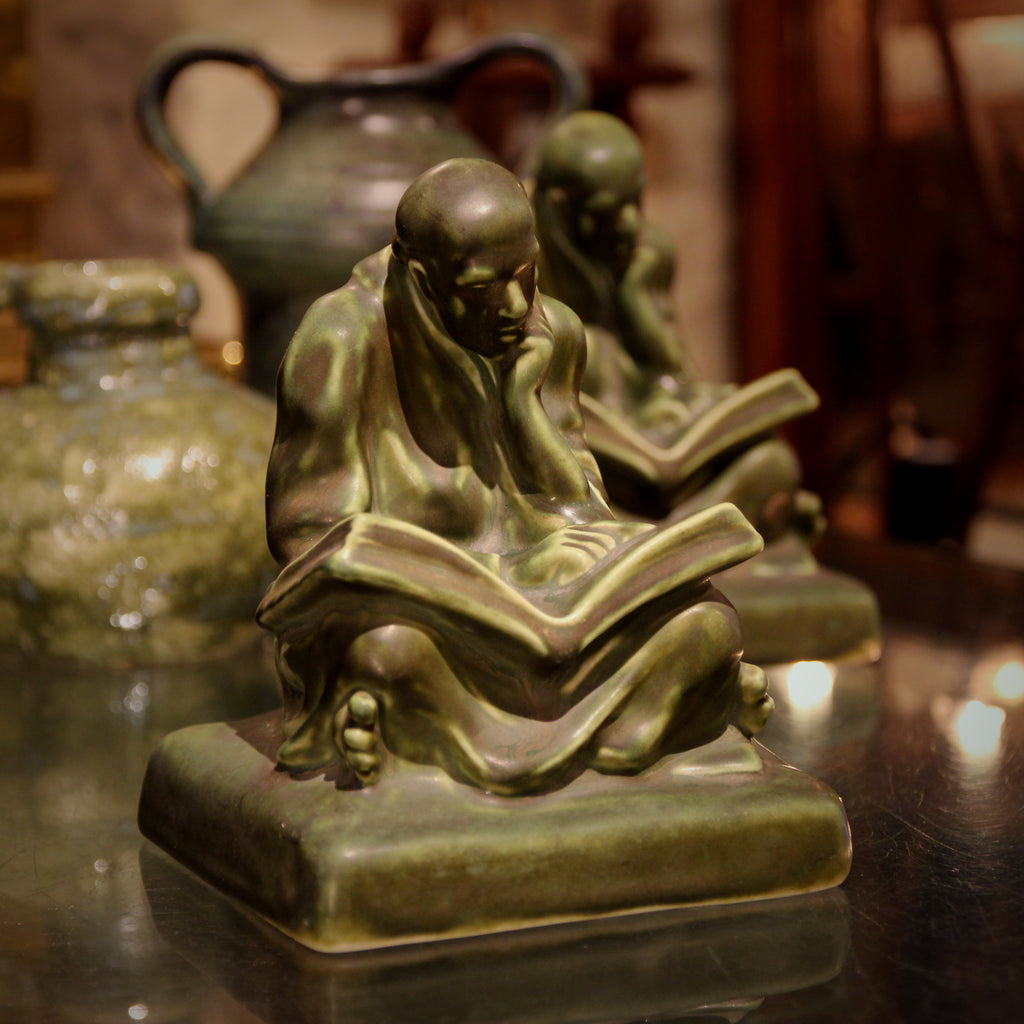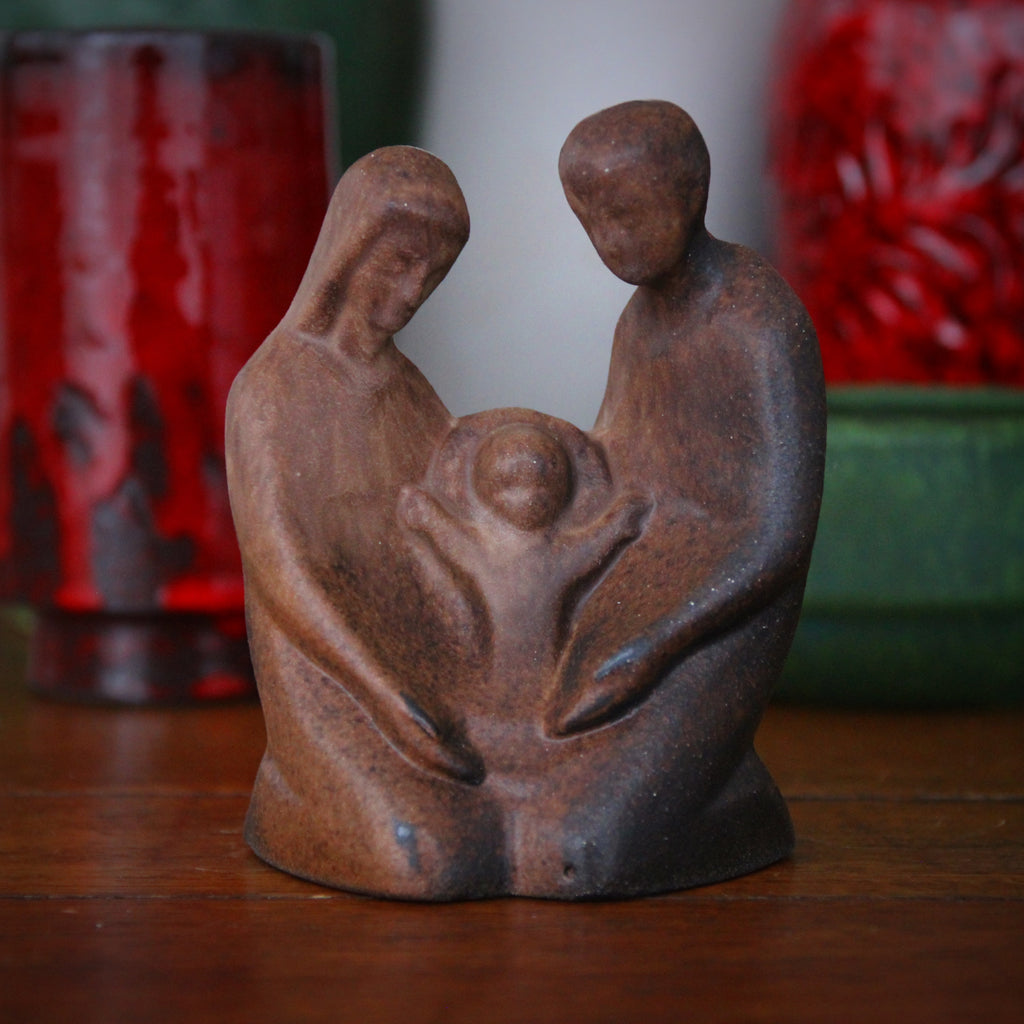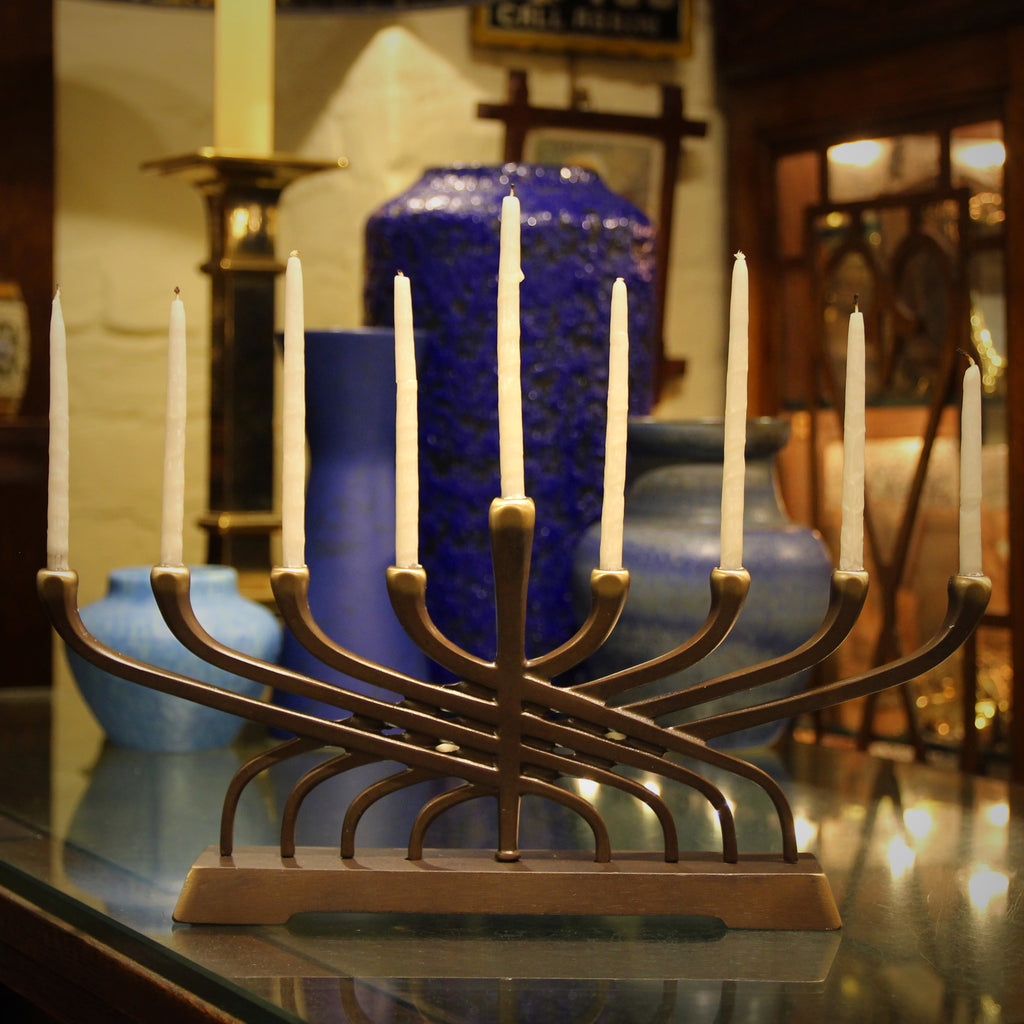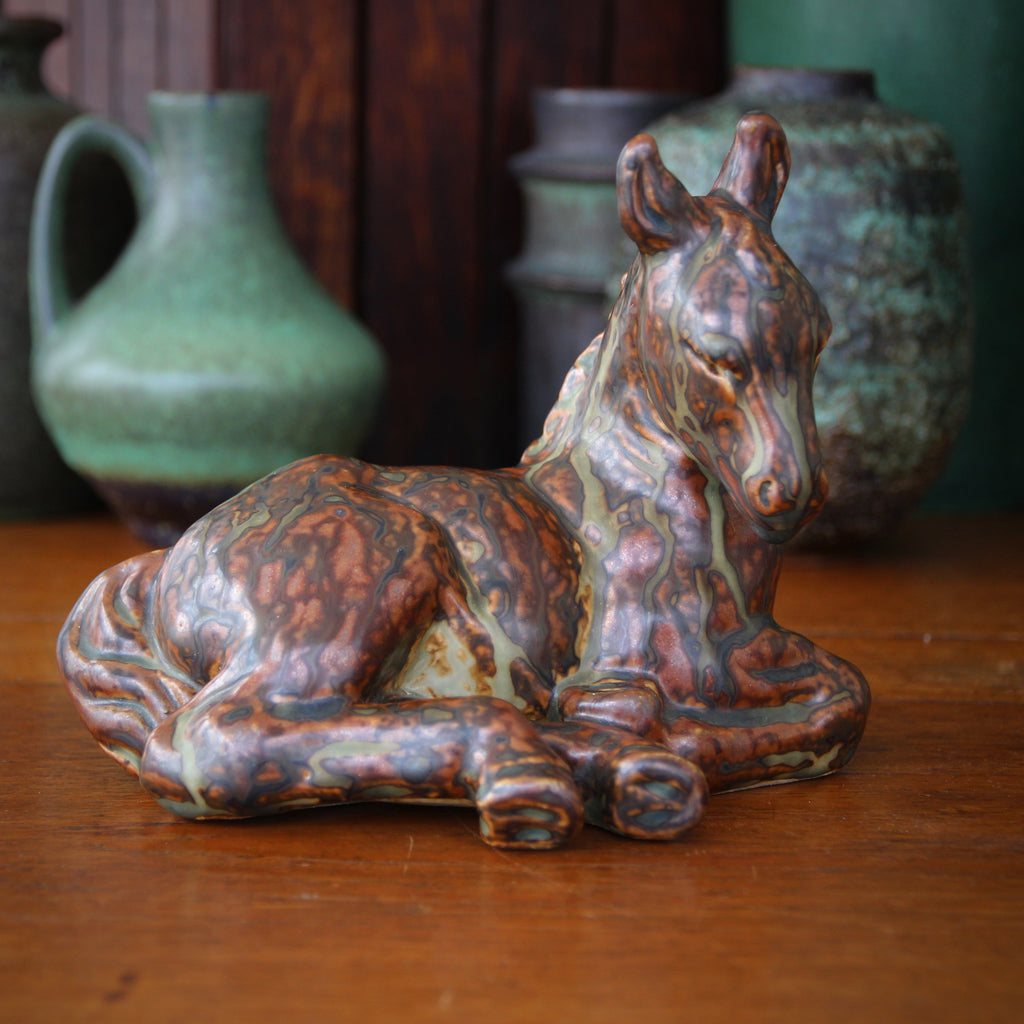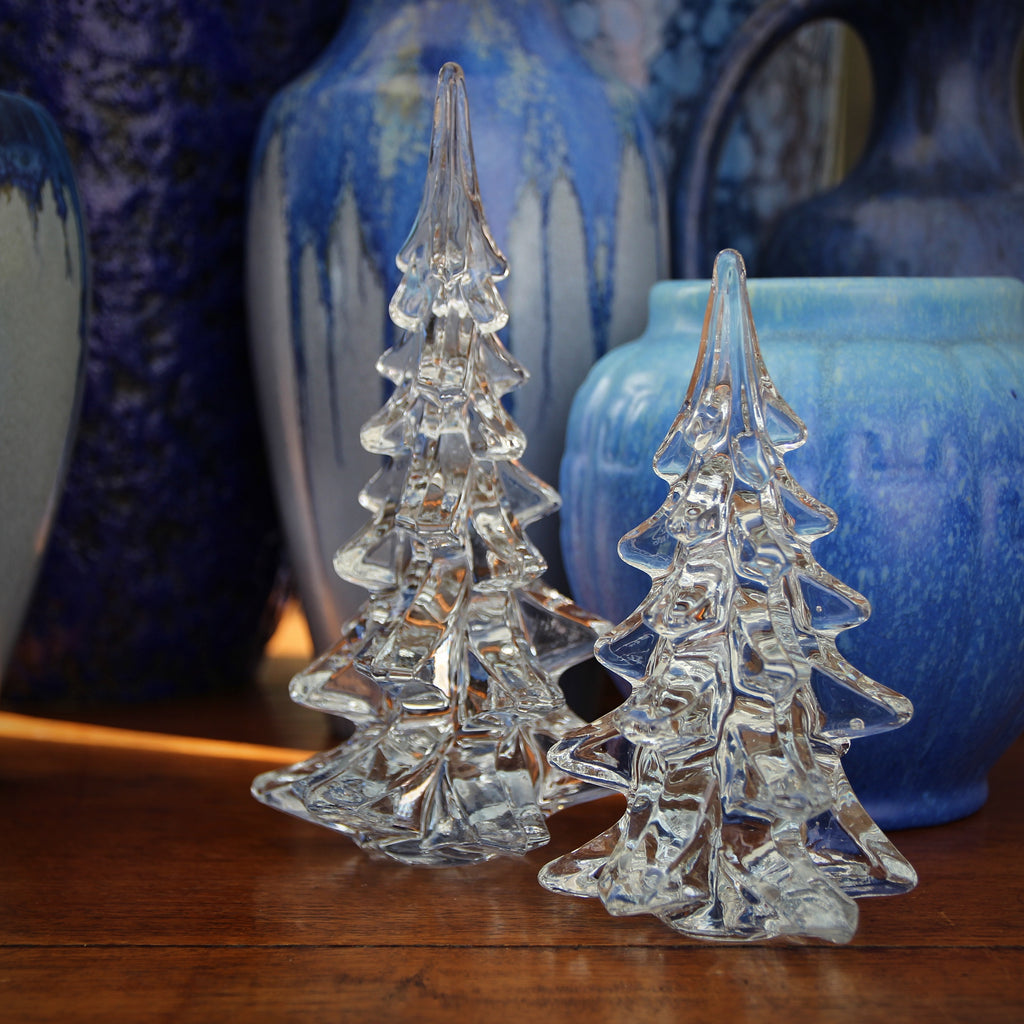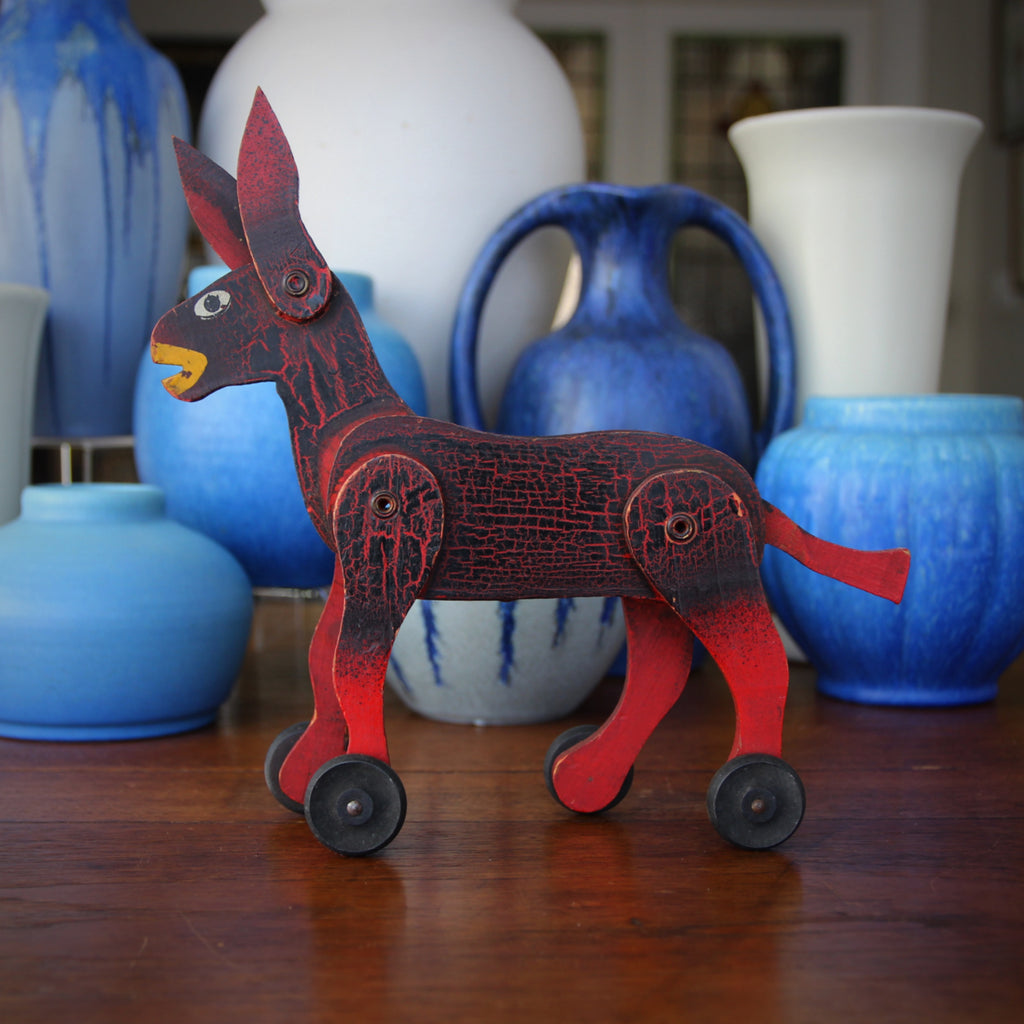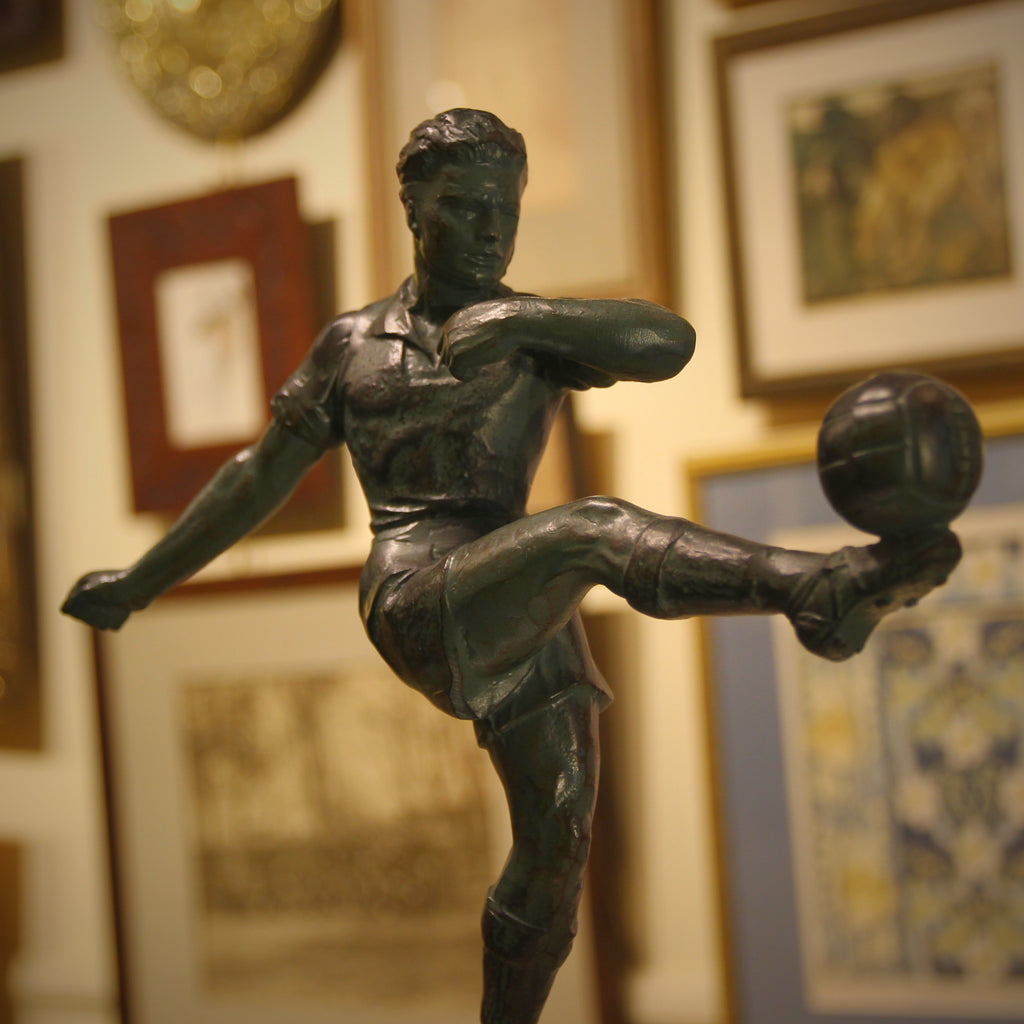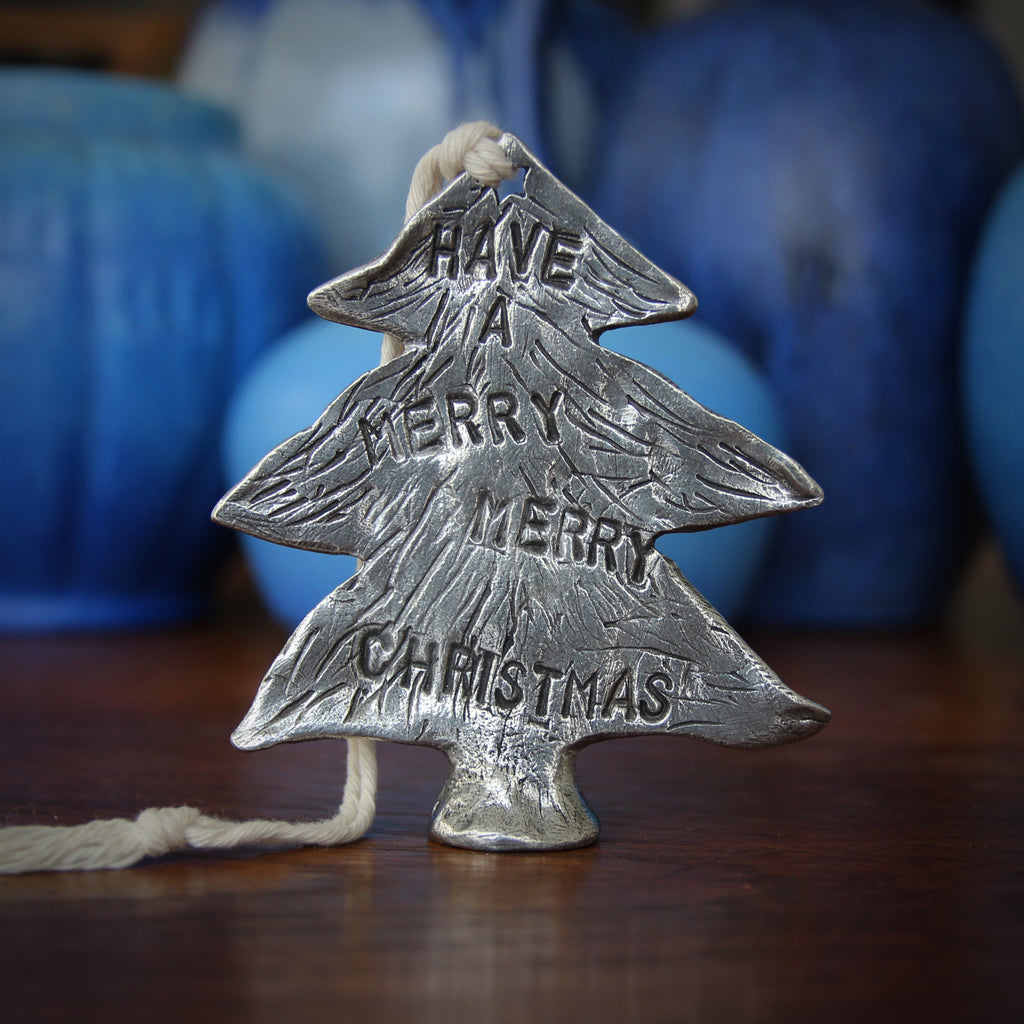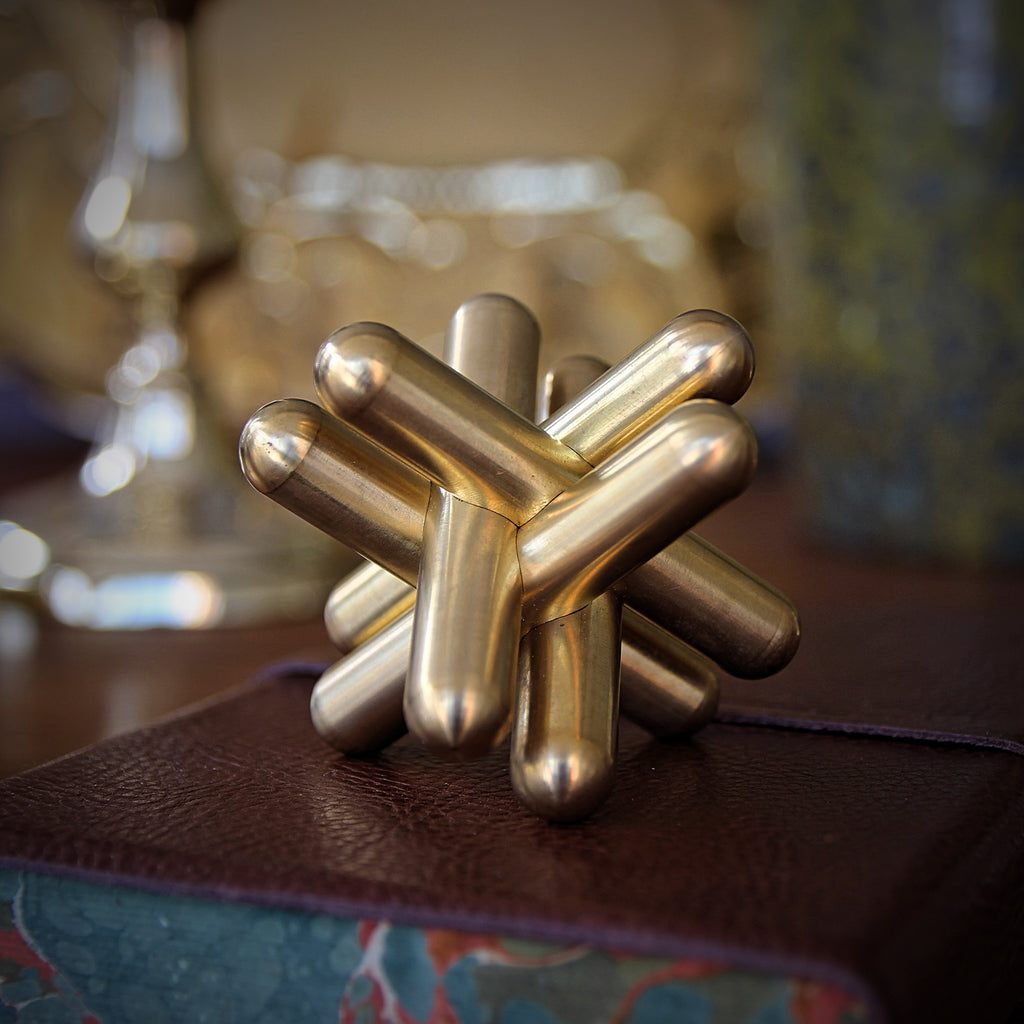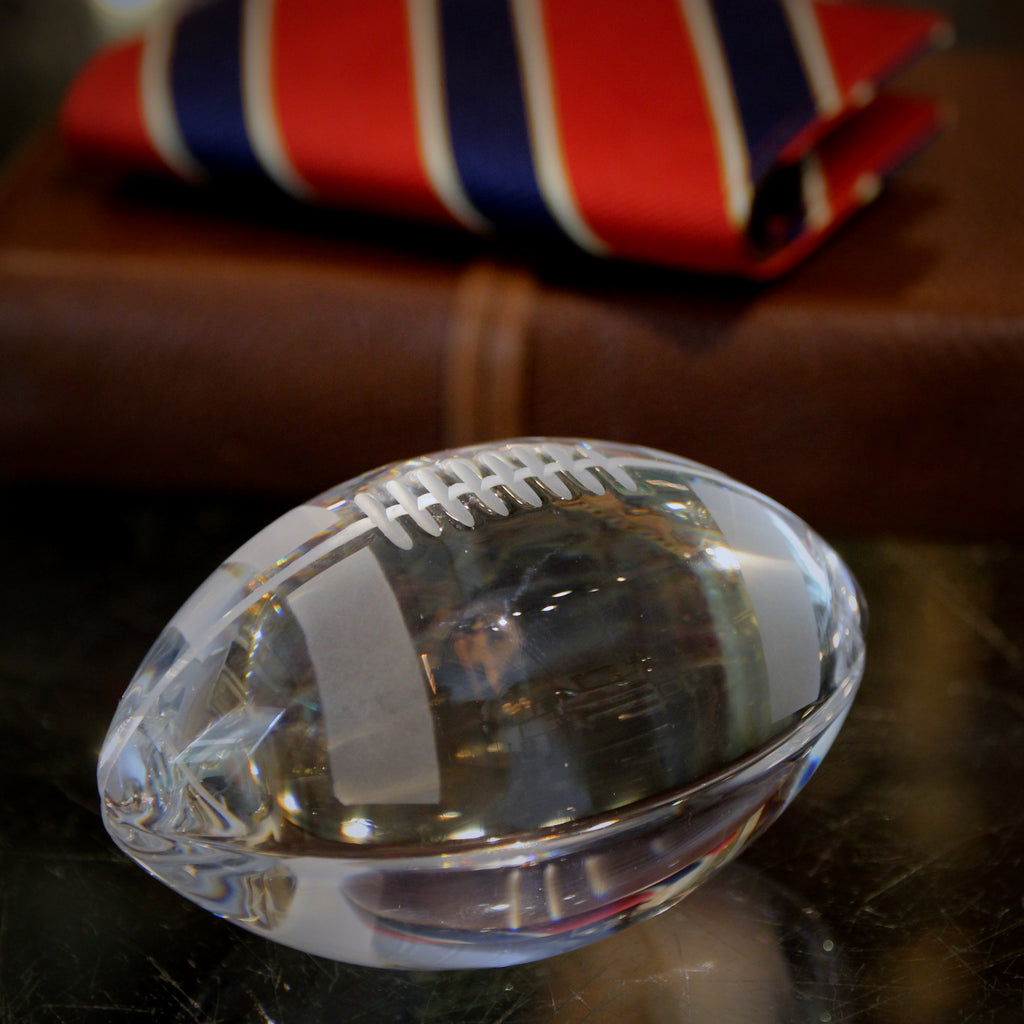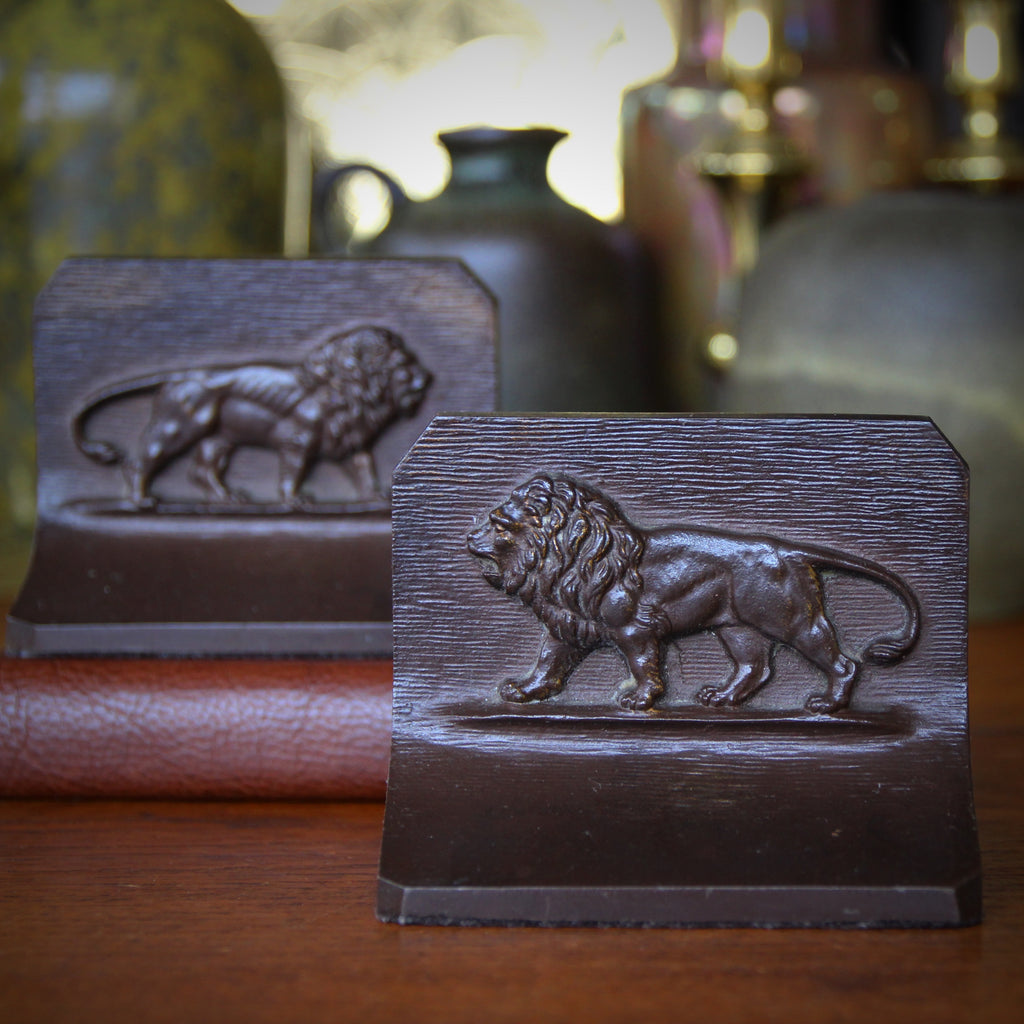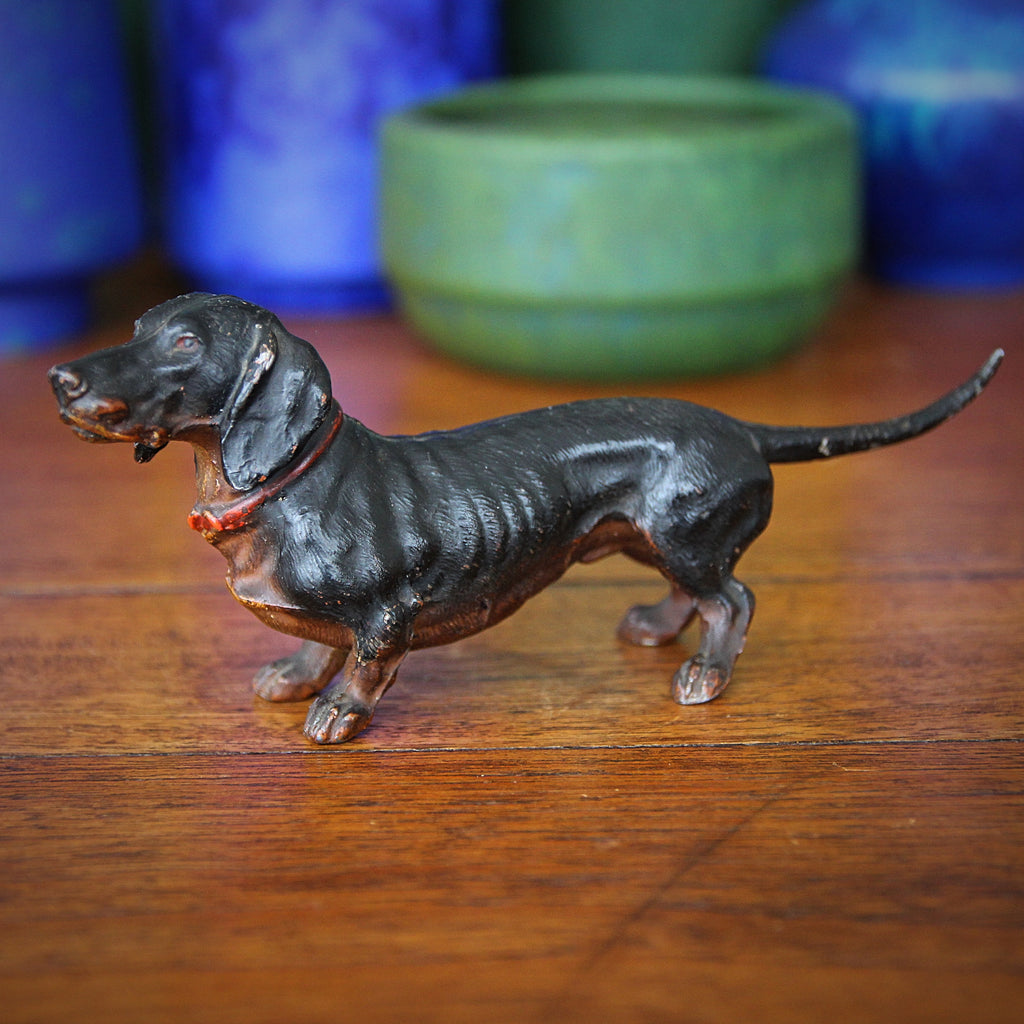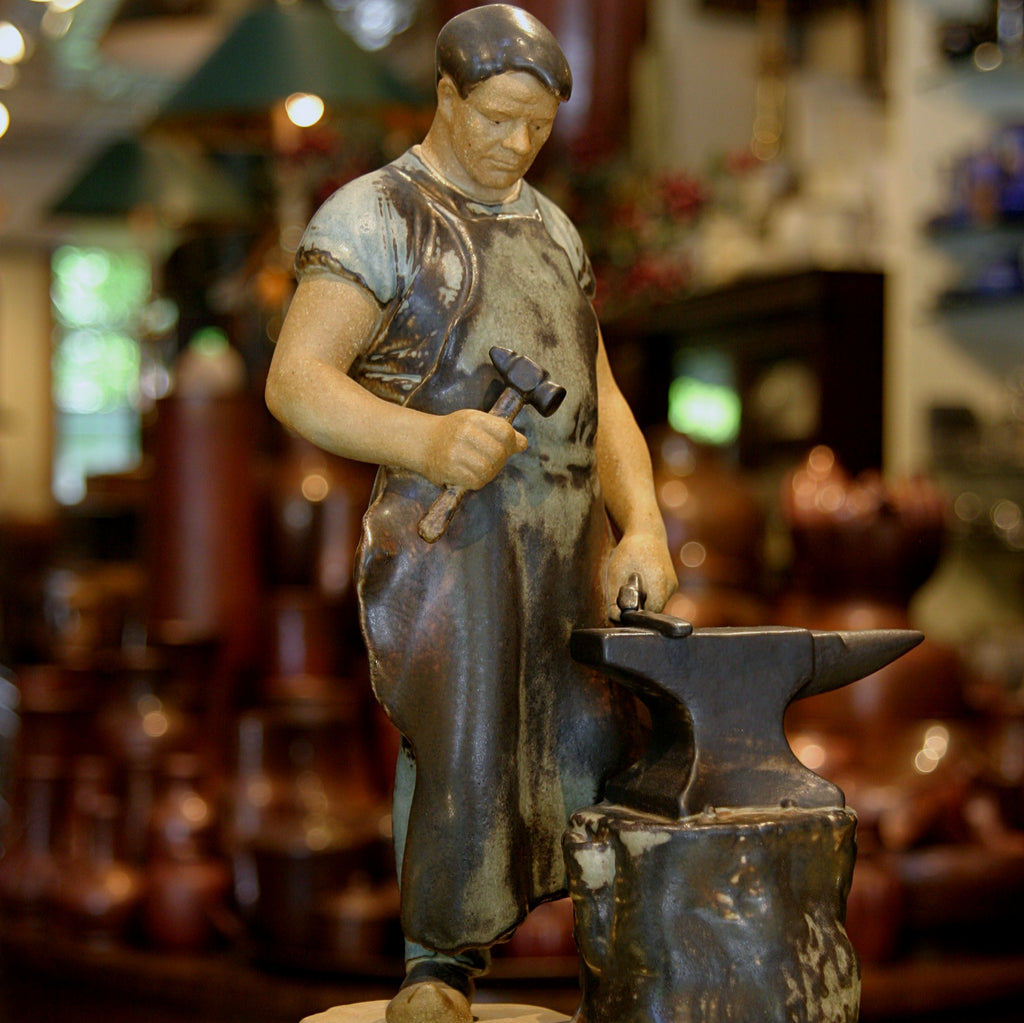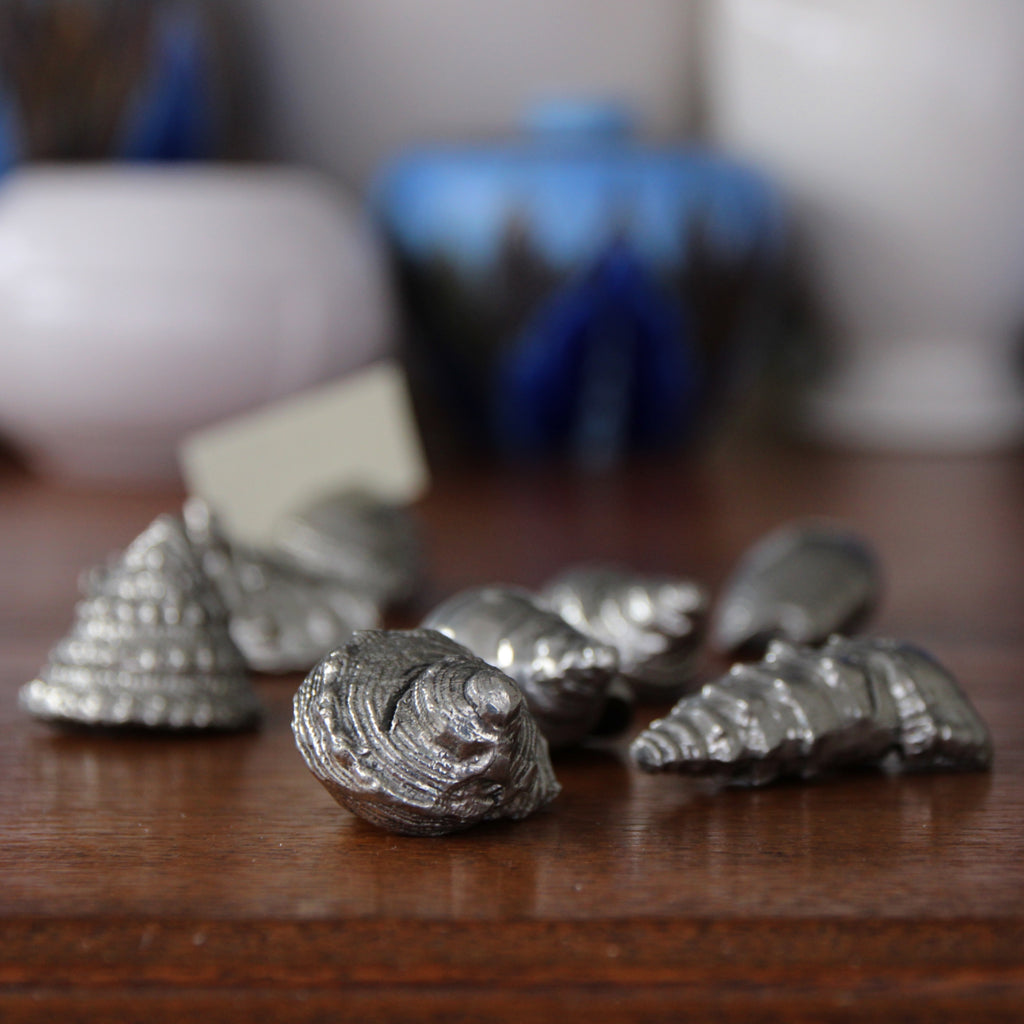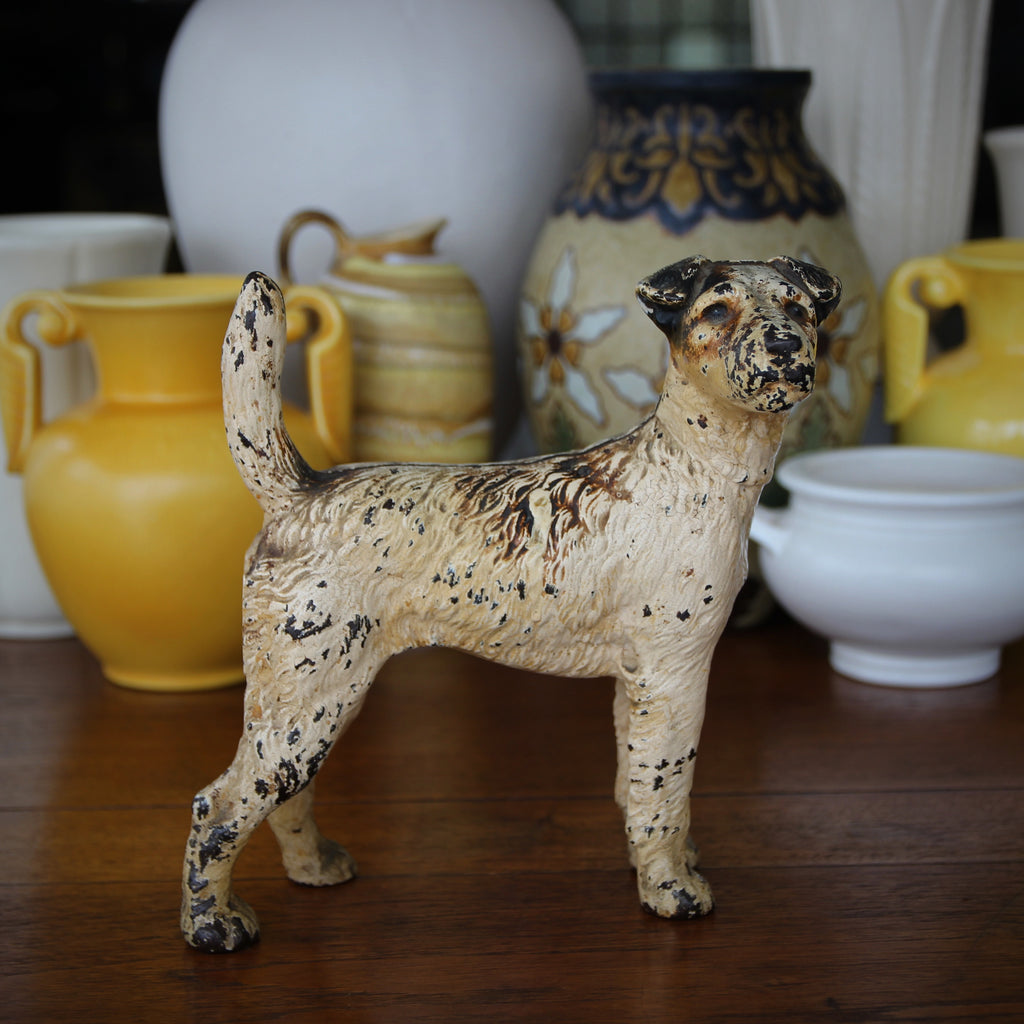JOURNAL — Sculpture RSS
We now find ourselves in "The Dog Days of Summer." This year, the period spans from 3 July through 11 August—the period during which Sirius the star appears on the morning horizon and travels its visible path across the sky.
Sirius is the brightest star in the night sky. Its name comes from the Greek, meaning "glowing" or "scorching." It keeps company with a larger cluster of stars, a constellation, called Canis Major (meaning "The Greater Dog"). For millennia, humans have noticed, studied and tracked this special star—often attributing great power to this celestial fixture.
Back to England - IV
Elias Ashmole (1617-1692) was an English naturalist, politician and "collector of curiosities." Although he had aristocratic ancestors, his family had fallen into "a less exalted position" by the time he was born. Through good marriages (and his support of the monarchy during the English Civil War), he re-established the Ashmolean fortune. After Charles II was restored to the throne, a series of important appointments helped fund his incessant collecting of art and antiquities. He was especially interested in the sciences—which were advancing greatly during the Age of Enlightenment.
Back to England - II
Oxford's architectural grandeur should not distract one from the smaller details—the exquisite handcraft—which adorn this medieval city. The University is comprised of numerous colleges—each secreted behind well-fortified walls. Mystery abounds; what beauty lies behind each protective barrier? Luckily, there are abundant little teases which we, the General Public, are permitted to see. Little gems of sculpture decorate Oxford. Shown above, one of several carved stone lion gargoyles along the Western exterior wall of Saint John's College. The college, founded in 1555, is arranged around seven interior quadrangles. It was all-male until 1979 when the school became co-educational. Because of its lucrative real estate holdings (it owns the land beneath many 19th Century Oxford homes), Saint John's College is the wealthiest...
Eagle Rising
Heraldry is "the system by which coats-of-arms and other armorial bearings (that is, "military symbols") are devised, described and regulated." To some, the study of heraldry may seem like a frivolous pursuit. But the "art and science" of heraldry is deadly serious to those who employ it: monarchies, militaries, religious denominations, aristocratic families, and hierarchical societies. The use and regulation of heraldry is all about propriety and rules. Different institutions—sometimes over centuries—have developed heraldic customs and subtleties that must be complied with, monitored and enforced.
May-ple
Mayo, Maypo, Maypole, Maple. Some days the puns flow more easily. Today's not that day.
Day-in and day-out, regardless of the month, this maple "dish" remains handsome and moderately useful. It is cast of pewter and finished with a brassy wash. The dip in the center makes it perfect for holding a few small objects: paperclips, cufflinks, rings or house keys. It would also "present" a small stack of business cards with "North-of-the-Border" style.
Mother's Day
Happy Mother's Day to the women who birthed and raised us—and to those who nurtured, educated and guided us, whether related to us or not.
Sea Turtles
Hawaiian Green Sea Turtles, called Honu, have always been found living in and around the Hawaiian Islands, where I grew up. When I was a boy, most people thought of them as cute, nothing more. Other people hunted them, mounting their lacquered shells on their walls as trophies. But, since I left the islands for college in the early Eighties, Hawaiian Green Sea Turtles seem to have crawled back, regaining their ancient, iconic status as native, indigenous creatures—as symbols of Hawaii and its people.
Loving a LEO
As a LEO, I am fond of cats reflexively. (I also love dogs and have one, Benji.) Alas, I remain unaware of any non-shedding cat breeds. Therefore, my appreciation for cats remains at a distance, for now. The cast iron cat doorstop, shown above, was made by Hubley (in Lancaster, PA) in the Teens or Twenties. It leaves no scattered fur, it scratches no upholstered furniture, it requires no litter box. It is, though, beautifully sculpted—the artist capturing the arched-back energy of a stretching cat (which appears to be smiling—or, perhaps, scowling).
May Day
In many parts of the world, May First is "May Day"—a day to honor laborers, those people who make their livings with their hands and bodies. Strangely, the notion of celebrating workers strikes some Americans with suspicion. Are these people afraid that workers will take over the government? Form unions? Ask for a raise? I have great respect for workers because they are (usually) craftsmen—people who have learned to build or fix things with their hands. Is a woodcarver's artful creation any more beautiful than the best work of a master cabinet maker? A superb painter? An exacting boiler installer? What about a tailor? A cook? A barber? Technical skills, fastidiousness and good taste serve all the trades (and craftsmen)...
Back to the City - V
Italian Count Ugolino of Pisa was involved in the political struggles which ravaged Medieval Tuscan society. Like Dante Alighieri, the Florentine, Ugolino found himself on the wrong side of the political fight. As a result, in 1289, he was imprisoned in the Muda, a Pisan tower, along with two sons and two grandsons. The tower keys were flung into the Arno and the five family members were cruelly starved to death. Dante (then exiled in Ravenna) featured Ugolino in his Divine Comedy. As the count lays starving in the tower, his sons and grandsons beg their beloved father to eat them—thus preserving his own life. While Dante illustrates the complex anxiety of a man pondering the canabilism of his offspring,...
Back to the City - II
Standing near the Eastern edge of Central Park, just behind the Metropolitan Museum of Art, is the Ancient Egyptian obelisk known as Cleopatra's Needle. It is over 3,000 years old. During a visit to Egypt eleven years ago, our guide in Alexandria left us with this exhortation: "Please ask your government to send-back the obelisk." Actually, there had been a pair of obelisks in Alexandria: one which went to London and its mate which went to New York. In 1819, Muhammad Ali Pasha, the Ottoman Viceroy of Egypt, presented the two monuments as gifts—one to the Brits, the other to the Americans. At that time, one obelisk was still standing; the other had toppled-over (probably during the Crete Earthquake...
In the Beginning
Oh, for the good old days! Wasn't life much simpler then? No worries to bear. No hunting for food. No clothes to wash. Well, we messed it up. And our lives have never been the same. The bookends, shown above, capture Eve luxuriating against a date palm tree—well before The Fall. No apple in sight. And, lest you blame Eve for Adam's fall, please recall, in Genesis, God told Adam that he was not to eat of the forbidden fruit. He never gave Eve such instructions. Nevertheless, when God questioned Adam about eating the fruit, he immediately responded, "The Woman made me eat it!" Such an outburst seems prophetic; for millennia to come, such "blame game" responses have echoed through...
Aluminum Chic
Skyscrapers! Angles! Silvery-shine! This pair of bookends screams "Art Deco!" They were made in the Thirties or Forties by Russel Studios (Chicago), cast of their "Silverlite" alloy—a blend of aluminum and zinc. Aluminum has been used since the 5th Century BC. It was especially important for dying fabrics and paint-making. Although aluminum ore is plentiful, it still was enormously costly, due to the very complicated processes required to make it useable. It was difficult to separate the pure aluminum from its compounds. We are told that when Emperor Napoleon III of France (who reigned from 1852 to 1870) wanted to impress his dinner guests, he'd have the gold flatware removed and replaced with aluminum cutlery. The six pound "cap"...
Michelangelo Buonarroti
When it comes to the arts, I love it all: painting, music, cinema, literature. Fine arts, performing arts, decorative arts. But, of all these disciplines, I think that sculpting will always be my favorite—especially the sculpting of stone. What art-creation could be more difficult, more physically taxing to produce? How does an artist "release" a perfect, delicate work from within the confines of its constricting material? To stand before a magnificent marble sculpture—a cold, dead piece of stone transfigured into a living, breathing human resemblance—is glorious to me. And The Master of All Sculpting is certainly Michelangelo Buonarroti. Michelangelo was a Florentine—born in just the right place at just the right time. Florence, circa 1500, was Ground Zero of...
The Twenties' Modern Woman
The Twentieth Century ushered-in a new conception of "The Modern Woman." Even before World War One—at which time many men were sent-off to war and women filled their work world vacancies—change was already in the air. Women were campaigning for the vote. They were entering the workforce. And they were mixing with men (socially and professionally) in more ways than they had in the Victorian era. The Nineteenth Century stereotype of the demure, frail, house-bound woman was being replaced with images of the active, strong and (even) athletic woman. Charles Dana Gibson's "Gibson Girl" was just such a modern woman.
For the Want of Handcraft
One of the things I dislike about Modernist architecture is its lack of beautiful handcraft—those hand-fashioned details which are the evidence that a human artisan had touched and built it. Masonry. Stone carving. Tile work. Back in the Art Deco Thirties, architects and builders still honored the artistic craftsmanship which gives a building its soul. The builders of Rockefeller Center—constructed during the dark years of the Great Depression—still managed to fund the artwork, the human handicraft, which makes the building special. Inside the building, frescoes by accomplished and famous artists decorate the public spaces: lobbies, hallways and stairwells. Outside, inlaid, painted bas relief panels honor the spirit of industry, commerce, trade work and progress. These exterior Art Deco panels are the aesthetic...
Black & White Chic
While watching The Graduate for the umpteenth time, I was reminded just how popular (and chic) Black & White interiors were in Mid-Century America. When I was a young boy, we had an ultra stylish neighbor down the street. One of the neighborhood kids informed me that she was a divorcée. Her daughter was a classmate and, on rare occasion, I was invited into their house. Her mother had decorated much of the house—including the living room (which we were never allowed to enter)—in Mid-Century Modern Black and White. Somehow, I began to associate Black & White interiors with "fast living" (whatever that meant to an eight year old boy). This notion was confirmed, years later, the first time I saw The...
Sleepy Scholars
A pair of male nudes—young scholars—have fallen asleep, heads resting upon their still-open tomes. They are bronze-clad, in which a sculpted "composite plaster" figure is electroplated in bronze. This "bronze skin" can be finished—patinated, painted or both—as bronze would be. Such bronze-clad items had the appearance of bronze but were much less expensive to produce. Think of them as 1920's "poor men's bronzes," sold in gift shops or museum stores (where one might have just viewed the original work). This handsome pair of Art Nouveau bookends appear to straddle the transition where Art Deco design was just around the corner.
Beware the Satyress!
A Satyr is the Greek mythological "nature spirit"—bestial, feral, sexually insatiable. Called Sátyros by the Greeks, they were semi-divine, often found accompanying Dionysius, the god of wine, music and randy living. Satyrs lived in the wild—in forests or in the mountains—were always male and they were "perpetually tumescent." These tricksters would interact with humans to make mischief or to seduce them. Satyrs have been portrayed in evolving ways: originally as a man with a horse's legs and ears; later more typically human; and, eventually, a man with the legs and ears of a goat. When Greek mythology started to inform and blend with Roman mythology, the satyr seems to have been conflated with Pan (a faun). It was during the Roman...
Time to Leap
A calendar year, on Earth, is 365 days long. However, it takes a little more time than that for the Earth to complete its full revolution around the Sun—365.242374 days, to be precise. (A true "Earth Year" is 365 days, 5 hours, 49 minutes, 1.1 seconds.) This small difference would add-up to 24 days in a century. After 100 years, the calendar would be off by nearly a month. Within 500 years, our Summers would be freezing cold! So, in 46 BC, Julius Caesar instituted a leap day—an extra day added to the calendar every four years—on his new Julian Calendar. This "intercalary date" was still not quite right (the adjustment was too much). So Pope Gregory XIII instituted his Gregorian Calendar (in...
Banned in Boston?
So much for "Banned in Boston." The "General Hooker Entrance," which most people use to enter the Massachusetts Statehouse, is clearly—and proudly—signposted. You can't miss it. Which is why a certain (delicate) state representative has demanded the sign by pulled-down. She's upset by the possible double entendre—and the probable giggles of touring teenaged boys.
Joseph Hooker (1814-1879) was a Union General in the American Civil War. He was born in Western Massachusetts to an English-American family which arrived in the 1600's.
An Uncommon City
Boston is amongst my very favorite of American cities. My father was born in Chinatown, just a stone's throw from Boston Common. My mother was born across the Charles River in Cambridge. They met at Suffolk University in Downtown Boston. For the first 15 years of my life, we travelled from Honolulu to Boston nearly every summer—"It may be our last chance to see Papa"—where, by the age of nine, I had mastered the Boston Subway (The T) in order to visit the Museum of Science multiple times a week. I travelled to Boston this week to see the premiere of my husband's ballet, Raymonda, at the Boston Ballet (he designed the scenery and the costumes). Of course, I cannot visit...
London Calling - V
When I first opened my shop on Bleecker Street in 1995, I carried a line of British men's shaving products made by George F. Trumper. Trumper opened his Mayfair barber shop in 1875. He was a talented perfumer, as well, and he produced a line of men's grooming products which quickly became fashionable with London's wealthy gentlemen. His little shop—still fitted with original Turn-of-the-Twentieth-Century mahogany cabinetry—is on Curzon Street. From the 1680's through the 1760's, Mayfair was the pastoral site of the annual May Fair, held the first two weeks of May (except when the Plague was raging). In time, however, the attractions—and the crowds—began to upset the delicate sensibilities of the gentility prompting the Grosvenor family (the Dukes of Westminster)...
London Calling - I
If I had to pick one London neighborhood to call my own, it would be Bloomsbury—long a center of London's intellectual, scholarly, medical and literary enterprises. I have been staying in this active, human-scaled neighborhood for decades—surrounded by students and faculty from the neighborhood's several colleges, and employees of the numerous bookshops and many creative businesses in the area. The neighborhood was first called "Bloomsbury"—or, rather, "Blemondisberi"—in 1281, named after the French Blemond family who owned the manor here. In time, King Edward III (who reigned from 1327-1377) acquired the property, still largely rural, and gave it to the Carthusian Monks. Later, when Henry VIII was "disbanding the monasteries," this property was seized and given to one of the King's...
Soviet-Cute
In nature, some of the cutest and cuddliest creatures can grow-up to become most fearsome—and dangerous. This Soviet porcelain bear cub might just be one such critter. The sculpture was made in the Sixties or Seventies in the Soviet Union. The symbol of the Russian Bear is an old one—at least from the 1500's. In the West, the symbolism is sometimes interpreted disparagingly: bears can be hulking, awkward and savage. Unpredictable and dangerous. But in Russia (and the Soviet Union before that), the bear has been a symbol of national pride: strength, fortitude, power. The earliest recorded use of the symbol is in Shakespeare's Macbeth (who says to the ghost, "What man dare, I dare. Approach thou like the rugged Russian...
Sailing Towards Christmas
True, Christmas is eleven months away. But it is coming!
This cast iron "Spanish Galleon" doorstop was made by Hubley (Lancaster, PA) in the Twenties or Thirties. It still has much of its original hand-painted color—though that paint is now well-aged (and full of character). Imagine this doorstop holding the door (or decorating the mantelpiece) of your favorite sailor's den or office. And imagine what style it would bring to someone's house at the shore.
Peregrine Power
The Peregrine Falcon has been capturing mankind's imagination for millennia. The Ancient Egyptians depicted their sun god, Ra, as having the body of a man and the head of the peregrine. And, for at least 3,000 years, people have been practicing falconry—the sport of training domesticated falcons to capture prey and return to their master. Peregrine Falcons are superb hunters. They are eager, agile, adaptable and oh-so-fast. Peregrines have been clocked at speeds of 242 mph while in "dive mode"—making them the fastest animal on Earth. First they fly to an altitude over 3,500 feet, after which they rocket downwards toward their prey. They tuck-in their heads, pull-in their wings, and contort their bodies for maximum aerodynamics. Even at these speeds,...
Twenty, Twenty-Four!
Has ever a year been more-anticipated? It's here, folks: 2024! So much to do! Big tasks which (sometimes) seem impossible. But, before we get-down-to-business, we at LEO Design want to wish you good health, much happiness and plentiful contentment in the New Year. The German porcelain sculpture, shown above, captures Baby Hercules, returning home to his cousin, King Eurystheus, after successfully completing his "First Labor." His cousin, the king, ordered Hercules (called Herecles by the Greeks) to slay the Nemean Lion—a fearsome beast whose golden fur was impervious to the weapons of mortals. Not knowing this, Hercules began his attack by shooting the lion with arrows—which simply bounced off the lions hide. So Hercules concocted a new plan: he...
Elephant, March!
When Cyrus the Great founded the First Persian Empire in 550 BC, it was the largest dominion in the world. Such a remarkable empire required cutting-edge defense—in this case, elephants! True, elephants were difficult to train and costly to maintain. But they did provide a competitive edge (at least for a while). When Alexander the Great came to conquer the empire in 334 BC, the elephant troops did cause him a moment of concern. Eventually, however, Alexander figured his way around the elephants and annexed Darius III's enormous realm to his sprawling Macedonian Empire.
Christmas Eve
In one of LEO Design's earliest years—on Bleecker Street—I acquired this pair of Italian polychromed terracotta angels, candle-bearers. Perhaps it was 1996 or 1997. I knew nothing of them, except that I liked them. They weren't old but they were Italian and they were sensational. On that first year, I placed them into the shop window on Christmas Eve. Over the next week, while they were still guarding the window, I got the occasional price enquiry but no serious interest. The next year (and the year after that) the angels made their way into the shop window on Christmas Eve. By now, the placement had become a bit of a ritual: at about 9:30 pm, half and hour before closing...
Seven Months 'til LEO!
I need little encouragement to celebrate—to lionize—LEO. This Turn-of-the-Century cast iron "Ferocious Lion" coin bank will help remind us that LEO starts seven months from today! He is nicely-cast and wears an age-darkened, original patina.
To Market! To Market!
A village woman—perhaps heading to market—enjoys a last minute snuggle with her kitten. This beautifully-carved wooden sculpture is likely from the Blackforest (Germany or Switzerland) or, perhaps, Eastern Europe.
Advent
Today marks the eleventh day of Advent—half-way through this year's 22 day season.
Advent begins on the fourth Sunday before Christmas and ends on Christmas Eve. Its length varies from year-to-year depending upon which day of the week Christmas falls. Advent—which comes from the Latin phrase Adventus Domini ("The Arrival of the Lord")—is meant to be a time of reflection, preparation, and waiting-in-readiness for the Lord (though the social and commercial buzz of modern-day Christmastime provides much distraction to even the most intentional of Christians).
The West German Modernist terracotta Holy Family, shown above, was made in the Sixties or Seventies. Its simple lines—and natural colors—make it suitable for display year 'round, not only at Christmas.
'Tis the Season - VII
I've been to Russia twice—once to Saint Petersburg and once to Moscow—and I had air tickets for a third visit (and a valid tourist visa) in-hand when Ukraine was invaded by Russia in 2022. My plans were dashed, naturally. My husband, Robert Perdziola, a scenic and costume designer, was in the final stretch of opening a ballet, The Pharaoh's Daughter, at the Mariinsky (in Saint Petersburg) at the time of the invasion. Everything had been designed (two years before), constructed (months before) and the opening night was 3 months away. All that was left for him to do was to oversee the load-in, technical rehearsals, and final costume fittings. Last minute adjustments are always a part of any production's lead-up to opening....
'Tis the Season - VI
Happy Hanukkah! The Festival of Lights begins tonight at sundown, lasting for eight consecutive nights. Each night, another candle from the menorah is lighted—using the Shamas ("the helper") candle at the center of the fixture. This Modernist Hanukkah Menorah is made of cast bronze. "Hanukkah Sameach!"
'Tis the Season - V
Like trees on an icy, Winter landscape, these pressed-glass trees will provide a gleam of frosty delight in your home. The pair—one is taller than the other—would look great under your tree, on a windowsill, or atop your mantel. Place them where the light will catch their branches—or will shine through them.
'Tis the Season - IV
These little red owls—suitable for year 'round companionship on your bookcase or window ledge—are handmade in Peru. When I had my store in Greenwich Village, I kept a large wooden bowl of them near the front of the store—piled high with owls. Each little gourd is collected, dried, burned (for dark color), painted and hand-incised (providing highlight detail). Due to the varying shapes and decorating, each individual has his own style and personality. We sell them in trios—a small "parliament" of owls, carefully grouped to provide a bit of variety in each trio. They will provide beautiful color on your tree or will sit happily on your mantelpiece or windowsill.
I Am Not A Turkey . . .
No, I am not a turkey - And, yet, I'm here to say - May your Thanksgiving wishes - Come true upon this day. I may, yes, be a birdie - Found nesting in the grass - But, please, just leave me hidden - Don't serve me under glass. HAPPY THANKSGIVING from LEO Design.
The Sporting Life - II
What makes a good bird dog? First and foremost: obedience and an eagerness to please. A natural desire to retrieve is a must. They need to be athletic, have stamina, and be good in the water. A good nose is important. And a "soft mouth" means that they will inflict minimal damage on the retrieved game.
Traditionally, the best breeds have been "Retrievers" (naturally): Labradors and Golden. Spaniels, Pointers and Vizslas are also good. But, at the end of the day, the best bird dog will be the one who enjoys the activity and is compliant, obedient and willing to perform.
Scramblin' Man
I've always loved this scrambling little tree frog: able, cute, tenacious. He is handsomely sculpted—in deep bas relief—in dark stoneware, then finished with a wash of soft green glaze. A wire on the back makes him easy to hang. It can also be installed within a grouted tile project, if you desire
Tomorrow's the Day
Tomorrow is General Election Day 2023—a precursor to "The Mother of All Elections" one year from now. I'm sure that tonight, many-a-candidate is hoping for a "lucky result" for him- or herself. Perhaps this sterling silver wishbone, shown above, will add a touch of luck? Or you might know someone, on the cusp of greatness, who can use just such a boost of confidence?
Long-Legged Beauty
After unfolding its spindly legs, and taking first steps—tentative and shaky—a newborn foal will soon find its way to its mother's milk. This first drink is rich with colostrum—packed with antibodies which a newborn foal needs to create its own immunity system. Usually, amazingly, by the end of the first day, a newborn foal will be cantering (quite comically) around its mother's paddock—like a rocky hobby horse, as much up-and-down as back-and-forth. Horses are born with its legs at nearly adult length; they will only get a little longer as the horse grows up. It takes a week or two before the foal will begin to nibble at grass or its mother's grain. Domesticated horses may start eating grain in...
Monkey Business - IV
This great ape raises his arms in victory—a Modernist sculpture by the Danish artist Knud Carl Edvard Kyhn (1880-1969). Under the artist's careful supervision, this piece was produced in 1969. The original was sculpted by Kyhn from which a small number were produced each year—enough to satisfy collectors without over-saturating the market. Each piece is date-marked which makes it easy to determine its year of manufacture. This particular sculpture is an appropriate gift for the monkey lover who has just completed a Herculean feat: graduation, publication, business start-up
Monkey Business - III
Here a mother monkey cuddles her little one. Is that a worried expression on her face? Made by Knud Carl Edvard Kyhn (1880-1969) during his many years working with Royal Copenhagen in Denmark. Kyhn was an important figure in the world of Danish Modernist ceramics—especially figural sculptures. He was also a painter and illustrator. This sculpture was produced in 1969.
Monkey Business - II
A pensive monkey contemplates great thoughts. This sculpture was made by Danish artist Knud Carl Edvard Kyhn (1880-1969) during his long association with Royal Copenhagen. It was modeled by the artist and is finished in Kyhn's signature "Sung" glaze.
Monkey Business - I
For thirty years, I have been collecting works by the Danish sculptor Knud Carl Edvard Kyhn. He was born in 1880 and, after completing art school, began his career working for various Danish ceramics manufacturers: Royal Copenhagen, Herman Kahler, Bing & Grondahl. The bulk of his working years was at Royal Copenhagen where he designed (and supervised the production of) a line of stoneware sculptures finished with "Sung" glazes. Most of these were animals though there were the occasional people or mythological creatures. Royal Copenhagen was in the business of producing "collectable artwork" so they carefully produced a limited number of each design every year (enough to satisfy the collector's market without over-saturating the market with too many pieces). For this...
Autumn is Here - part XV
Let's end our procession of Autumnal Offerings with this fat and fluffy bird—apparently well-fed and ready for the Winter! Is that a disgruntled look? Or is he just feeling a bit overstuffed? He is cast in brass, finished with a verdigris bronze patina. Bigger than a golfball—but smaller than a tennis ball—this little bird would make a wonderful paperweight or quiet companion on your desk, windowsill or bookshelf.
Autumn is Here - part XII
With Autumn in full-swing, the bears are making final preparations for their months-long Winter hibernations. In the Fall, bears enter a period of "hyperphagia"—gorging on up to 20,000 calories per day (and gaining three pounds per day). They need to prepare for up to five months of confinement (depending on their climate zone) during which they will not eat, drink or eliminate waste. While they may not technically "sleep" right through their entire hibernation, their respiration and heartbeats will drop significantly, conserving precious energy, energy which they will need to complete the hibernation. Bear breeding season in in the late Spring or Summer. Pregnant bears, however, can "suspend their pregnancies"—that is, forestall their fertilized eggs from implanting into their...
Autumn is Here - part VII
Amongst the delights of urban home ownership is contending with the wildlife—wildlife which one would think should be living somewhere else (perhaps in a forest). Crows select their urban Winter night roosts every October (and you should hope that that tree is not in your yard . . . or over your car). Deer mow-down any tender shoot as it struggles to break-free of the ground. And the squirrels work all day, every day, to get into (and empty) your wild birdseed feeder. Despite these realities, crows, deer and squirrels all make wonderful decorative subjects in one's home. The squirrel on the stoneware ceramic plaque, shown above, is sculpted in perfect bas relief—from the tense hunch of its back to...
Autumn is Here - part VI
As much as I love the film Gosford Park, the notion of shooting pheasants out of the sky is abhorrent to me. Such beauty deserves to live and thrive! Nevertheless, a "shooting party" is a time-worn, aristocratic Anglo-Autumnal pastime.
Lucky for me (and all those beautiful pheasants), this handsome bird is crafted of finely-painted terracotta. It was hand-made in Italy, by Valeria Vestrini, probably in the 1980s. The painting is exceptional. It is numbered 53/500.
Back-to-School - III
Back-to-School cannot be (must not be) all study and drudgery. American Football plays a major role at many schools across the nation. Get into the school spirit with this Japanese crystal football by Sasaki, c. 1960's -1970's. Click on the photo above to learn more about it.
Back-to-School - I
By now the kids (small and big) are back-at-school. These days, "hitting the books" may be an obsolete phrase. But it shouldn't be. All the best people love and collect books, don't they? And, I don't mind adding, the cream of that crop of booklovers also need lots of bookends! Shown above, a pair of Arts & Crafts ceramic bookends made by R. Guy Cowan of Cowan Pottery. They portray a sculpted monk bent over his tome. The piece is glazed in a wonderful, organic dark green. The Cowan workshop was opened in 1912 in Lakewood, Ohio. Initially, most of the production designs were the work of Cowan himself. The studio closed temporarily while Cowan was serving in World...
In Search of the Pharaoh's Daughter - XVII
The ancient city of Jerash is amongst the best-preserved Roman cities outside of Italy. It lies about 30 miles North of Amman, Jordan (previously known by its Greek name, "Philadelphia"). Ancient Greeks called the city "Gerasa." While very old human remains have been found in the area (possibly dating from 7,500 BC), the city really got its start under Alexander the Great—while he was heading home from Egypt in 331 BC. After Greek rule, it was possessed by Jews, Romans, Byzantine Christians, and Muslims. After a massive, destructive earthquake in 749 AD, the city seems to have been abandoned for several centuries until Crusader armies camped here in the Twelfth Century. In time, Ottoman Muslims took the city. The years...
In Search of the Pharaoh's Daughter - XVI
We started our short trek into Petra rather early in the morning—hoping to avoid the heat, dust and crowds. We were only partially successful. It seems that Petra is high on many people's "Bucket Lists." And the mid-day heat is oppressive. Every step on the way into the complex requires the same step taken on the way out. The sandstone mountains and rocky outcrops create a beautiful, otherworldly atmosphere. The anticipation builds as we get closer to Petra. Along the way, we begin to see tombs—both modest and ambitious—like the "Obelisk Tomb" (ambitious) shown above, carved out of the solid rock of the sandstone cliffs, probably in the First Century AD. Bodies of the aristocratic family members would have been...
In Search of the Pharaoh's Daughter - XIII
It's our last day in Egypt and we decided to explore Cairo's Coptic Quarter—a neighborhood populated with some of Egypt's diminishing Christian population. It's a lovely change of atmosphere from the gritty, bustling commotion of modern Cairo. Almost zen-like. Though full of people, the neighborhood seems to have a calm and centered air. The word "Coptic," in its simplest sense, means "Egyptian." "Coptic Christians" simply means "Egyptian Christians." Though, today, the word Coptic (alone) has come to refer to Egyptian Christians. The Coptic Orthodox Church has its own pope and rites and has been separate from the Roman Catholic or Greek Orthodox Churches since 451 AD. Coptics name Saint Mark (who was evangelizing in Alexandria, Egypt) as their founder. It...
In Search of the Pharaoh's Daughter - XII
The Temple of Horus was built in the Ptolemaic (or Hellenistic) Period (332-30 BC) when the Greeks were in-charge. Alexander the Great kicked-out the Persians from Egypt in 332. He crowned himself King, though he was careful to observe all Egyptian customs and artistic requirements when building structures to commemorate his powerful (and deified) reign.
Shown above, a black granite sculpture of Horus the falcon, the Patron God of royalty, strength and protection. Here he wears the pharaonic crown. In Ancient Egypt, gods were king and kings were gods. Horus is one of the most important gods in the Ancient Egyptian pantheon, and this sculpture (as pharaoh) reinforces the belief that kings were gods on Earth.
In Search of the Pharaoh's Daughter - XI
Today we visited Aswan and took a motorboat out to Agilkia Island to visit the Temple of Philae Complex: a temple dedicated to Isis and the unfinished Trajan's Kiosk. In 1902, the Aswan Dam was built. Though it helped Egypt to control and regularize the flow of the Nile (so crucial to agriculture and the feeding of a growing population), the dam also endangered numerous ancient archaeological sites and the Egyptian homeland of the Nubian people. A second dam further upstream, called the Aswan High Dam (conceived in the Fifties), also would have submerged numerous important archaeological sites. When the controversial dam opened in 1970, it displaced many Nubians living in that area. They were forced to relocate; some moved down...
In Search of the Pharaoh's Daughter - IX
Hatshepsut (1507-1458 BC) had real Girl Power. She was the daughter of Pharaoh Thutmose I, married her half-brother, King Thutmosis II, and served as his queen. When the king died, Hatshepsut's stepson, Thutmose III, was crowned Pharaoh at the age of two. Hatshepsut served as Queen Regent to her stepson, ruling in his stead. That, however, didn't suit Hatshepsut's ambition, ability and power. She crowned herself King and began portraying herself with all the male titles, dress and appurtenances that came with the masculine office. Hatshepsut built many important monuments during her reign including the Temple of Karnak and her own impressive mortuary temple, shown above. Hatshepsut insisted in being portrayed as a man (as seen in her sculpture as...
In Search of the Pharaoh's Daughter - VII
We awoke this morning to a pastel view of The Valley of the Kings, across the River Nile, in Luxor, Egypt. We were eager to explore the hot and dusty limestone crevices of this hidden valley—a place where pharaohs, queens and (invited) noblemen have lain buried for thousands of years. These desert mountains are certainly an inhospitable place for nosy on-lookers or ruthless grave robbers. The pharaohs (and their teams who planned their funerals) believed that this desolate place would provide privacy and protection until their royal souls could come back and re-animate their carefully preserved corpses. But people did find their graves—grave robbers, mercenaries and scholars—some as far back as antiquity and some in the Twentieth Century. Though the...
In Search of the Pharaoh's Daughter - VI
Today we sailed to Qena in Upper Egypt. Observe that "Upper Egypt" is to the South (closer to the source of the Nile) while "Lower Egypt" is to the North, closer to the Mediterranean (where the Nile ends). The Nile has provided life-sustaining water and transport to Ancient Egyptians (and Modern Egyptians, too). When one travels "Up the Nile," he is traveling South, towards the river's headwaters. In Qena, we visited the Temple of Dendara, shown above, dedicated to the worship of the Goddess Hathor. It was built circa 54 BC, during the Roman occupation. Carved and painted decoration during this time will often show the Roman (or Greek) conquerer depicted as a Pharaoh, accompanied by the gods and...
In Search of the Pharaoh's Daughter - V
Why shouldn't Egypt be hot? It's 90% desert. And it's August. Nevertheless, the sights are worth every drop of sweat. Today we travelled to Giza, the site of magical, mysterious and iconic sights. Even a person who has never been here before might feel as though s/he knows it . The images already are ingrained in every curious mind. We had been here once before, ten years ago, and are impressed with how the Egyptian government, the Ministry of Antiquities, has improved the visitor areas around the sites since then—all for the improvement of protection, scholarship and public education. But it's still hot and dusty. Occasional breezes will blow fine limestone sand into one's hair, upon one's moist skin and...
In Search of the Pharaoh's Daughter - II
A Phalanx of Pharaohs assemble to greet visitor at the Turn-of-the-Century Egyptian Museum in Cairo. Big ones, little ones, stone ones, wooden ones: they are all impressive, commanding, and meant to display the best attributes of the Pharaoh King. They are also beautiful.
We also see King Menkaure (who reigned in the late 2500's BC) in a "triad" sculpture alongside two goddesses, Hathor and Bat. He wears the conical crown of an Upper Egypt king. The trio is carved in grey-green schist and it was found in Giza in 1908. It was carved between 2530 and 2494 BC.
Last Days of LEO - Part III
Let's mark the last day of LEO with this sensational, impressive piece. It is a beautifully-rendered model of the 1840 "Walking Lion" by French animalier par excellence Antoine-Louis Barye (1795-1875). Barye, who had little formal education, began his artistic career working for his father, a goldsmith and military engraver. He later was apprenticed to Napoleon's master goldsmith. After military service (1812-1814), he found work in a painting studio, followed by work with a sculptor. From 1818 to 1823, Barye studied at the esteemed École des Beaux Arts. His public debut as a sculptor occurred at the Paris Salon of 1831—after which he generated many government, religious and private commissions. When key patrons died, and commissions slowed, Barye began producing limited...
René Jules Lalique
René Jules Lalique was a French jeweler, interior decorator, medal sculptor, and (most famously) the designer and maker of luxurious decorative art glass wares during the Belle Epoque period. He was born in Aÿ, France, in 1860 and moved with his family to Paris at the age of two. As a teen, he took drawing classes at school, supplemented with night courses at the Ecole des arts décoratifs. When Lalique's father died, René became an apprentice jeweler to a Parisian goldsmith. learning the trade of jewelry production. He continued taking art classes at the Ecole des arts décoratifs. At twenty one, René began providing freelance jewelry designs to such luminaries as Cartier and Boucheron. At 26, Lalique founded his own jewelry...
The Dog Days of Summer - Part X
Let's end our parade of Summer "Hot Dogs" with this curious little pup—a cast bronze canine, a symbol of "Puppy Love." For on the bottoms of each of his paws are found the letters L, O, V & E. Give him to a sweetheart. Or keep him for yourself, a reminder of that special someone who once (inexplicably?) haunted your consciousness. This little rascal—impressionistic though he is—radiates playful curiosity and energy.
The Dog Days of Summer - Part IX
We are counting-down the last of the "Dog Days of Summer"—a forty day period scheduled to end on 11 August. To commemorate these waning days of Summer, we'd like to share some of our favorite "canines" from the LEO Design collection. Consider sending one as a gift to your favorite dog lover.
Our little pup, shown above, is as winsome as he is determined. Formed of cast iron, he is painted—mostly black, but finished with a red bow. Click on the photo above to learn more about him.
The Dog Days of Summer - Part V
Before the days of residential air conditioning, windows were left open—and doors required "fixing-open," to prevent them from slamming-shut in a breeze. A wooden wedge-shaped offcut was all one needed to stop a door. But how much fun is that? Metal foundries stepped-in to produce a wide variety of doorstops (and other metal household items), often highly decorative). Hubley Manufacturing was one such company. Founded in Lancaster, Pennsylvania, in 1894 by John Hubley, the company made a range of decorative sand-cast iron doorstops, some of them modeled after different breeds of dogs. The process started by carving an excellent wooden model—complete with details like fur, musculature and facial features. The model was then pressed into a tray of sticky sand,...
The Dog Days of Summer - Part IV
We are counting-down the last of the "Dog Days of Summer"—a forty day period scheduled to end on 11 August. To commemorate these waning days of Summer, we'd like to share some of our favorite "canines" from the LEO Design collection. Consider sending one as a gift to your favorite dog lover.
Speaking of the Dog Days, this "Slouchy Puppy" really hits the mark. His sculptor imbued the form—cast brass finished with a rustic verdigris patina—with a slouchy puppy's energy (or lack thereof). He could be used to hold-up some hardbacks. But he was made to sit on your coffee table, bookshelf or nightstand—relaxed, attentive and always ready to join you on the next adventure.
The Dog Days of Summer - Part II
We are counting-down the last of the "Dog Days of Summer"—a forty day period scheduled to end on 11 August. To commemorate these waning days of Summer, we'd like to share some of our favorite "canines" from the LEO Design collection. Consider sending one as a gift to your favorite dog lover.
"Man's Best Friend" is certainly apt—to anyone who has had and loved a dog. This sculpted bird dog—standing quietly attentive—should remind any sportsman of a favorite hunting companion. He's cast in brass and finished with a rusticated verdigris bronze patina. He'll stand loyally on your desk or bedside table—awaiting the signal to fetch your game.
LEO Is Here!
LEO is here! It's 23 July, the first day of LEO—namesake, of course, of my favorite shop, LEO Design. It is also my X-tieth birthday, one I'd prefer to ignore. (Don't we get a three year "birthday rebate" because of Covid?) Instead, let me turn your attention to the regal lion, majestic embodiment of the LEO sunsign. This winsome feline guards the deposits held at Dollar Bank on Pittsburgh's Fourth Avenue—once known as the city's Wall Street. The bank was founded in 1855 and this handsome (and imposing) flagship location was built in 1871 (with 14,000 tons of Connecticut brownstone). The original pair of lion sculptures were carved by 28-year-old German immigrant, Max Kohler (assisted by a 25-year-old Welshman, Richard...
Summertime!
Although we have been "in-summer" for a full two weeks, it really seems to be kicking-in now, with the temperature spiking and Independence Day behind us. I find myself heading out to my garden early in the day—before it gets too hot. If I can do my weeding and trimming and fertilizing before 10:30 am, I can shower and focus on "work" for the rest of the day. These working dogs—English Birddogs—seem to be enjoying a cooling splash in a steam. They also seem to like getting out of the house and into the countryside. Though I have endured many a hot day in England, on the whole, there is nothing more beautiful than an English Summer. The light, the...
Not All Putti Have Wings
Let's start here: not all putti have wings. Yes, some (like Cupid) are winged. And, yes, Baroque churches and palaces often showed flying putti holding-up the ceiling or other architectural elements. But putti need not be winged. They are usually shown as chubby, naked, male toddlers. Another distinction: putti are not angels. Cherubs got their start in pre-Christian mythology and were thought to be able to influence (or interfere with) human lives—for good or bad. Cupid is one such cherub (known in Greek as Eros). He is the little god of sexual desire and erotic passion, hardly the proper job description of an angel. Angels, on the other hand, are intermediaries (or ambassadors) of God—often sent as a messenger or...
Classic Sidekick
The classic Spanish novel, Don Quixote, is a masterpiece of Western literature. Published in two parts (in 1605 and in 1615), this book by Miguel de Cervantes is considered by some scholars to be the World's first modern novel—and amongst the foundational works in the Western canon. Cervantes has given us a misguided dreamer, an idealistic romantic on a hopeless quest to rekindle chivalry and valor in the world (a "Quixotic" ambition, indeed). And Cervantes has also provided the classic sidekick, Sancho Panza, whose earthy simplicity provides a shockingly clear (and often funny) counterpoint to the hero's whimsy.
"May the Fourth . . . "
It's Star Wars Day. May the Fourth be with you!
Although this "holiday" is only casually observed, it has developed resonance with some—especially space movie geeks and Science Fiction aficionados. It will be followed closely by "Geek Pride Day" on 25 May, the date on which the original Star Wars movie was released in 1977. (I remember going to see Star Wars on opening weekend with my father. What a landmark event that movie release was to become!)
The cast bronze bank, shown above, holds coins and opens with the turn of a screw. A stately star sits near the cockpit. Four stylish fins hold the rocket aloft.
Song Birds
Spring is here—and, with it, comes the increasing presence of avian life: bird song, fluttering and the empty halves of turquoise egg shells, tossed from the nests above. When I first moved to Pittsburgh, six years ago, I was astounded by the din of morning birds—loud and oh, so early. By now, I've grown accustomed to the ruckus, much as I grew used to the clatter of automobile traffic when I lived in New York City.
For a more controlled birdie-reverberation, consider this cast bronze bell. A quiet chickadee perches atop a twig—atop a bell. He'll only tinkle when you tell him to. Handsome, practical, and perfect for the bird lover in your life.
A Salute to Labor
In much of the world, today is Labor Day, a day when nations celebrate and honor their working people. Working people—people who use their bodies to build, transport and repair—are responsible for building nations and keeping them running. A strong, skilled and well-compensated working class makes for a strong and agile nation. Making something with one's hands provides tremendous satisfaction. Making tangible an idea—a vision, a drawing, a plan—brings fulfillment to many a craftsman. And we cannot live in a world of abstract technology. We need shelter, food and the tools which make life easier for us. And these essentials are provided by those who make them with their hands. The Danish Modern stoneware sculpture, shown above, portrays a blacksmith...
Happy Easter!
Happy Easter! And a Blessed Ramadan and Passover, too. This week, all three Abrahamic religions—Judaism, Christianity, Islam—simultaneously celebrate their important annual holy days, a coincidence which only happens approximately once every 30 years. For Christians, Easter commemorates the fundamental belief that Jesus rose from the dead, thus saving the World. Easter marks the end of the 40 day Lenten Journey of prayer, fasting and almsgiving. With Passover, Jews celebrate their covenant with God—and His deliverance from from their slavery in Egypt. Muslims observe a month of fasting, prayer and good works, a regimen of sacrifice, discipline and spiritual cleansing. In all three religions, prayer, fasting and almsgiving (or good works) play a critical role in preparing one to better encounter...
A Prayer for a Great Man
President's Day—which we celebrate today—naturally provokes a tendency to create lists, subjective rankings of the best and worst chief executives of all time. I'm not immune to this tradition. Typically, I restrict my analysis to those presidents in-position during my lifetime (Kennedy to Biden)—unless I am considering Lincoln, usually my all-time favorite. Now, back to my lifetime. I have no doubt which man was the worst president in my lifetime (hugely); both the worst executive and the worst person. I am likewise certain who my favorite president is (born 718 days and 1.7 miles from my birthplace). There is another president who holds a sacred spot in my heart—and I'm praying for him at this moment. While in-office, President Jimmy Carter was dealt an extremely difficult hand. Economics, geopolitics,...
Saint Valentine's Day
Valentinus—today known as "Saint Valentine"— was a Roman priest (and possibly a bishop) in Third Century Rome. He ministered to the persecuted Christian locals which angered the authorities and, eventually, led to his arrest. Valentinus was brought before the emperor, Claudius Gothicas, who came to like the priest. But, when Valentinus pushed too hard to convert the emperor, the monarch provided his own ultimatum: the priest must renounce his Christian faith or he would be clubbed and beheaded. The priest refused to renounce his faith and was martyred on 14 February 269. Before he was killed, however, Valentinus is said to have restored the sight and hearing to his jailer's daughter.
Dante Banished
On this day in 1302, the poet Dante Alighieri—Italy's greatest and one of the World's most important writers ever—was condemned to banishment from his beloved Florence. Dante found himself on the losing side of a fierce Florentine political battle. When his side, "The White Guelphs," lost the struggle, Dante was banished from his home city on pain of death. He moved to Ravenna, about 75 miles away, where he lived-out the rest of his days. And, by the way, it was in Ravenna that he wrote his most important works—works that changed the face of Western literature and influenced our perception of Heaven and Hell. Dante was buried in the the cemetery of the Church of San Pier Maggiore.
Know Jack?
Jackrabbits are a variety of hare which lives in the Southwestern U.S. and Mexico. The fact that they are hares—not rabbits—is an important distinction.
Rabbits are more socially gregarious than hares, and their naked babies are born in underground burrows, called "warrens." Rabbits have been successfully domesticated, both in farming and as pets. Hares, on the other hand, tend to live more independently (sometimes in pairs). Babies, called "leverets," are born fully-furred, in above-ground nests, and they are mobile (and can defend themselves) almost immediately after birth. Their mother does not stick-around much beyond initial nursing. And hares have not been known to be well-adapted to intimate life with humans.
Hop To It!
This "Rabbit of the Year" is scampering to center stage, ready to fulfill his starring role: "I'm late! I'm late!" This stoneware bas relief plaque, made in California, is finished with an aqueous aqua-green glaze. Fitted with a hang wire, the tile is ready to hang in just-the-right spot. He'll be a reminder to all—and especially to those born under the Rabbit—to scurry now, relax later. Good advice, indeed. Click on the photo above to learn more about this handsome sculpted decoration. Though our Greenwich Village store is now permanently closed, LEO Design is still alive and well! Please visit our on-line store where we continue to sell Handsome Gifts (www.LEOdesignNYC.com). We also can be found in Canonsburg, Pennsylvania at The Antique Center...
Another Bunny
The Lunar New Year festivities last for two weeks (and, of course, The Year of the Rabbit lasts all year). So let's share a few more rabbits over the next few days. This adorable bunny—a silver-plated wind-up music box—is haunched in concentration, licking his paws or planning what to do next. He plays "Rock-a-Bye, Baby." While the music box is meant as a gift for an infant, it's been even more popular as an interesting desk item for grownups (perhaps, especially, those born under The Year of the Rabbit). Click on the photo above to learn more about him. Though our Greenwich Village store is now permanently closed, LEO Design is still alive and well! Please visit our...
The Year of the Rabbit
The New Moon "emerged" on Saturday at 3:55 pm (Eastern Time)--ushering-in the Lunar New Year and The Year of the Rabbit. A "New Moon" is the opposite of a Full Moon—that is, the time when no illuminated disk is visible (to the naked eye) from Earth. In fact, during a New Moon, the Moon is positioned precisely between the Sun and the Earth. When the Sun and the Earth are on opposite sides of the Moon, we on Earth cannot see the illuminated side of the Moon (which is facing the Sun). It takes 29.5 days for the Moon to circle (orbit) the Earth, during which time the Moon completes its cycle of "phases": from New Moon (invisible) to...
The Queen is Dead
Victoria Regina died on this day in 1901—after a 63 year (and 216 day) reign as Queen of England. Hers remained the longest reign in British history until Queen Elizabeth II, who died last year, surpassed her (at 70 years, 214 days). The death of Victoria ushered in the reign of her oldest son, Edward VII, and the modernizing Edwardian Era.
The world changed so much during the Victorian Era: the Industrial Revolution, the expansion of modern empires (and the accumulation of power and wealth which came with it), advances in science and medicine, and the growth of travel by increasing numbers of people.
Hit Those Books!
I've been taking classes at Carnegie Mellon University through the Osher Lifelong Learning Program. Bernard Osher, a San Francisco businessman, left an endowment to create continuing education departments at various universities across the country. The Osher Program is now represented at 125 American Universities (spanning the country)—and provides quality, affordable continuing education (and intellectual and social engagement) for people over the age of 50. The new semester began a couple of weeks ago and I'm already behind on my reading! I'm taking a class on Shakespeare in which we are reading, studying and discussing Henry V (amongst other plays). While most of the courses I've taken at Osher do not require much (if any) reading, one cannot really study Shakespeare with...
Countdown to Christmas - XI
Germany was the birthplace of Modernist church design (both Catholic and Protestant) in the Twentieth Century. In the Twenties, through the end of the Weimar Republic (1918-1933), Germany took-the-lead in building new religious spaces with a radical, Modernist look. Before World War One, the Church looked-backward for its design inspiration. By emulating older schools of design—principally the Romanesque and the Gothic—the Church believed it was reinforcing the continuity between the modern Church and all that had come before. But, for a few years, German church designers moved in the new, Modernist direction—until the Nazis (who abhorred any Modernist expression) came to power. With very few exceptions, the Germans were quite alone in this early modernization. Modernism would not become popular in churches...
Countdown to Christmas - VI
It is not only one week 'til Christmas. It is also the first night of Hanukkah! Hanukkah—the eight night "Festival of Lights"—celebrates the rededication of the Second Temple by God's People of Israel. The Books of Maccabees relates a story that only one night's worth of lamp oil could be found—and yet—the lamp burned for eight nights. Hanukkah menorah have eight candles, one for each night of the celebration, plus the "shammash" or "attendant" candle which is placed higher (or lower) than the other eight. This shammash candle is used to light the other eight candles—one each night. The Modernist bronze menorah, shown above, is ready for the Holiday Season. Click on the photo above to learn more about it....
Countdown to Christmas - IV
When I was a kid, I was a member of the 4-H "Horsemanship Project" on Kauai. I had a horse, "Chiquita," who required daily care. I hadn't even heard of "stabling"—and my family would certainly not have paid for it. Instead, every day after school, I'd head for the pasture, feed and groom Chiquita, and fill her bathtub "trough" with the gallons of water which we had to transport with us (no running water at our remote pasture). Most days I would ride; some days I'd have a riding lesson. And, if there was not enough grass for her in the pasture, I would go out with my sickle and cut for her a small truckload of long (itchy!) "elephant" grass....
Countdown to Christmas - III
A pair of pressed glass pine trees will glisten from your dining table, windowsill or mantelpiece. Put them out for the Holidays, for the Winter Season, or just leave them out all year long
This, Too, Shall Pass
God willing—by tonight—the 2022 Senate Election will have been concluded. The Great State of Georgia holds its Senate run-off election today. I'm hoping for a decisive win by a wide margin. Please, no more "eleven thousand . . . seven hundred . . . eighty" vote differentials. With this election wrapped-up, the Senate can get back to work. And we can all look-forward to 2024 (or whichever year that campaign kicks-off).
The wooden donkey toy, shown above, has articulated joints, wheels-for-feet, and its original curdled black paint. I'm not sure if his expression is a smirk or a grimace. But I do know that your favorite Democrat will display him with pride.
Face-Off
The world, today, finds itself in a very tentative place. Amongst the big worries is the hair-trigger relationship between the United States and Iran, specifically Tehran's potential nuclear capability. Meanwhile, the streets of Iran are packed with young people demonstrating their dissatisfaction with their country's strict religious authoritarianism. Naturally, I feel supportive of Iranian youth struggling for freedom, human rights and modernity. Alas, many are paying a horrific price for their activism. It goes without saying, therefore, that today's big football match—the US vs. Iran—bears more weight than your typical Tuesday afternoon sporting match. In their first match at this World Cup (vs. England) the Iranian team remained silent while their national anthem played. They refrained from singing the lyrics. This act...
A Silvery Shiver
This winsome Christmas tree ornament—sculpted and cast in pewter—will add a cool and wint'ry folk art touch to your Holiday decorating. It was hand-made in California and also could be used as a stylish (and seasonally appropriate) candlesnuffer.
Back-to-School - Part IX
All work and no play makes any scholar a dull student (or so the saying goes, approximately). So take a break, a moment to relax and re-focus with this heavy brass puzzle, made in Brooklyn. Solid brass rods are finely machine-turned—engineered with exacting precision—which assemble into the three dimensional cruciform sculpture, shown above. Weighty enough to be functional as a paperweight; handsome enough to be a decorative conversation piece on the desk.
Back-to-School - Part III
For better or worse, some Americans cannot (or will not) separate their favorite academic institutions from the institution of American Football. The Autumn—with its sweaters, crisp temperatures, and crackling leaves—means Back-to-School and the start of Football season. Tailgates, marching bands, gambling brackets. Some schools (and student bodies) are better known for their American Football prowess than they are for their academic achievements. Personally, I'd prefer a world where educators prioritized educating—and sports games were just a casual, weekend distraction. But such is a minority view amongst the concepts of conferences, school budgets and broadcast rights. Shown above, a Japanese crystal American Football sculpture, made by Sasaki. It could be used as a paperweight on the desk or an interesting conversation piece in...
21 Years Ago Today
I opened my first shop, at 413 Bleecker Street, in 1995. Within three years I had expanded to a second space, LEO Design Studio at 28 Jane Street. This allowed me much needed space to buy and sell more furniture and other big pieces (including the occasional container from London). It also provided storage and workspace for us to clean and prepare merchandise for sale in the original (and much smaller) shop. But, with two monthly rental payments, more employees, and duplicate insurance, telephone & utility bills, my "monthly nut" became much harder to crack. One of my customers, a woman who lived just around the corner, happened to be an astrologist. She and I would talk about the name...
The Badger Warrior
Dachshunds are consistently amongst the most popular of dog breeds with pet owners. They are lively, devoted and fiercely protective of their masters. The origins of the breed, however, are somewhat clouded in mystery. We know that they were developed in Germany as "scent hounds"—to hunt badgers and other burrowing mammals (say rabbits or foxes). The early German name, Dachs Krieger, means "badger warrior" and is found in-print from the 1700's. The American Kennel Club contends that the breed was established in the 1500's. The long body (and snout) allows the animal to crawl down into holes, in pursuit of prey. Loose skin prevents the dachshund's skin from tearing if caught on the walls of a burrow. Long, drooping ears keep dirt...
Labor Day
Today we honor the men and women who have built our Nation—with the strain of their backs and the skill of their hands. Happy Labor Day.
Still at the Beach
Yesterday was such a nice day on the water, that I couldn't help but spend one more day at the beach. Take a look at these handsome (and practical) Italian pewter seashells: stylish and sophisticated place card holders. And if beach-inspired place settings don't interest you (can't imagine why not), they are also perfect for holding a note card on the desk, a photo at the bedside, or a descriptive card at a gallery, in a showcase or on a buffet table. Each of the eight cardholders is a different shell, some a little larger than others.
The Dog Days of Summer - Part 6
We have spent the last few days of August celebrating the "Dog Days of Summer." We end our "Parade of Dogs" with this handsome cast iron doorstop, made in the Teens or Twenties, by Hubley (founded in 1894 in Lancaster, Pennsylvania). There was a time, in the late 19th Century or early 20th Century, when the benefits of "the new industrial production" overlapped with an old-time insistence upon good taste and high quality. "In the old days," useful objects had to be produced by hand, one-by-one. Skilled artisans made wrought iron gates, mantelpieces, manhole covers. These items, before the Industrial Revolution, could only be purchased as bespoke, hand-crafted objects. Production was slow and, usually, expensive. Then came modernization—in the second half of the 19th...




